
Flusterstorm | Illustration by Erica Yang
I’ve heard rumors that English is one of the hardest languages to learn for non-native speakers. I can’t really confirm nor deny that claim, but Iconic Masters seems to back it up. What comes to mind when you think of iconic Magic: The Gathering cards? Sphinxes and hydras? No? As it turns out, the word “iconic” means something internally specific to the developers of the game, and it’s not what most players expect.
Now, Iconic Masters isn’t a bad set by any means; it was just poorly marketed. This Masters set seemed to promise some of Magic’s most, you know, iconic cards in an all-reprint set, but that “promise” was only half-delivered. Or perhaps never actually promised in the first place.
Let’s break it all down!
Iconic Masters Basic Information
Set Details
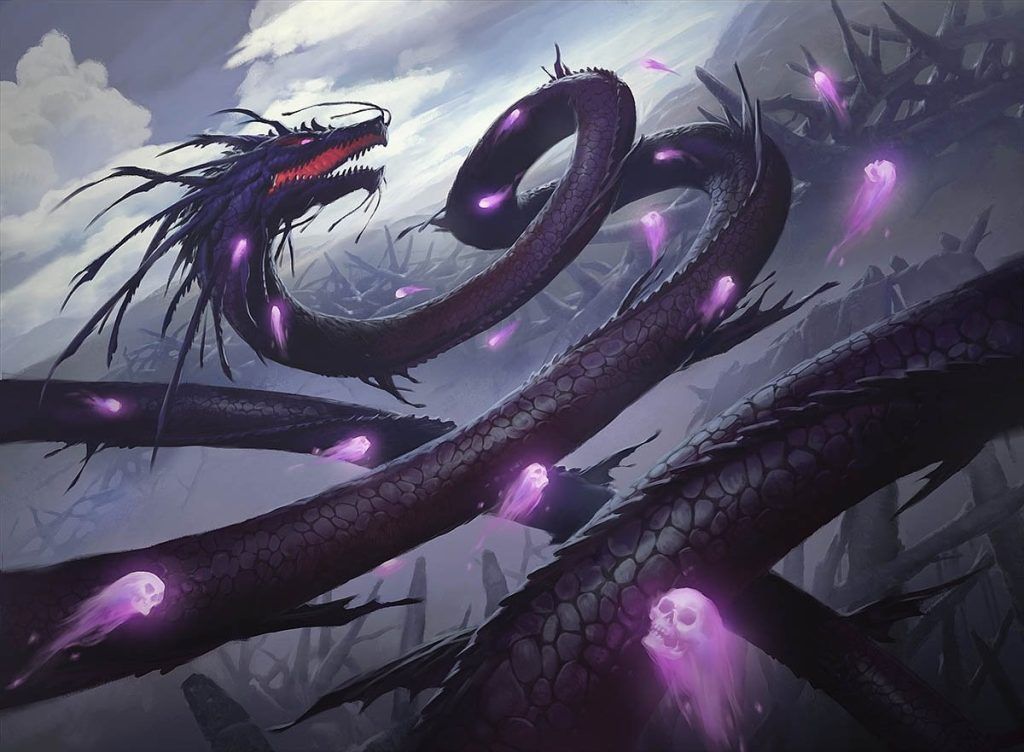
Kokusho, the Evening Star | Illustration by Slawomir Maniak
| Set Symbol | |
| Set Code | IMA |
| Hashtag | N/A |
| Number of Cards | 249 cards |
| Rarities | 101 commons, 80 uncommons, 53 rares, 15 mythics |
| Mechanics | Various mechanics pulled from all of Magic |
Important Dates
| Event | Date |
|---|---|
| Release Date | November 17, 2017 |
| Available on Draftsim's Draft Simulator | Yes |
| Available on Arena Tutor | No |
About the Set: The Story
As an all-reprint set, Iconic Masters (IMA) has no lore behind it. However, the story of the set’s design is worth expanding upon to understand its marketing woes. In order to do so, we need to have a short vocabulary lesson.
In Magic: The Gathering, each color has a “characteristic” creature type, and an “iconic” creature type, each one being indicative of a specific color philosophy. You’d be excused for not knowing this, since these aren’t game mechanics and are rarely talked about outside of development conversations and articles like this. The characteristic/iconic splits for each color are as follows:
“Iconic” in Iconic Masters refers to the iconic creature types for each color, not the usual English definition of “iconic.” A number of development diaries leading up to the set explained this divergence, but most Magic players don’t engage with that sort of content. So when people sat down to their first draft or tore open their booster boxes, they were greeted with a bevy of “iconic” demons, angels, and so forth, but not the iconic, historically significant cards from Magic’s past they’d expected to see.
In addition to being mis-marketed to some degree, the set only half-delivered on its premise. Dragons were a main feature of the set, with 16 total dragons present. There were also nine angels, six demons, three hydras, and three sphinxes. Dragons were the only creature type with any mechanical unity, so the set focused on these iconic creature types with no discernible payoff.
All said, Iconic Masters was a blast of a Limited format with exceptional reprints, but its mismanaged marketing and poor thematic consistency undermined the set’s reception.
Iconic Masters Mechanics
As an all-reprint set, IMA borrowed mechanics from throughout Magic’s history rather than introducing anything new. However, a handful of prevalent themes and mechanics shaped the Limited environment.
Outlast
The Selesnya and Golgari archetypes in IMA Limited utilized +1/+1 counters with some outlast creatures from Khans of Tarkir used as glue pieces. The only black representative was Mer-Ek Nightblade, but white included Ainok Bond-Kin, Abzan Falconer, and Abzan Battle Priest.
Walls
IMA’s Simic Limited archetype involved walls and defender creatures. Its signpost uncommon was Jungle Barrier, with Doorkeeper and a rarity downshifted Assault Formation as wincons. The set also featured Vent Sentinel, which was off-color for the theme, but worth the splash in this deck.
First Strike
You wouldn’t typically think of first strike as an entire theme, but Boros’s color identity was basically “first strike aggro,” which led to a higher-than-usual ratio of first strikers in the set.
Rebound
Rebound was featured across nine reprints in the set and served as the basis for the spellslinger deck and the version, which was more of an aggressive tempo deck. Each rebound card essentially triggered your spells-matter payoffs twice.
Unleash
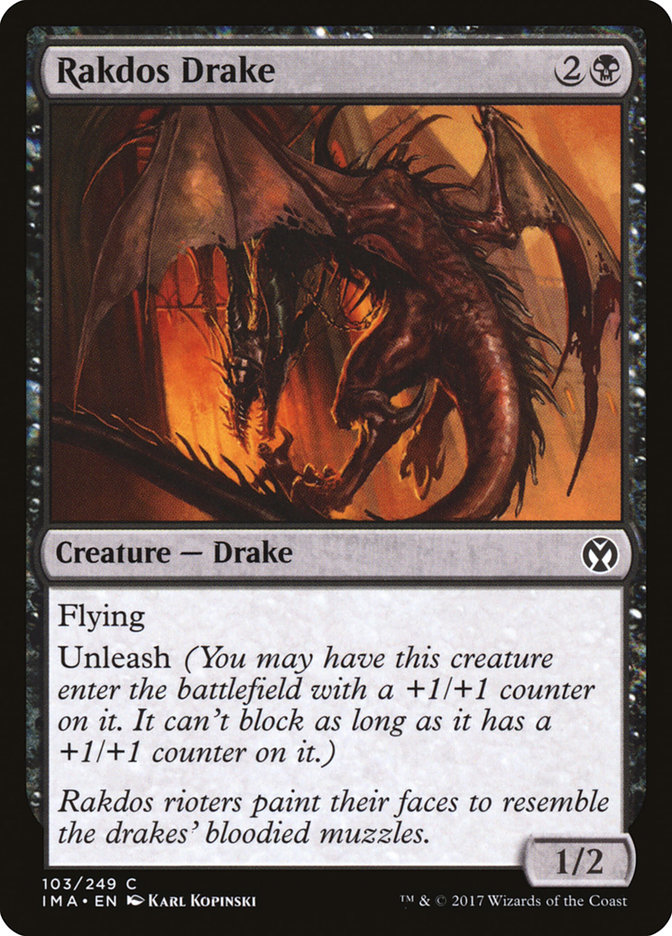
Unleash bridged the gap between black’s +1/+1 counter subthemes and red’s more aggressive decks. Three of the unleash creatures from Return to Ravnica made an appearance, as did Rakdos Drake from Dragon’s Maze.
Dragons
Dragons were the only “iconic” creature type that actually felt cohesive. This was the Rakdos Limited archetype, though the reprinting of the Champions of Kamigawa spirit dragons meant there were dragons sprinkled across all five colors. With 16 total dragons and another nine cards that became or supported dragons, this theme felt like it followed the premise of the set. Unfortunately, the other “iconic” creature types didn’t have the same level of support as dragons.
Misc. Themes
Other prevalent themes in IMA that don’t necessarily qualify as full mechanics include Dimir mill, Gruul X-spells, and Orzhov lifegain.
Iconic Masters Card Gallery
White
Blue
Black
Red
Green
Multicolored
Multicolored
Colorless
Land
Notable Cards
The Phyrexian Praetors
IMA featured two main reprint cycles, one at mythic and one at rare. The mythic cycle included the original Phyrexian Praetors from New Phyrexia. This was the first time most of the Preators had been reprinted, save for Elesh Norn, Grand Cenobite, which saw a reprint in Modern Masters 2015.
The Kamigawa Spirit Dragons
The other major reprint cycle was the spirit dragons from Champions of Kamigawa, all with new art. This wasn’t the most exciting cycle to see given that these dragons were also printed in the original Modern Masters set and had dropped off in popularity by this point.
Top-end Haymakers
Given IMA’s supposed focus on iconic creature types, it’s not surprising that there are so many huge, playable dragons, angels, demons, etc. Some of the standouts include Archangel of Thune, Avacyn, Angel of Hope, and Consecrated Sphinx.
Mana Drain & Flusterstorm
IMA marked the first time Mana Drain was reprinted in a booster pack set since its introduction in Legends, greatly increasing the supply of the card. Same goes for Flusterstorm, which was originally printed in a Commander precon and saw its first booster pack reprint here.
Constructed All-Stars
This set had a bunch of Constructed-oriented reprints, including staples like Thoughtseize, Oblivion Stone, Horizon Canopy, and Aether Vial. These aren’t all up to snuff in the 2020s, but they were all significant reprints when IMA dropped.
Channel
To give Wizards some credit, the Channel + Fireball combo ensured the Limited format had some iconic cards to draft.
Available Products
Draft Booster Boxes
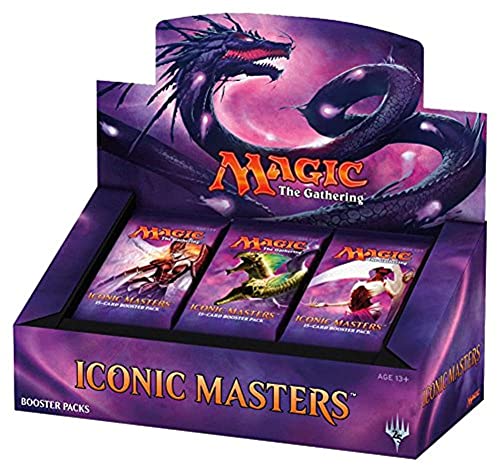
Iconic Masters was printed in Booster Boxes that now sell for around $200. Like most Masters sets of that time, these were 24-pack boxes, not 36-pack boxes as was customary with Standard release sets.
- Modern Masters is a collection exclusively in English, in envelopes of 15 cards
- Includes Magic cards through all its story, 20 of them with new art
- Build your collection with cards with this collection comprising several formats: Legacy, Modern and Commander
Individual Draft Packs
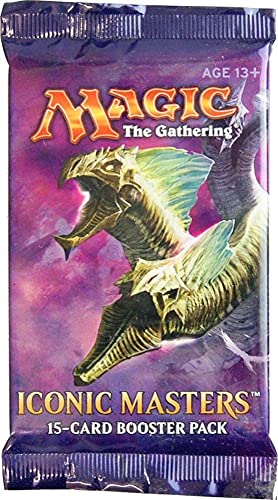
You could always try your hand at buying individual packs if an entire booster box isn’t within your budget. Every pack comes with a guaranteed foil.
- Magic the Gathering Iconic Masters Booster Pack!
Wrap Up

Consecrated Sphinx | Illustration by Mark Zug
I don’t believe Iconic Masters was a bad set, or a “miss,” or whatever you might call it. It had a fun and engaging Limited format with unique archetypes, and some stellar reprints (at the time) for various Constructed formats, including key staples that still hold up today. The problem, of course, was in the confusion over exactly what “iconic” meant. That, and like most Masters sets, the price-point was quite high.
Wizards tried to have their cake and eat it too. They wanted to highlight Magic’s “iconic” creature types while showing off some historically iconic cards but failed in both regards. They still put out a great product, but the advertising could’ve been just a touch more accurate. If you have any fond memories of Iconic Masters or any of the Masters sets for that matter, let me know in the comments below or over in the Draftsim Discord.
Thank you for making Draftsim your #1 stop for all things Magic!
Note: this post contains affiliate links. If you use these links to make a purchase, you’ll help Draftsim continue to provide awesome free articles and apps.
Follow Draftsim for awesome articles and set updates: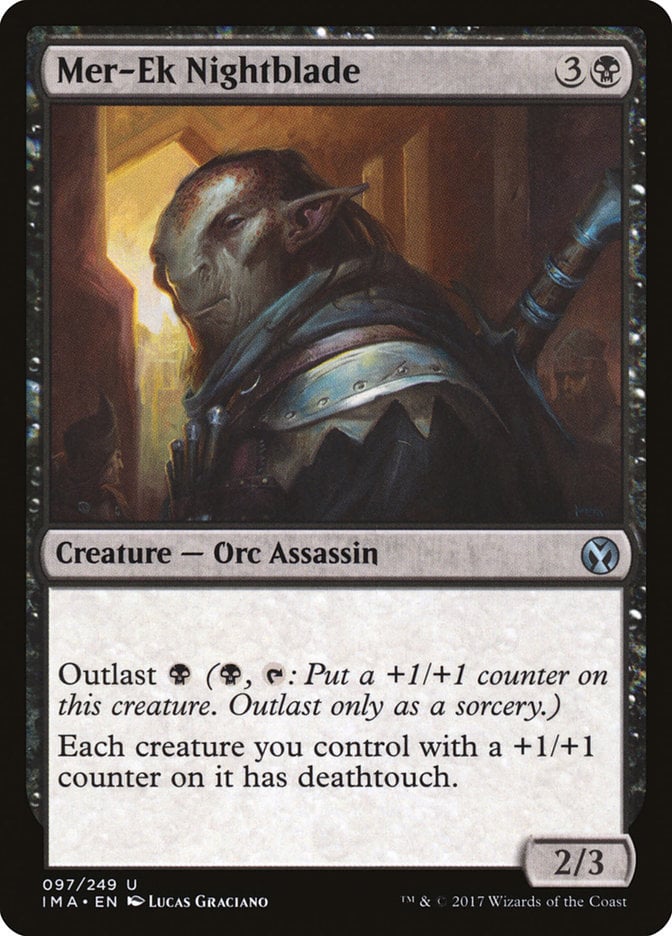
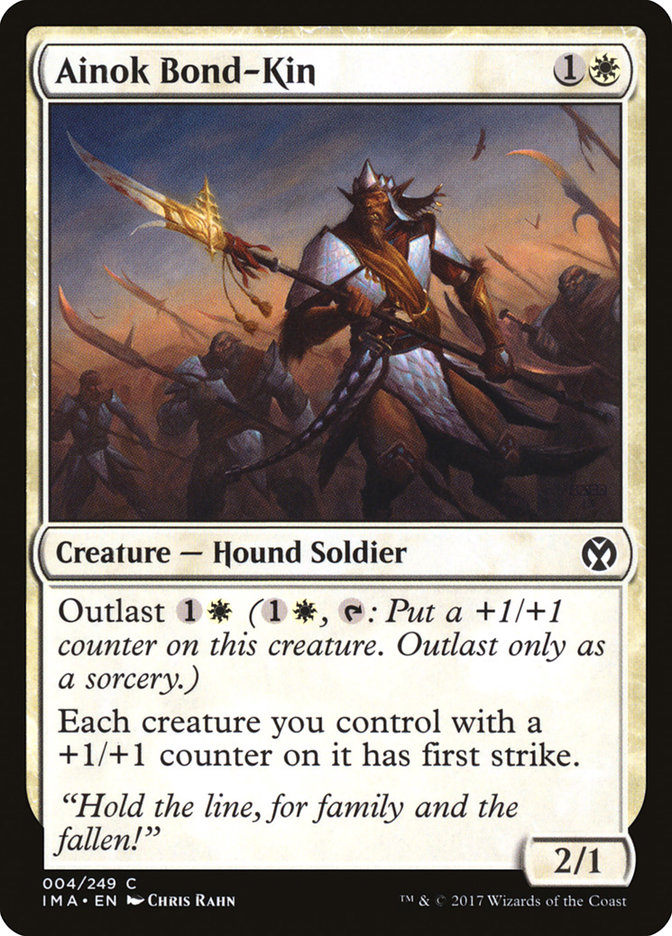
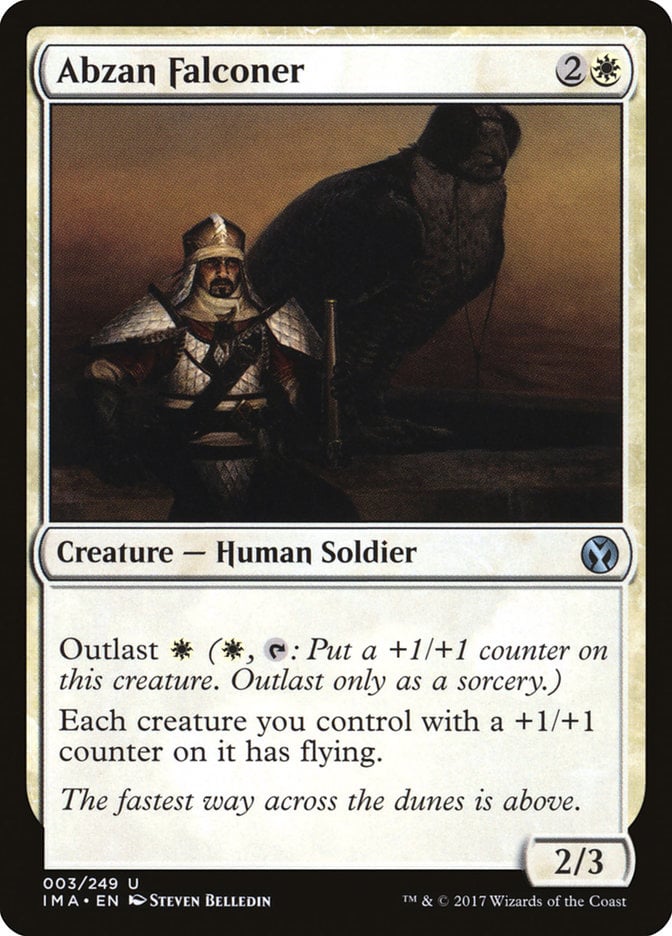


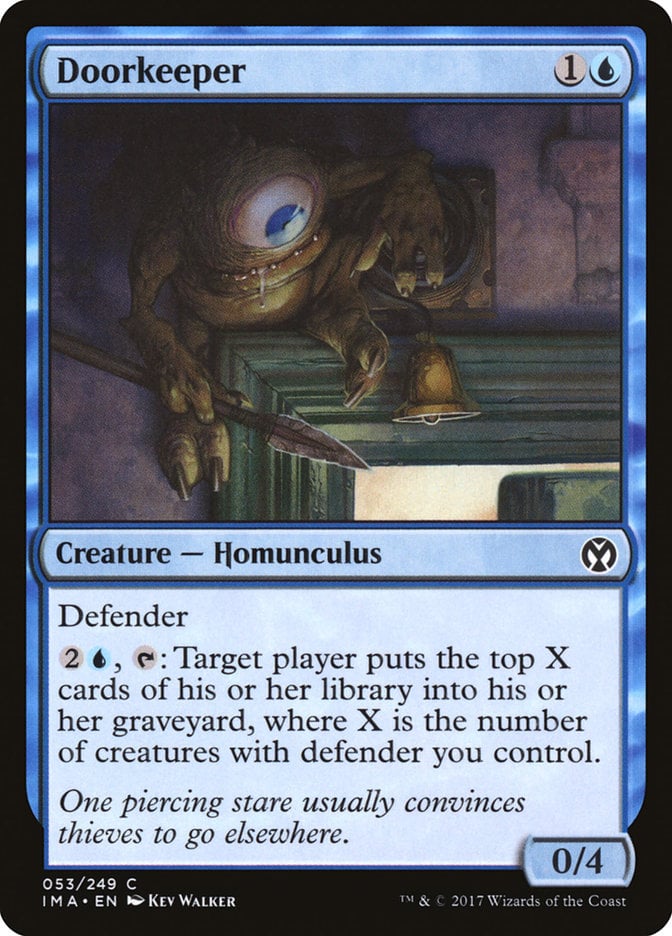
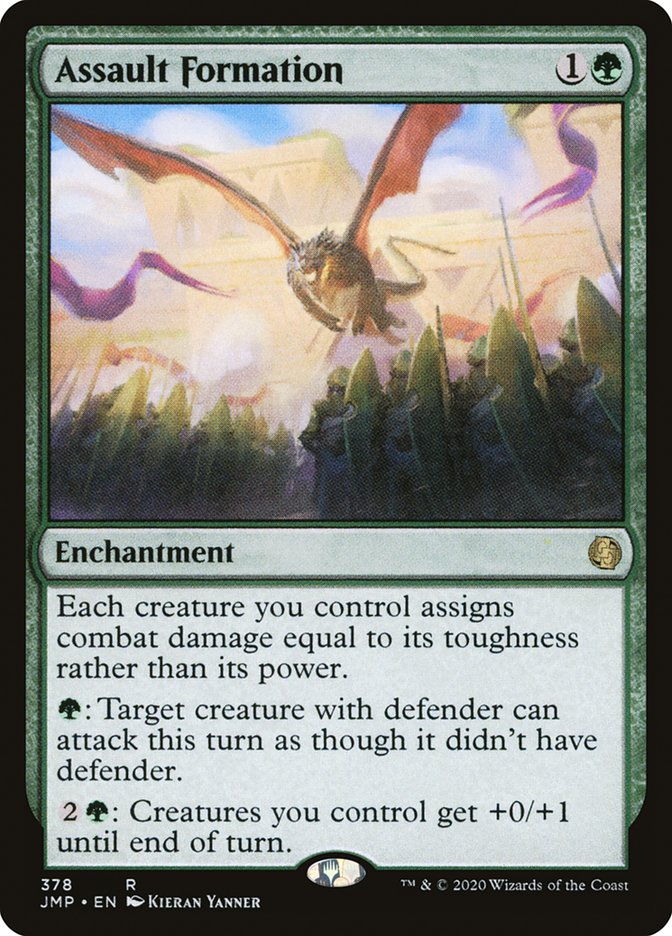
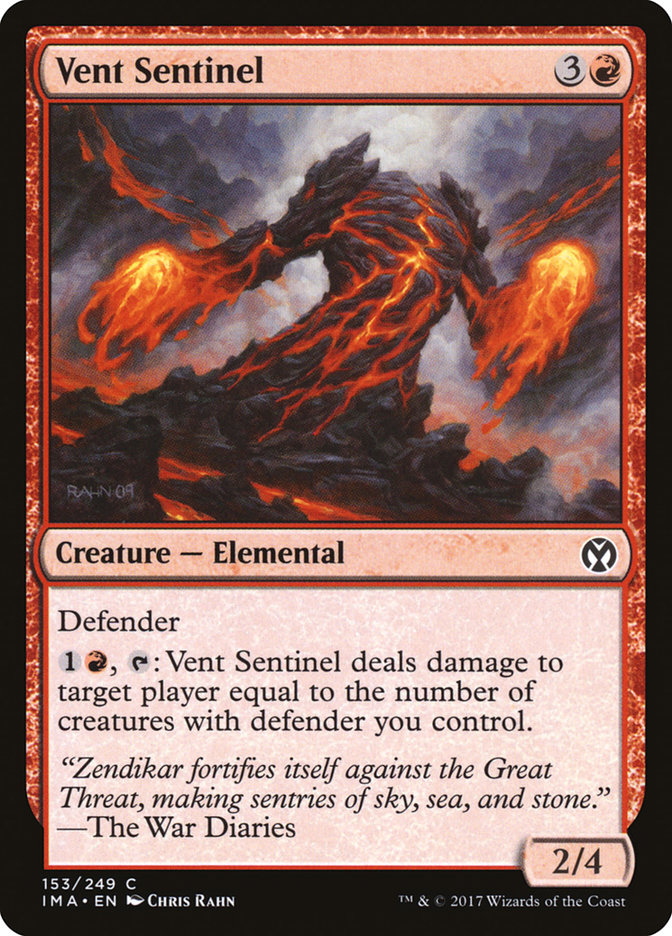
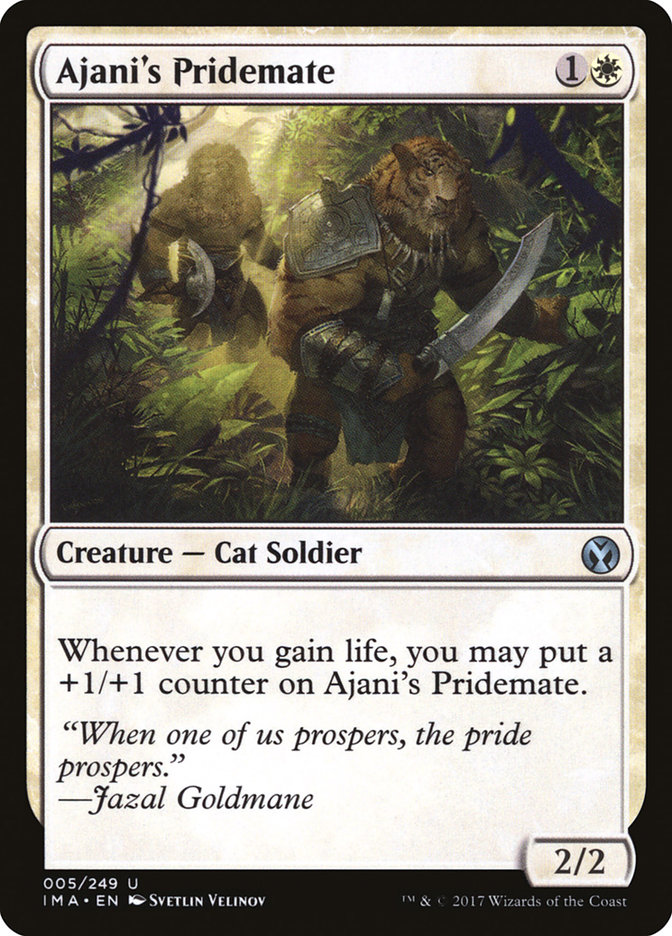
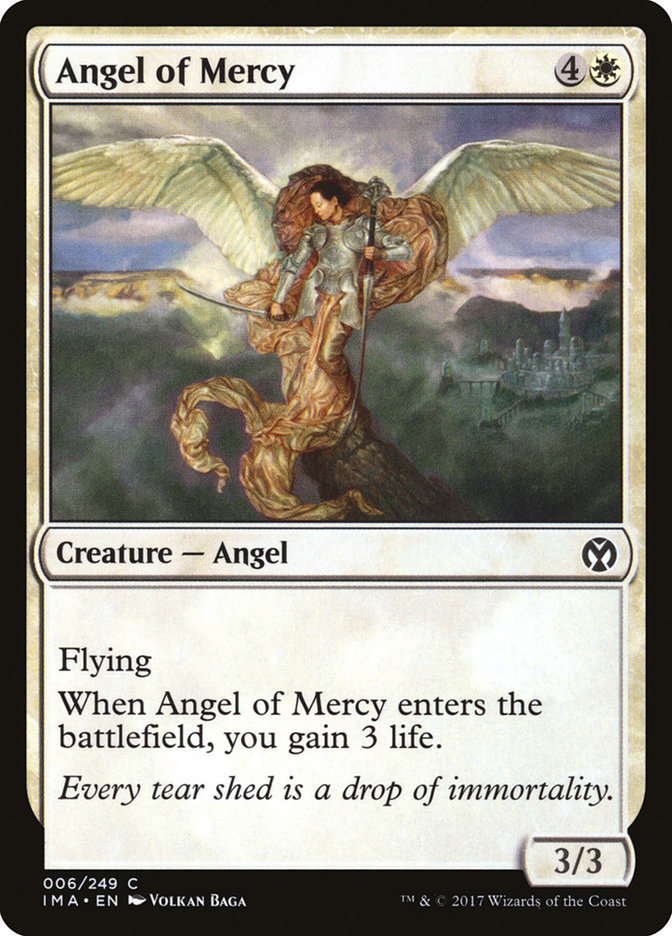
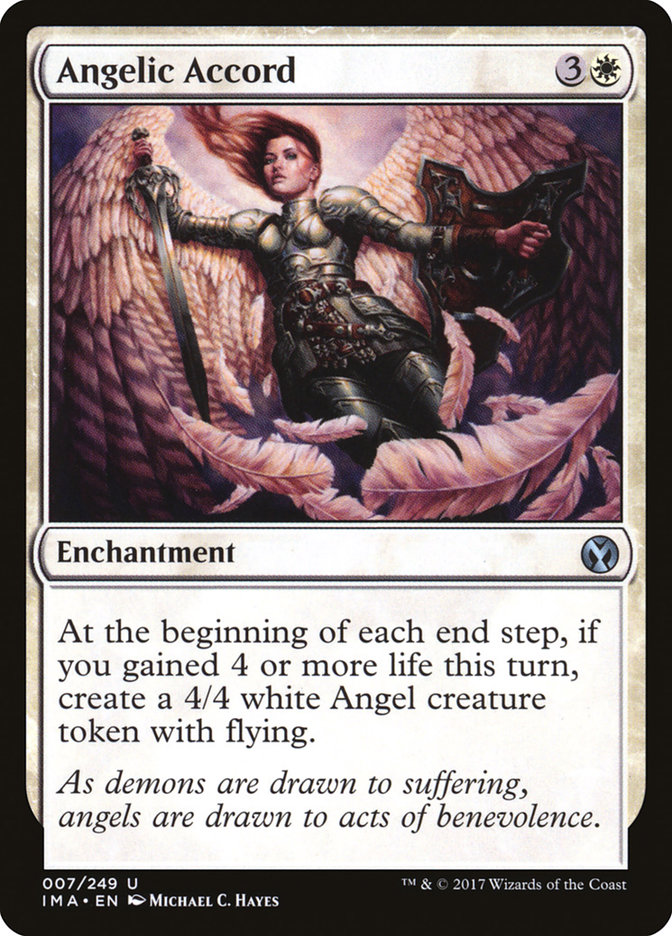

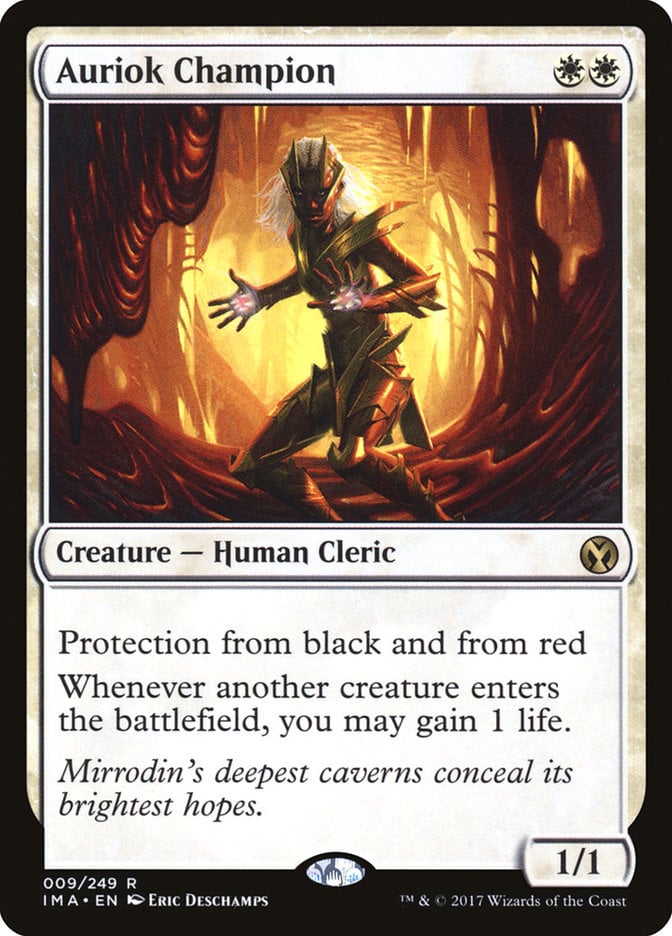
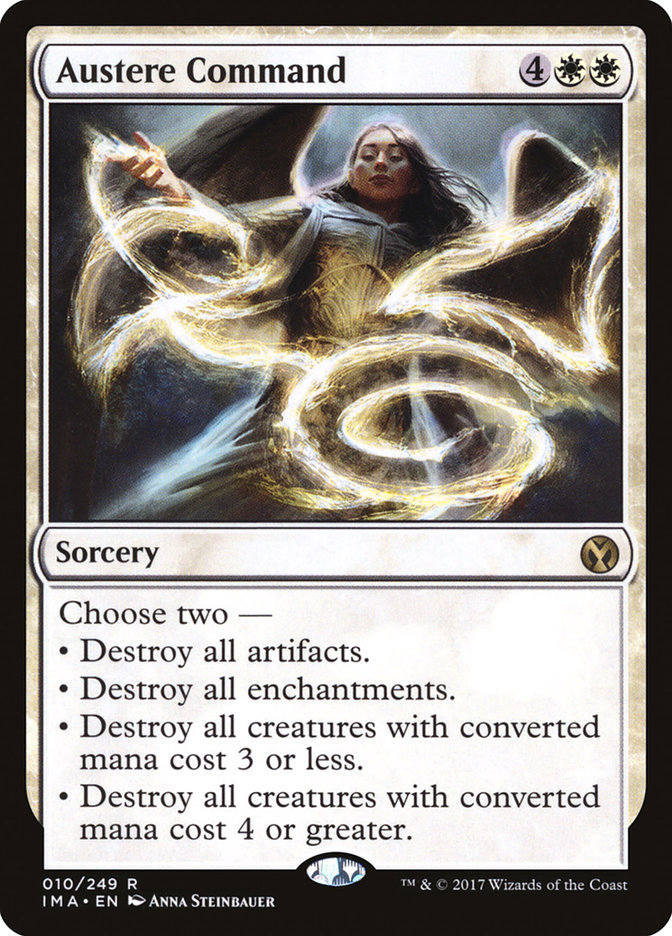
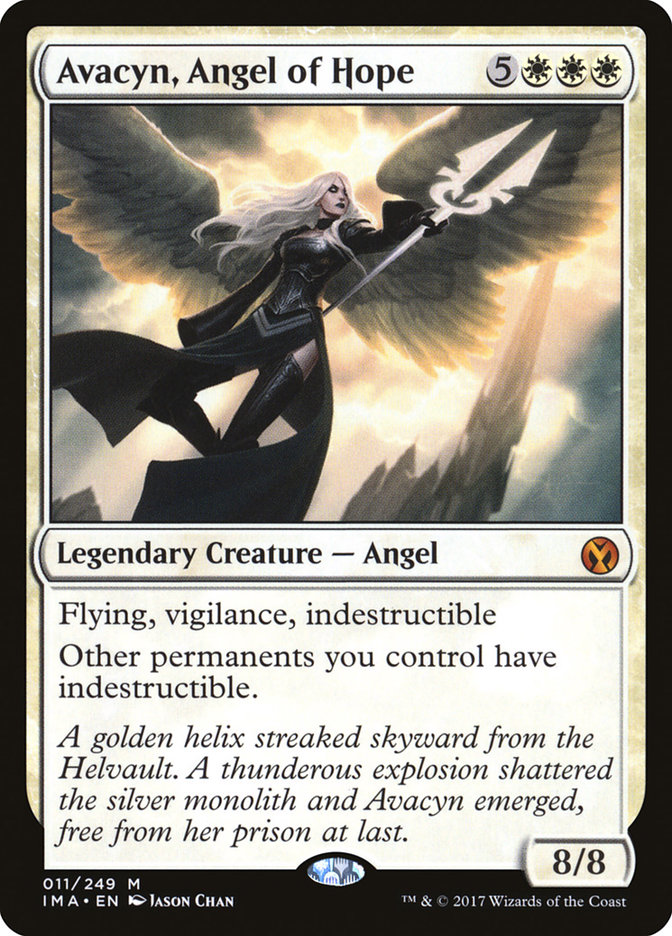

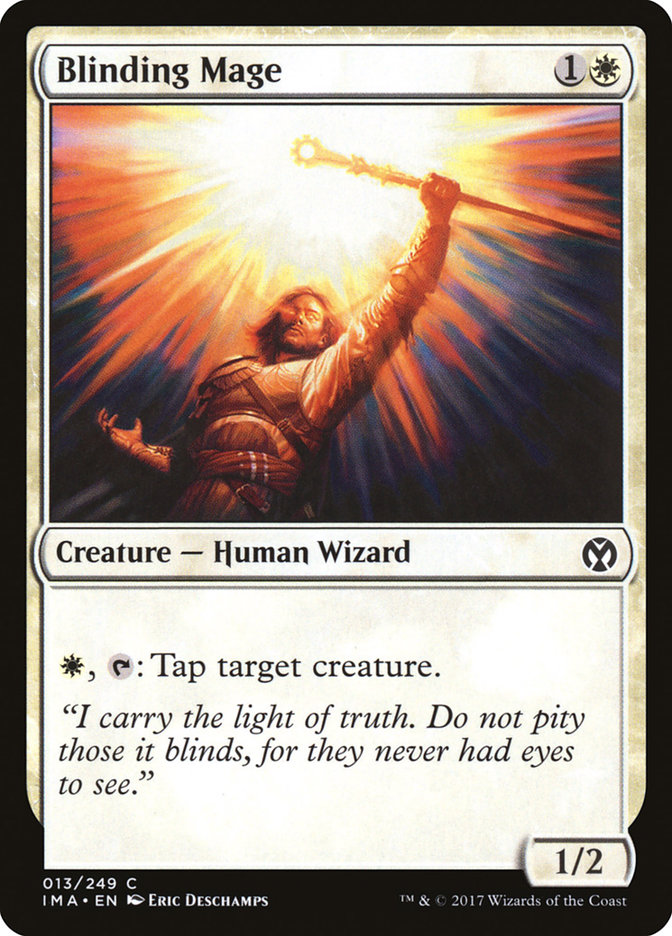





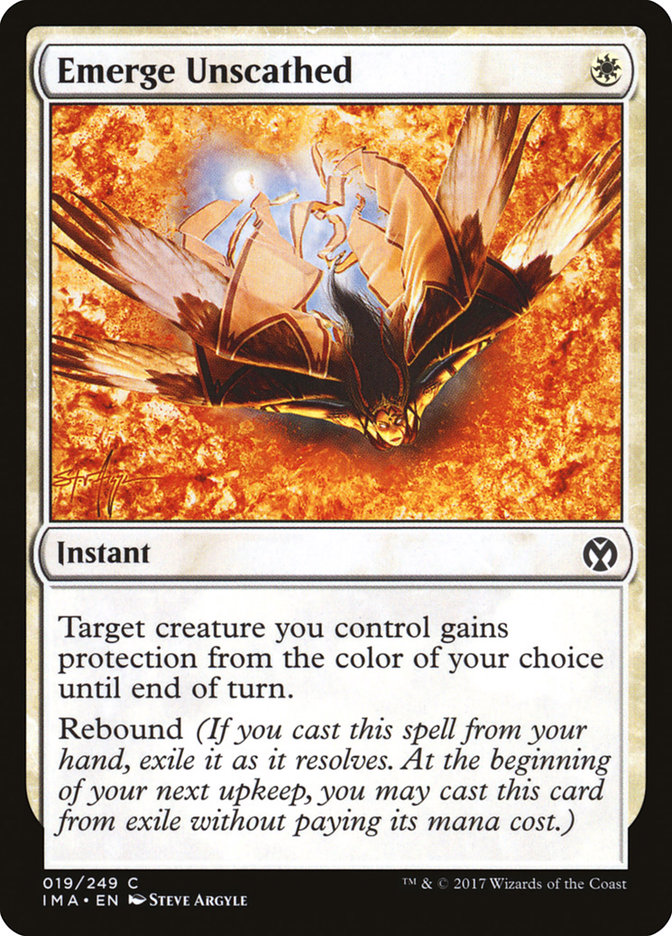
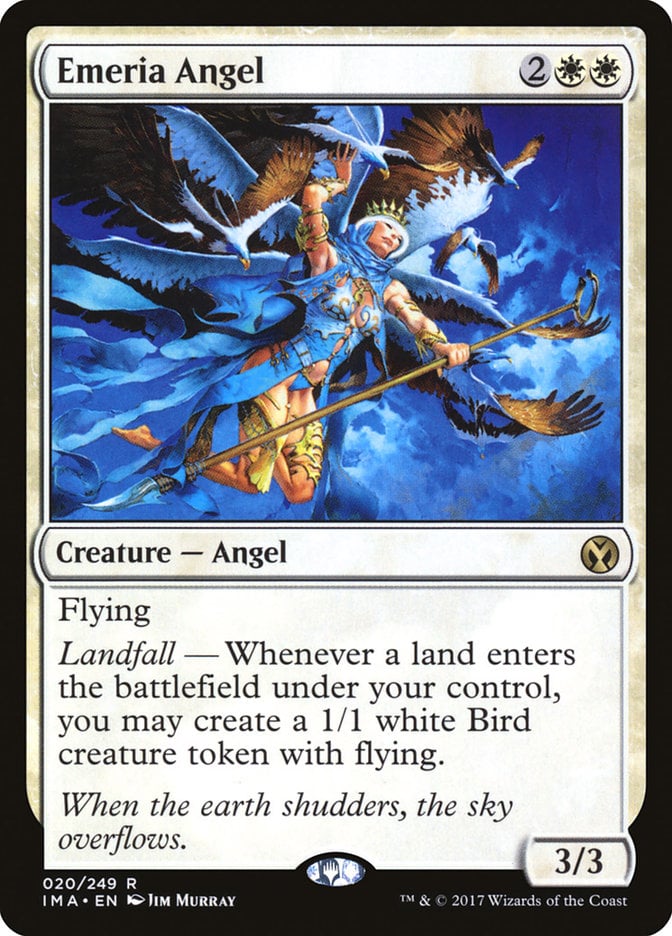

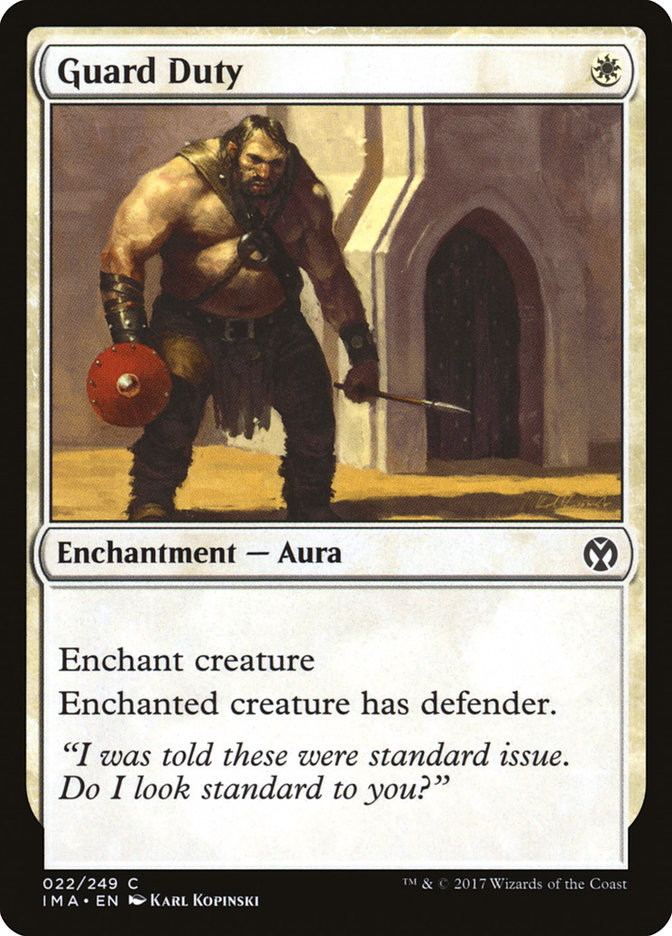

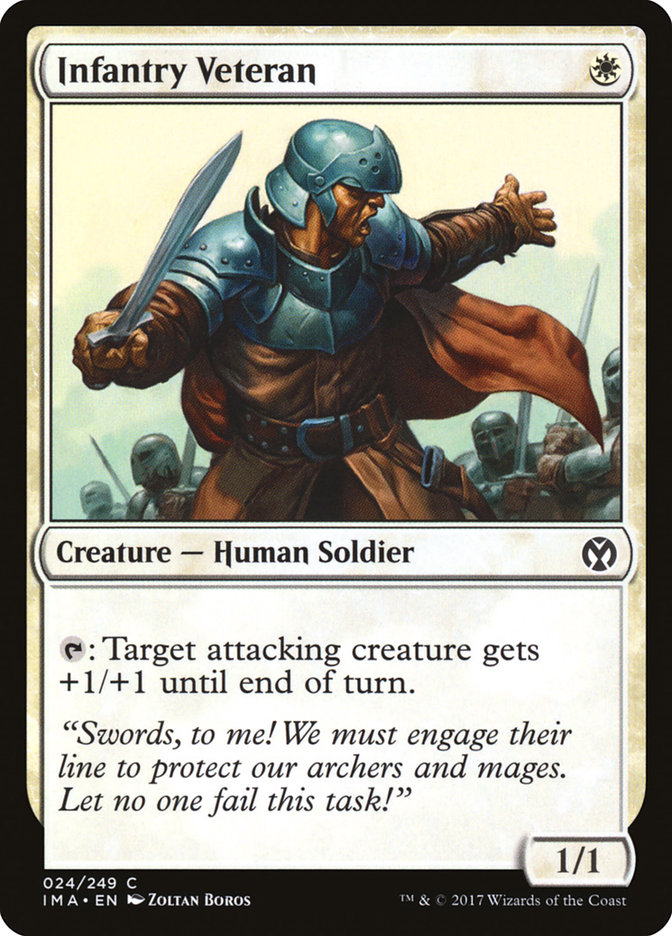

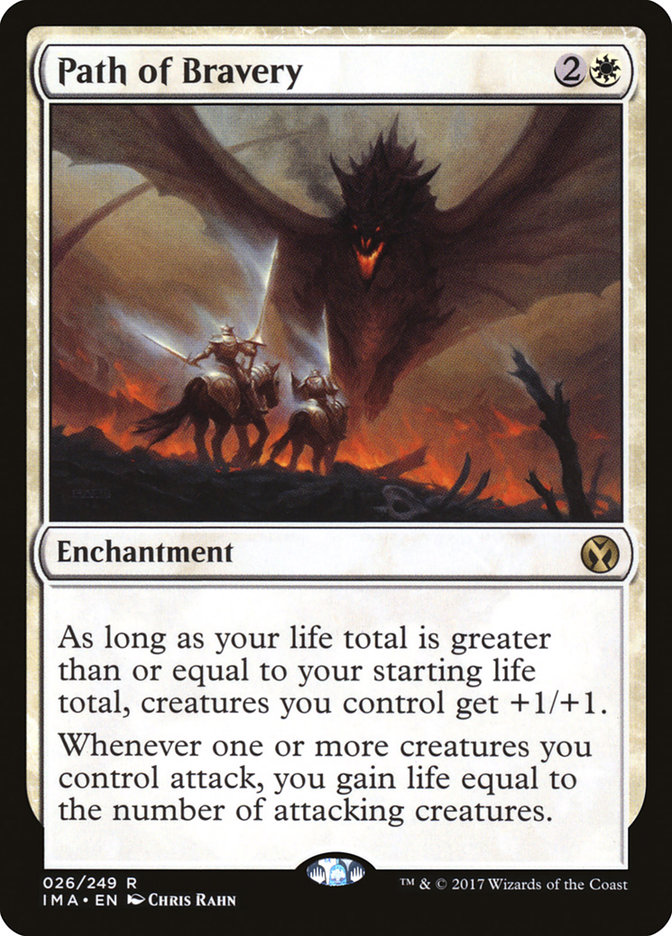

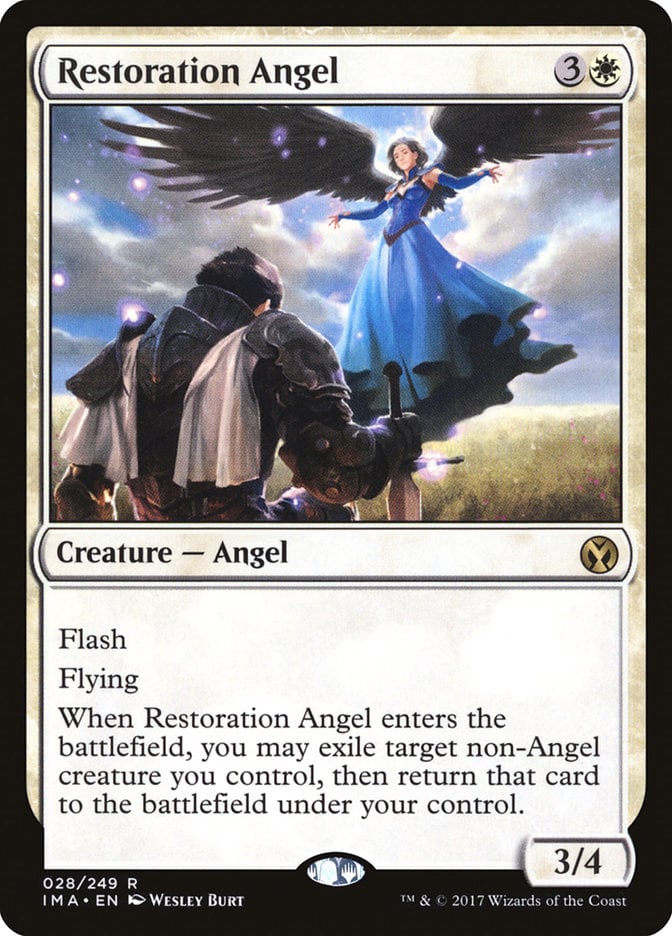
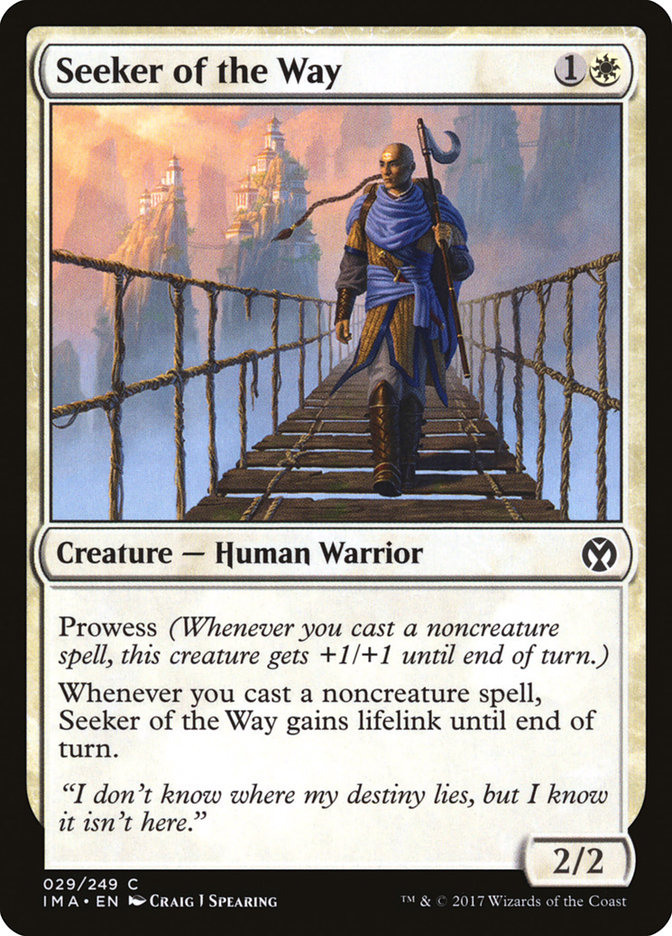
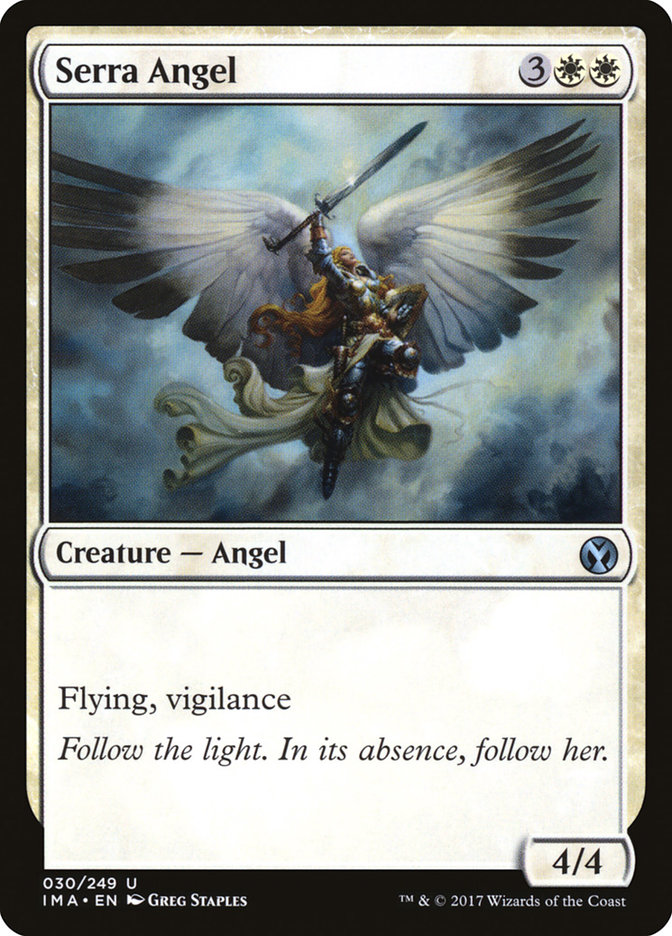
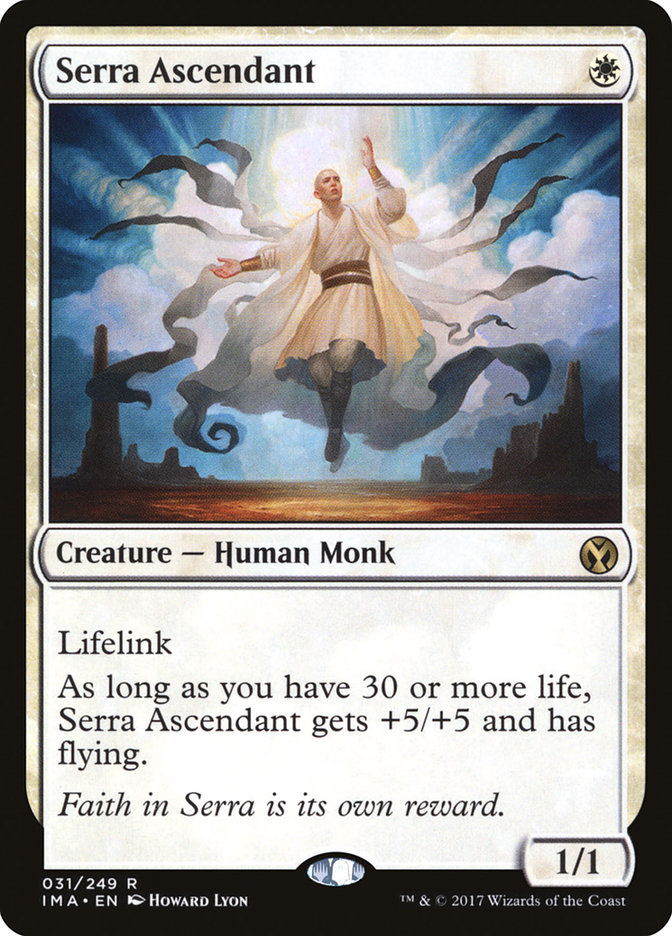

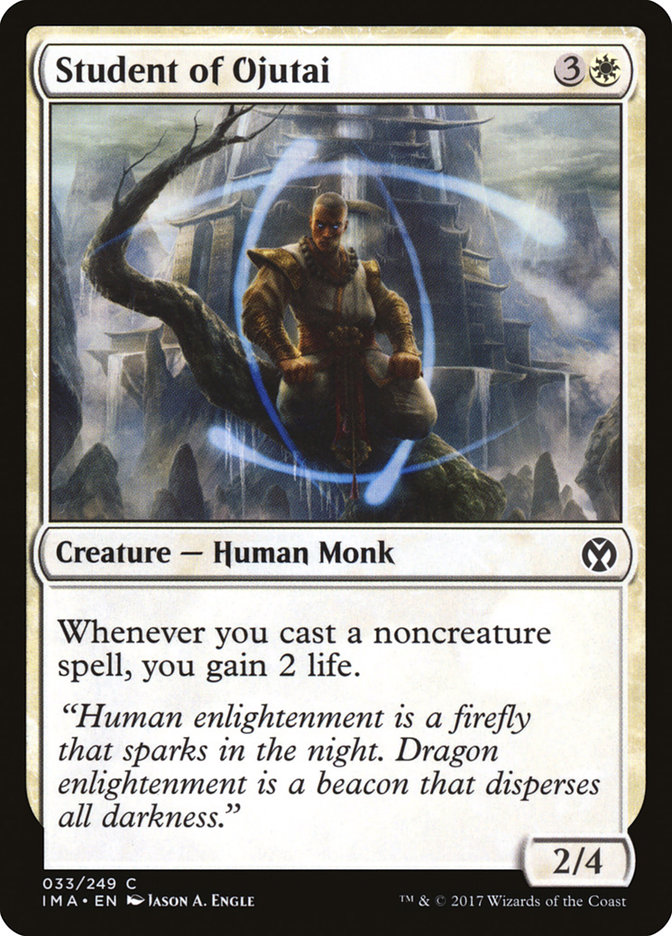
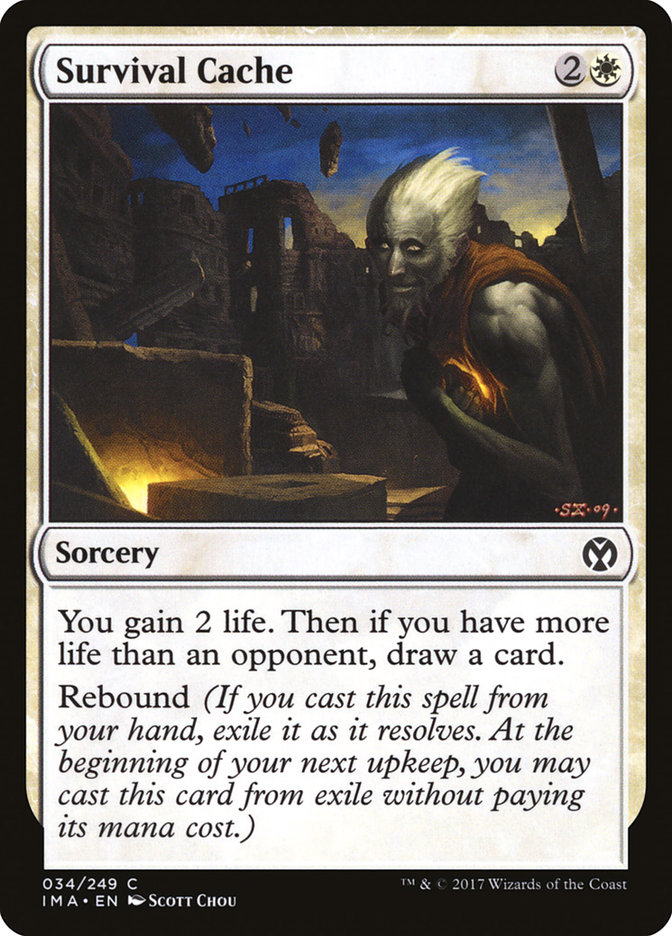
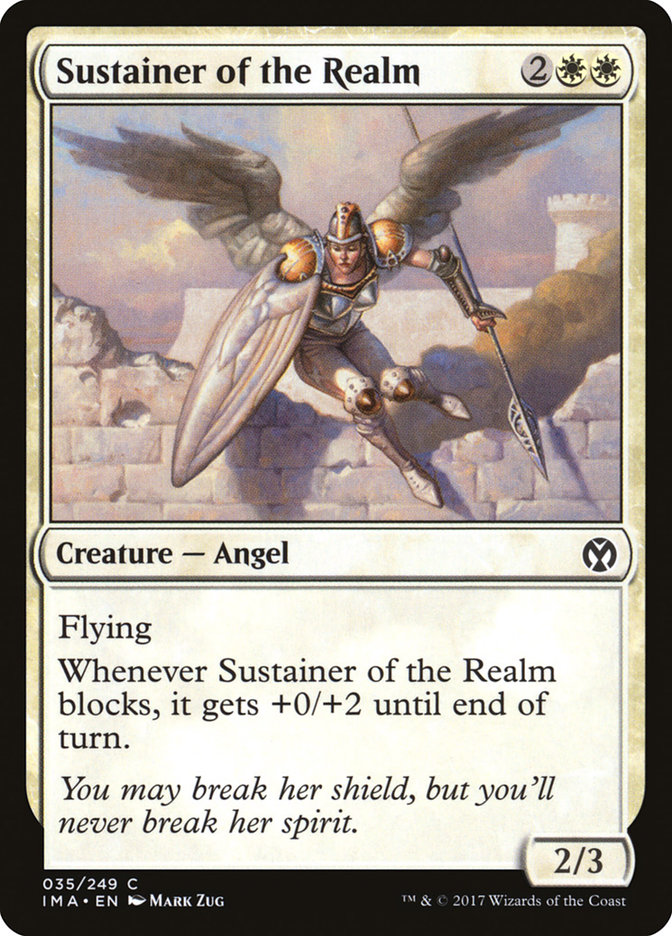
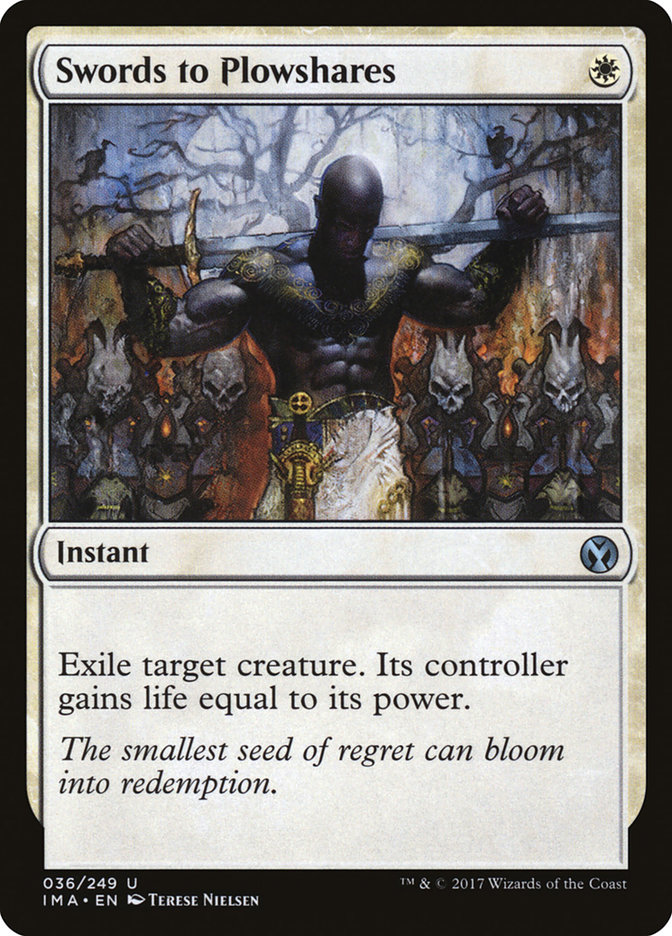
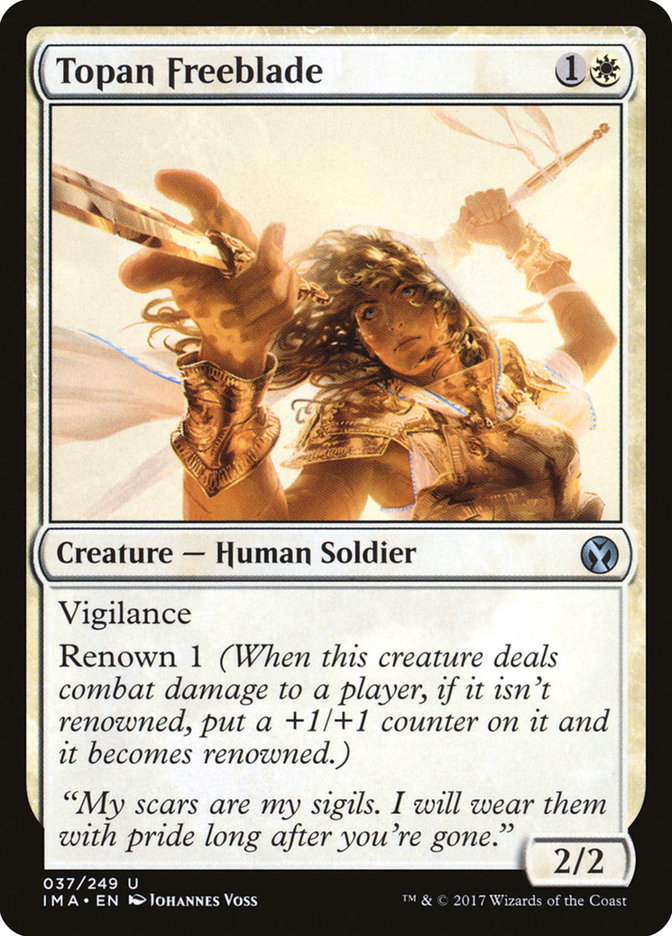
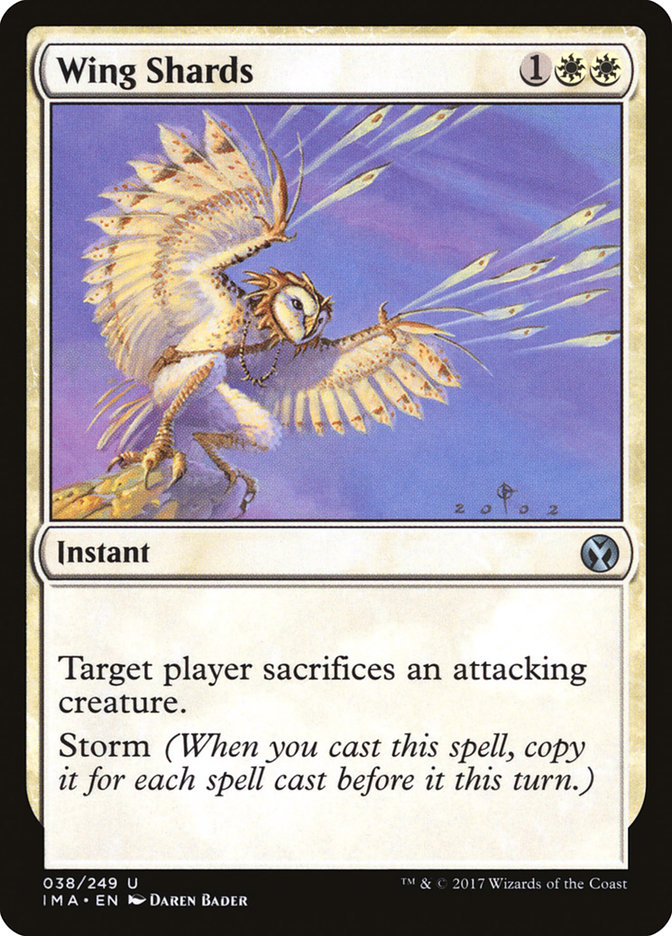
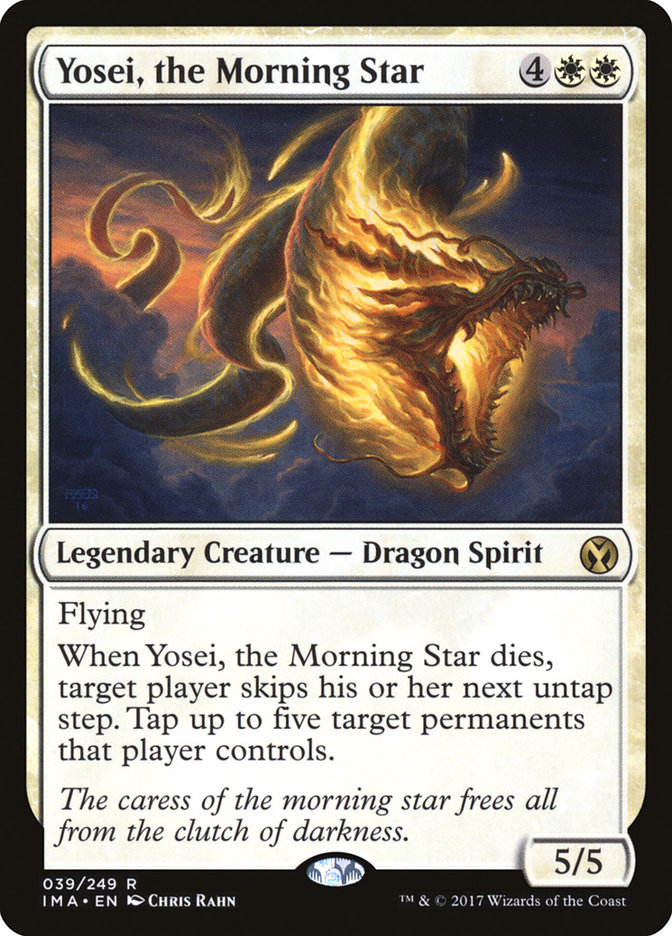
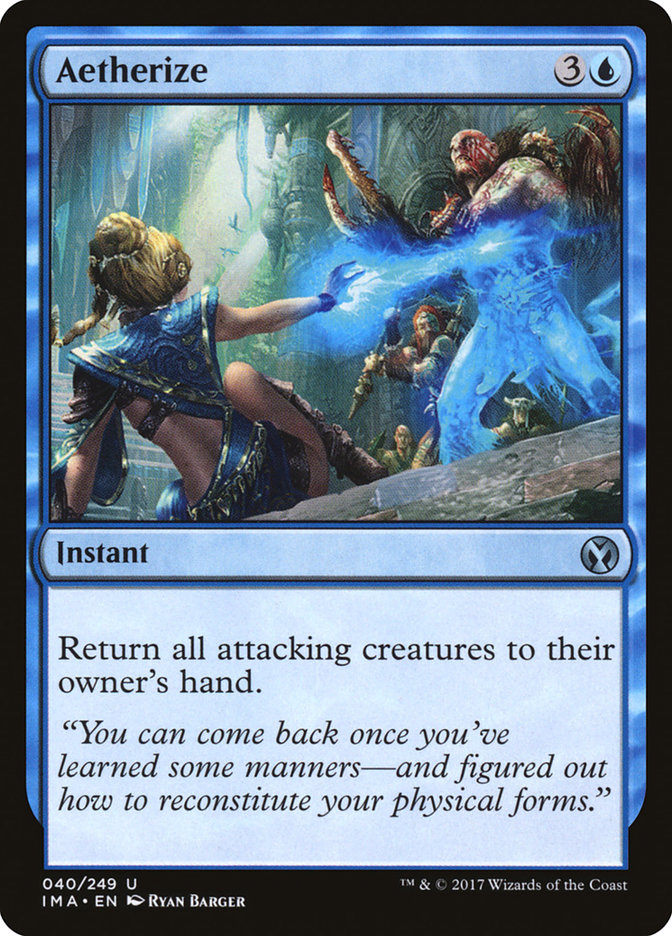
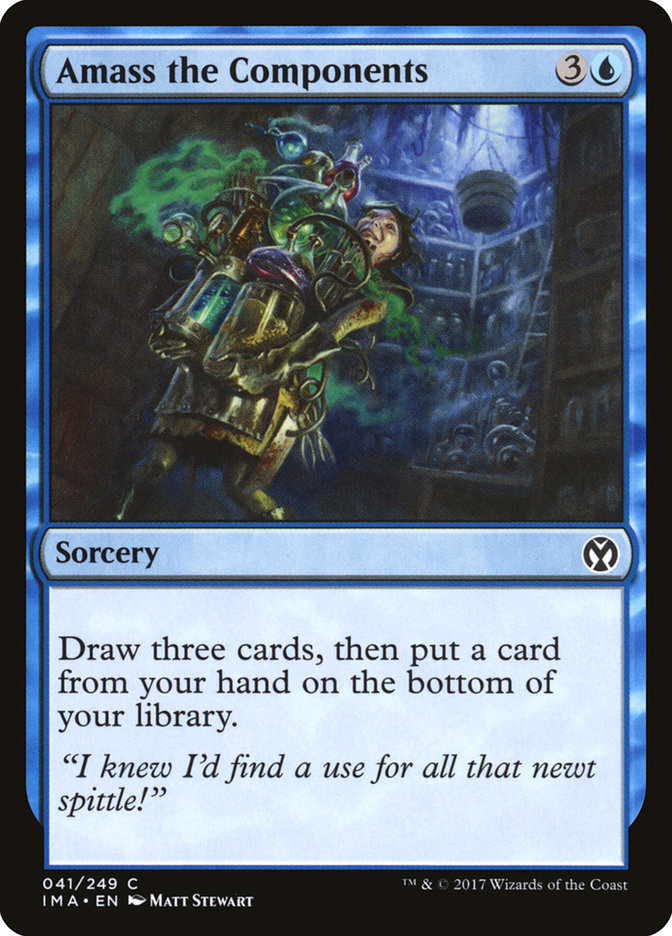
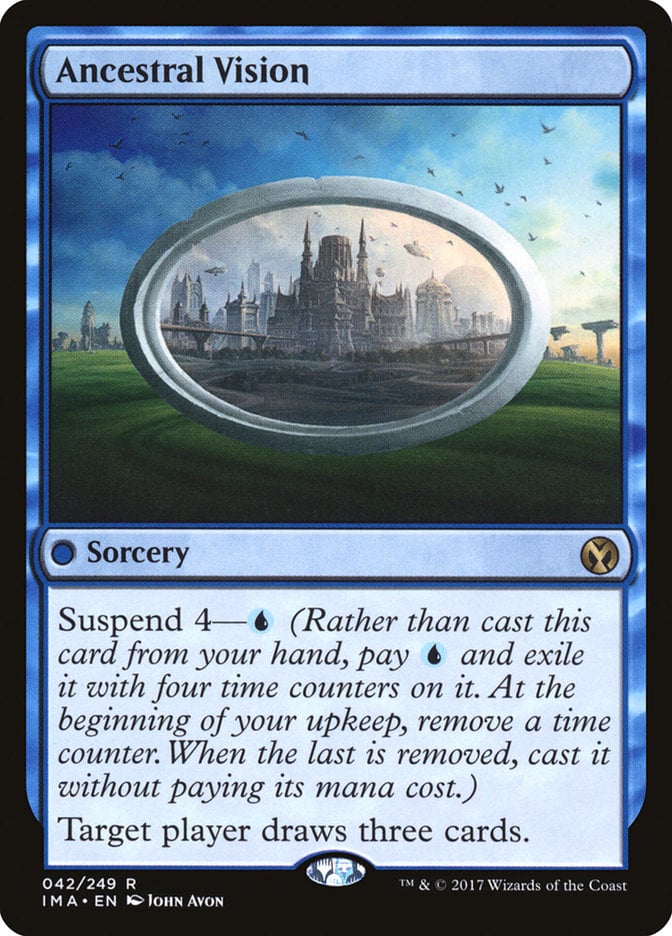


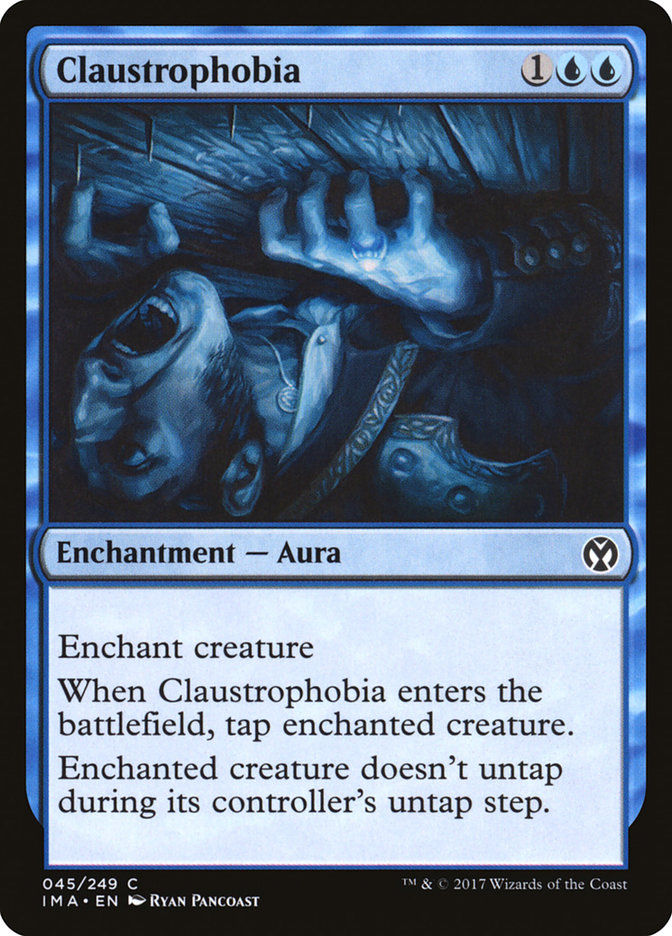
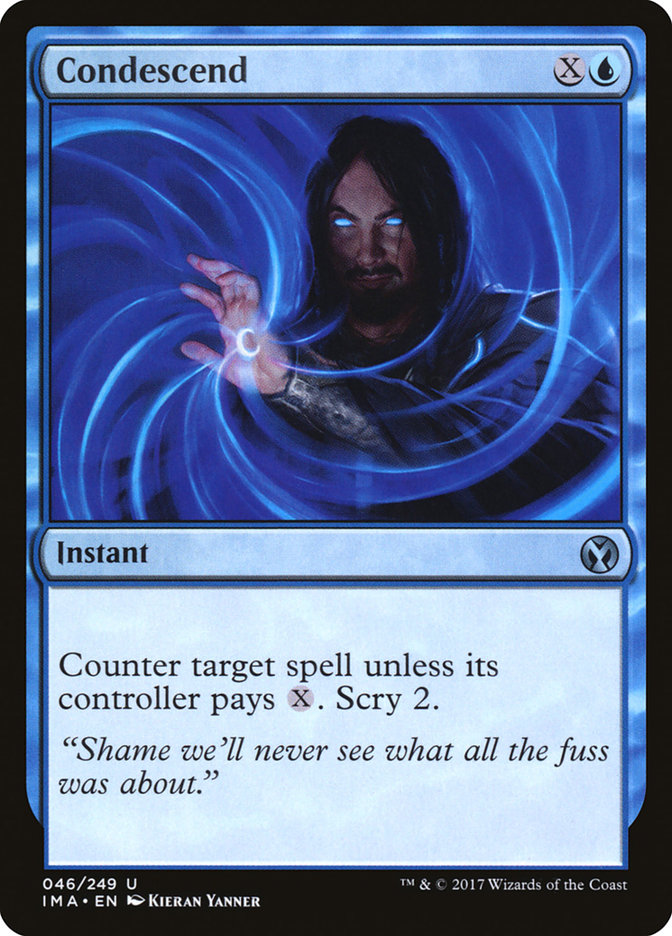

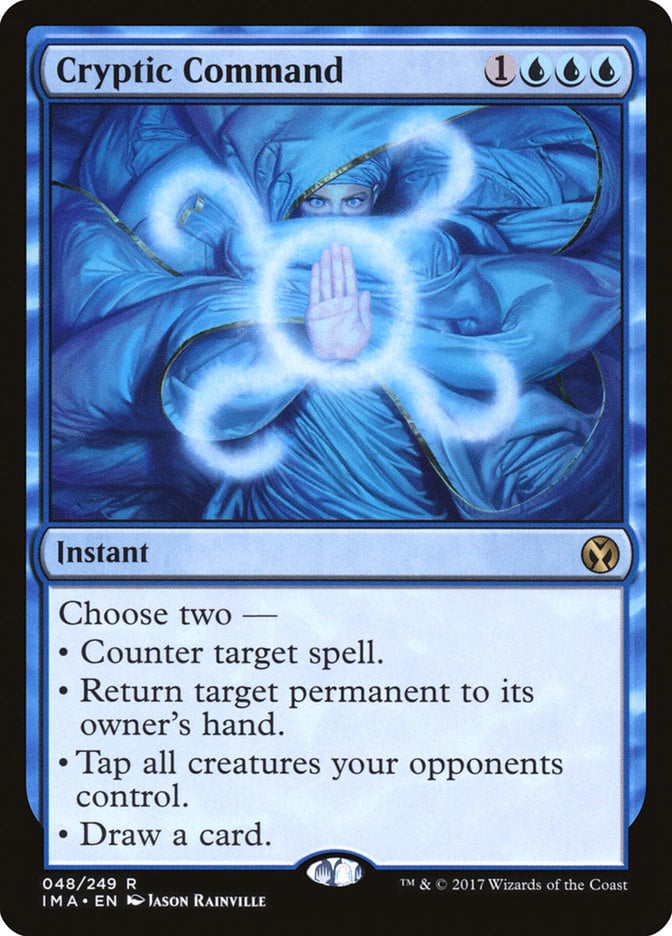

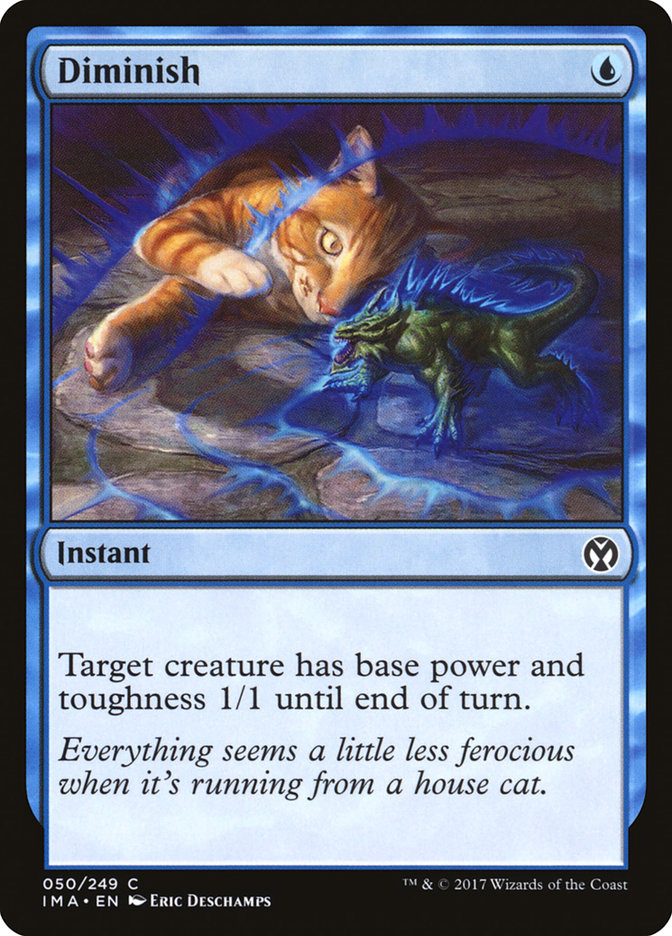
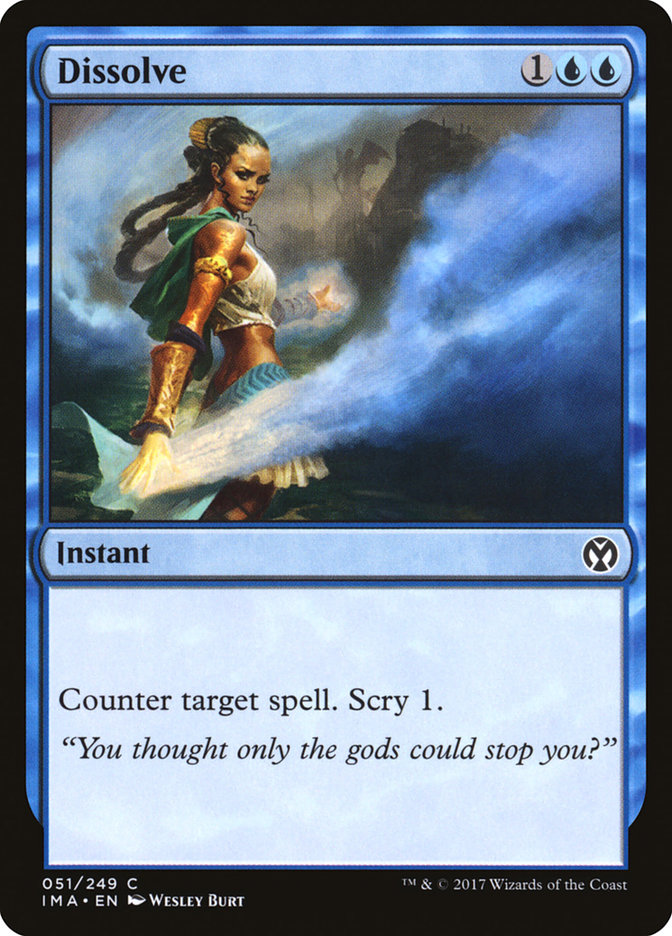
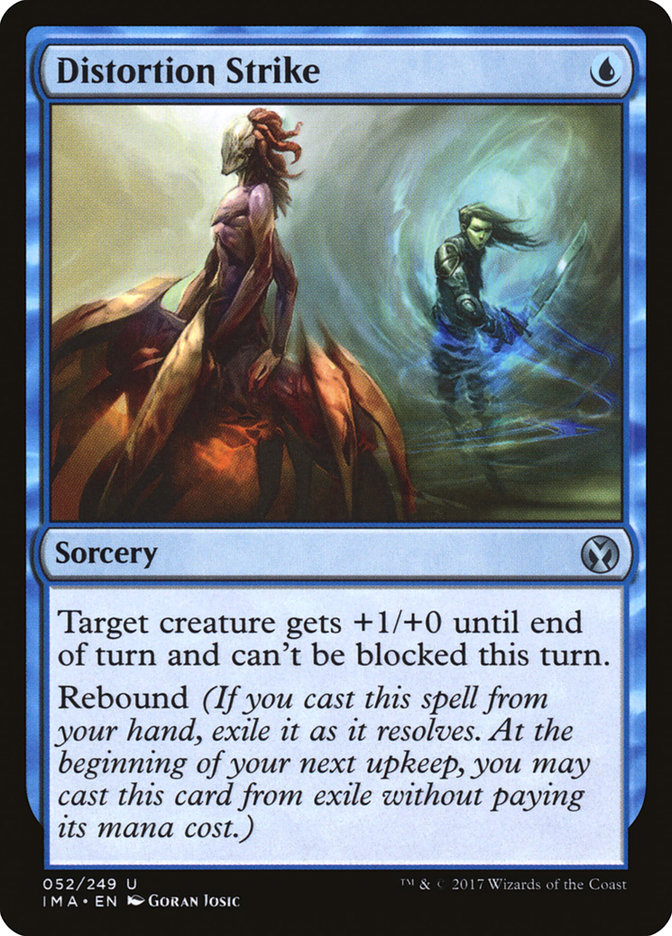
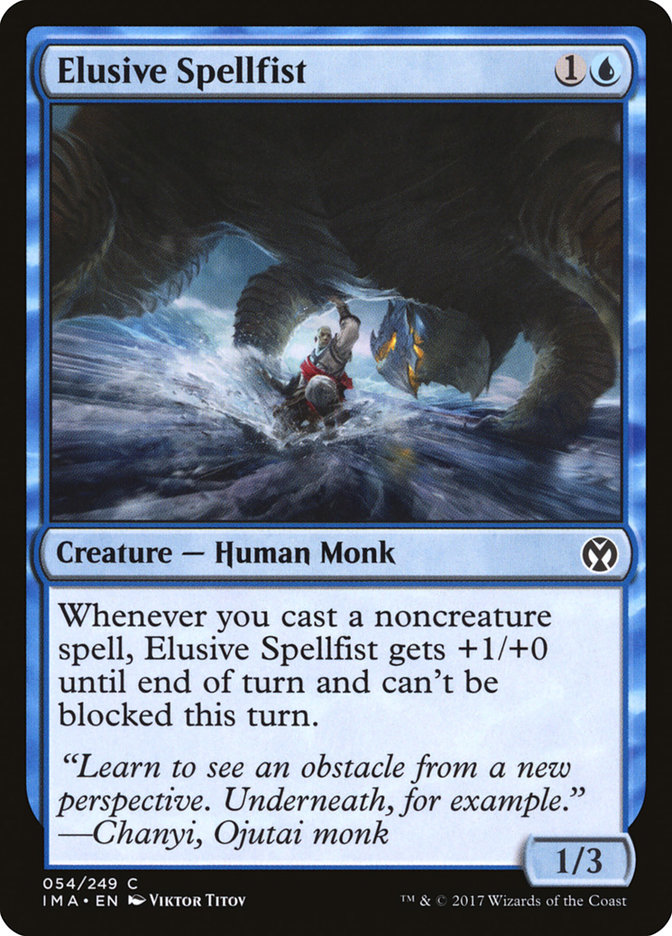
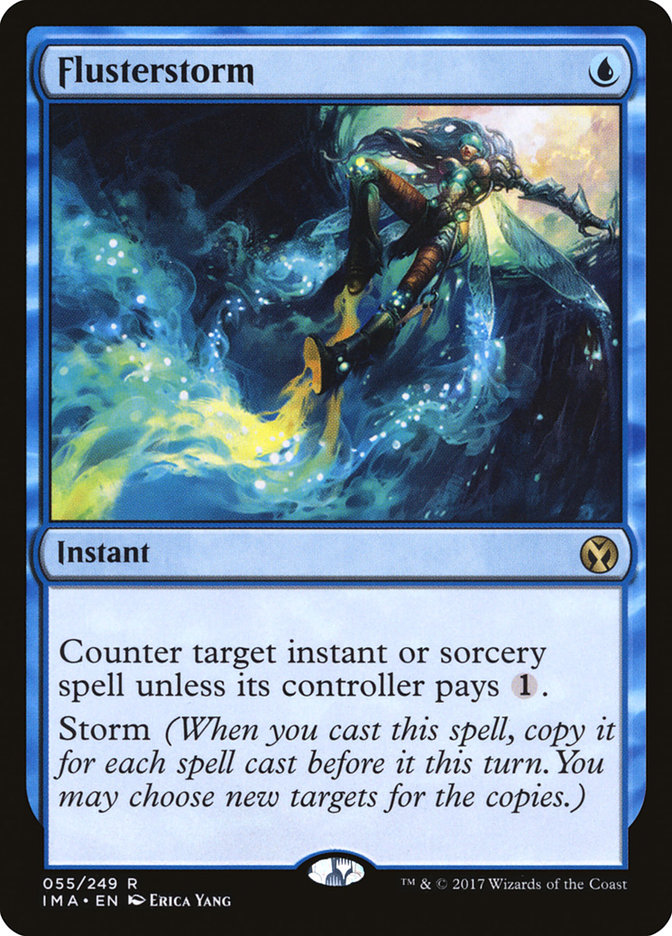
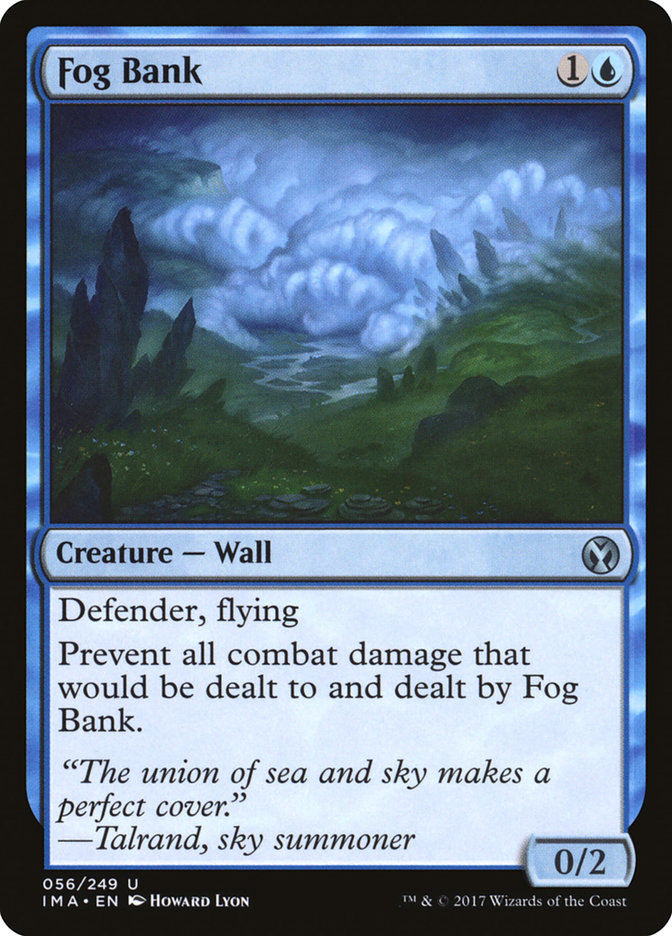
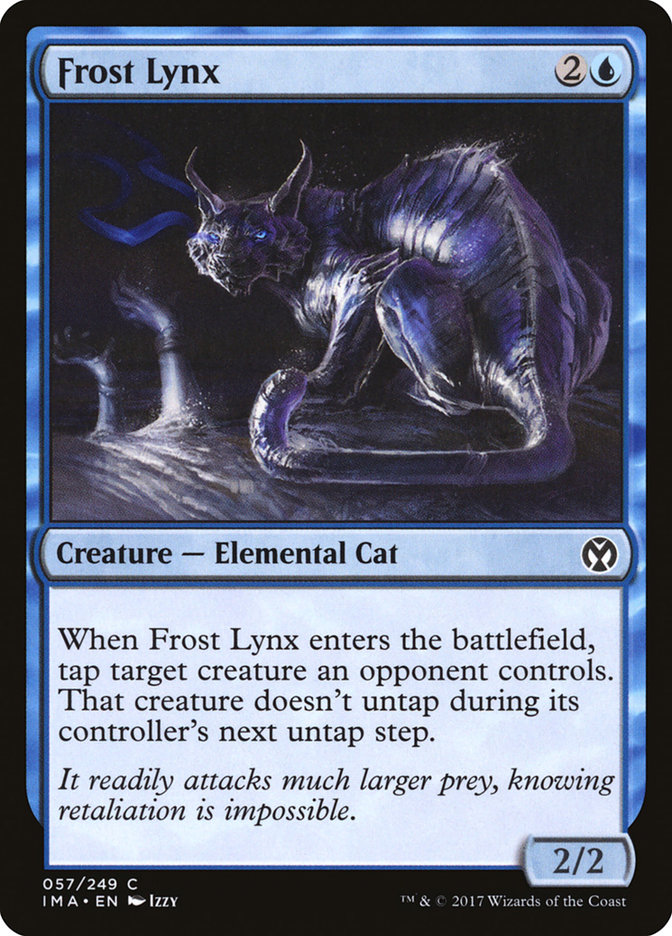
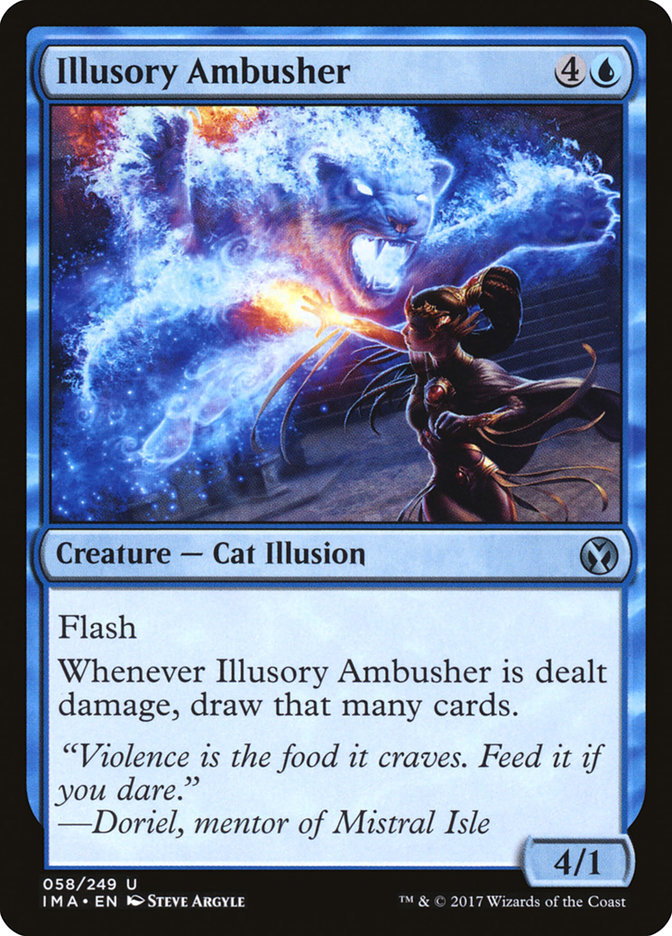
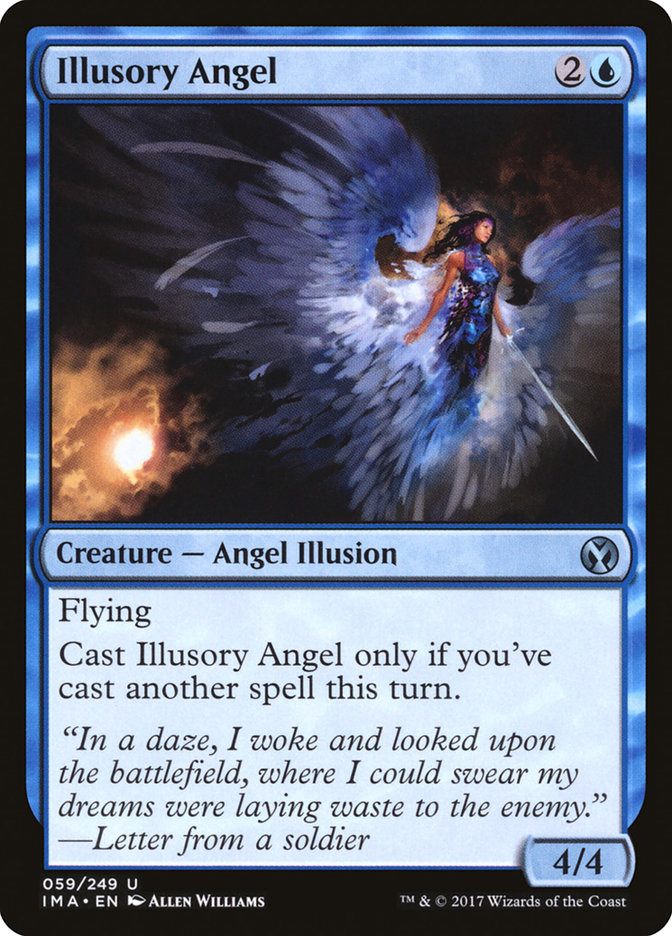

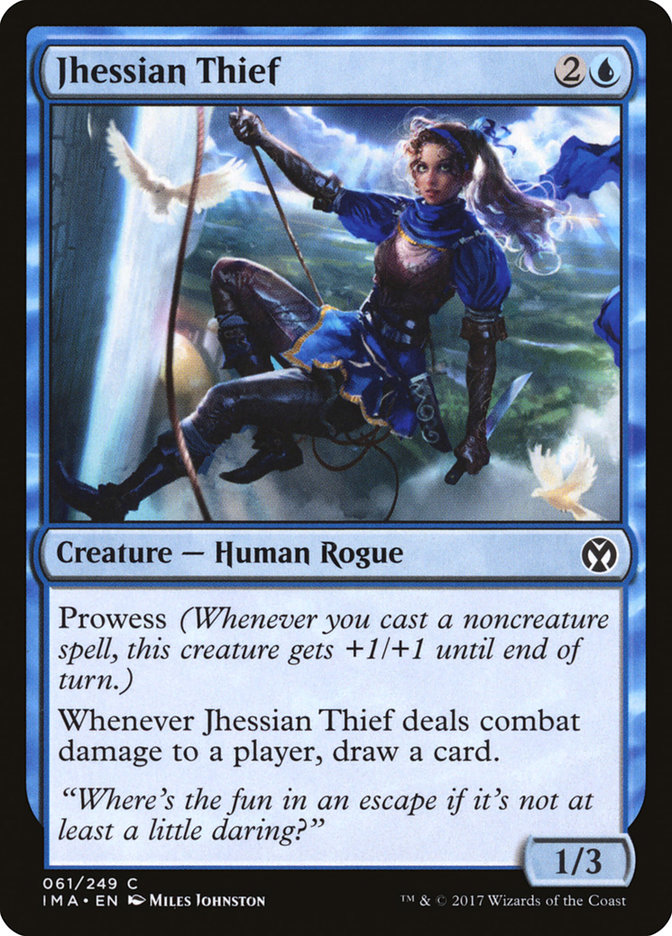
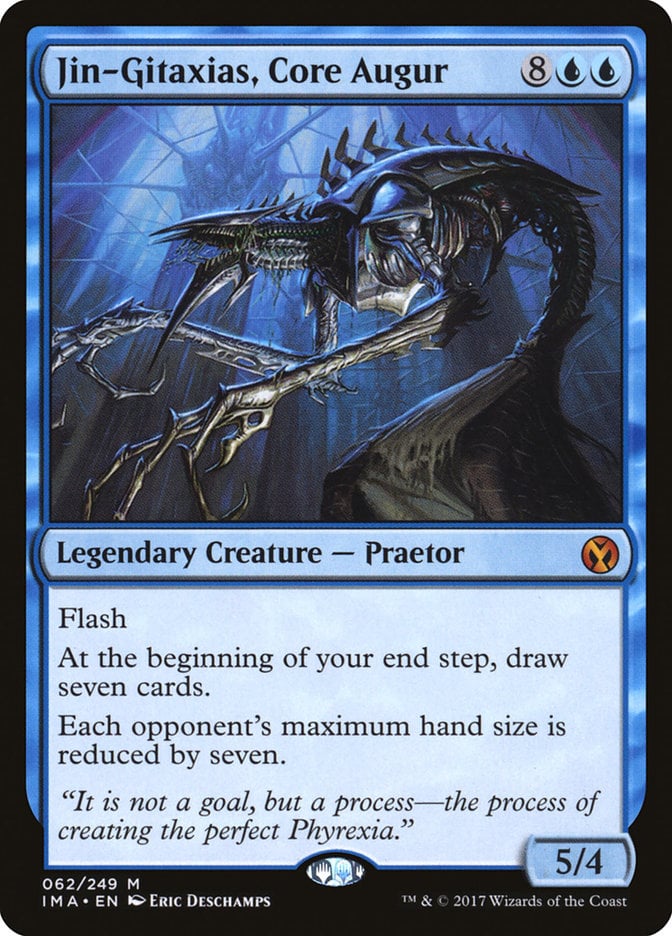
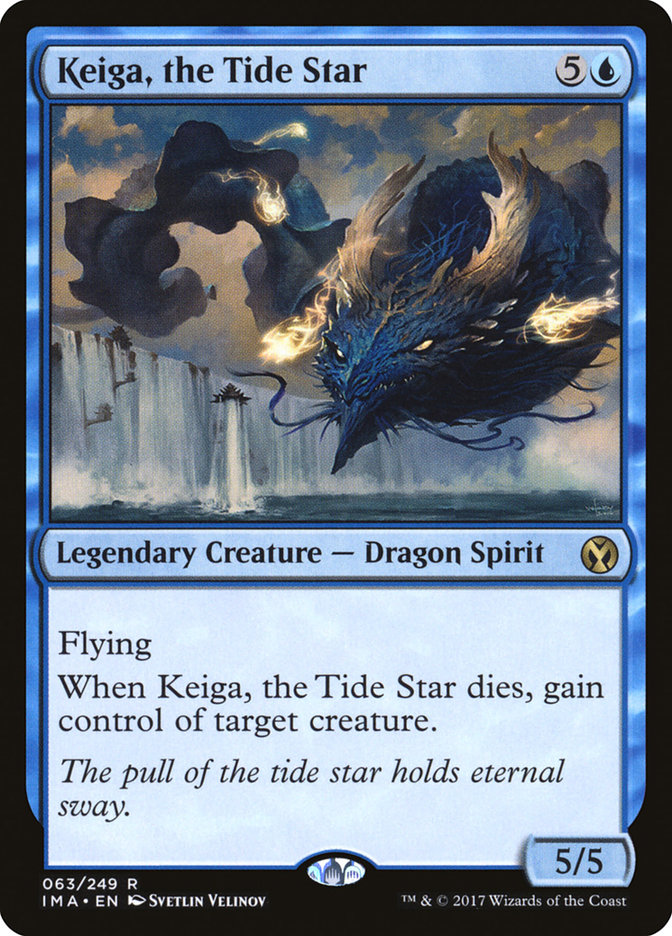

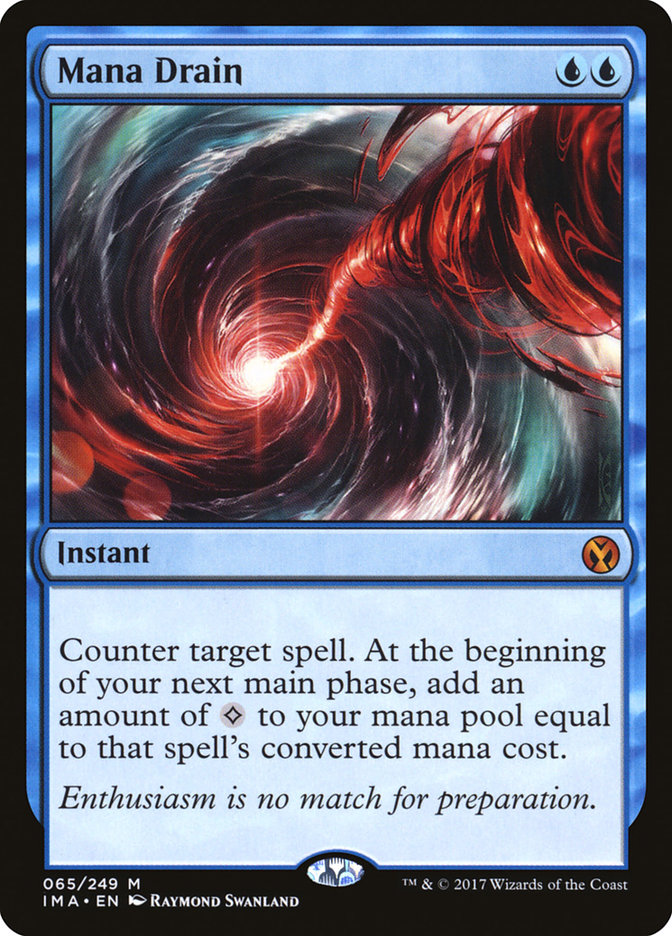
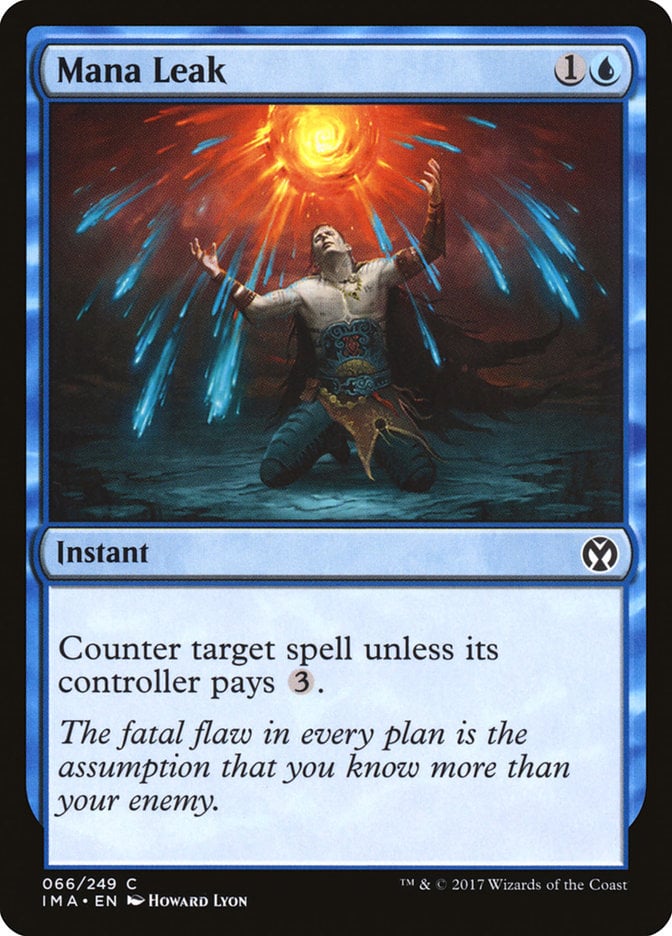
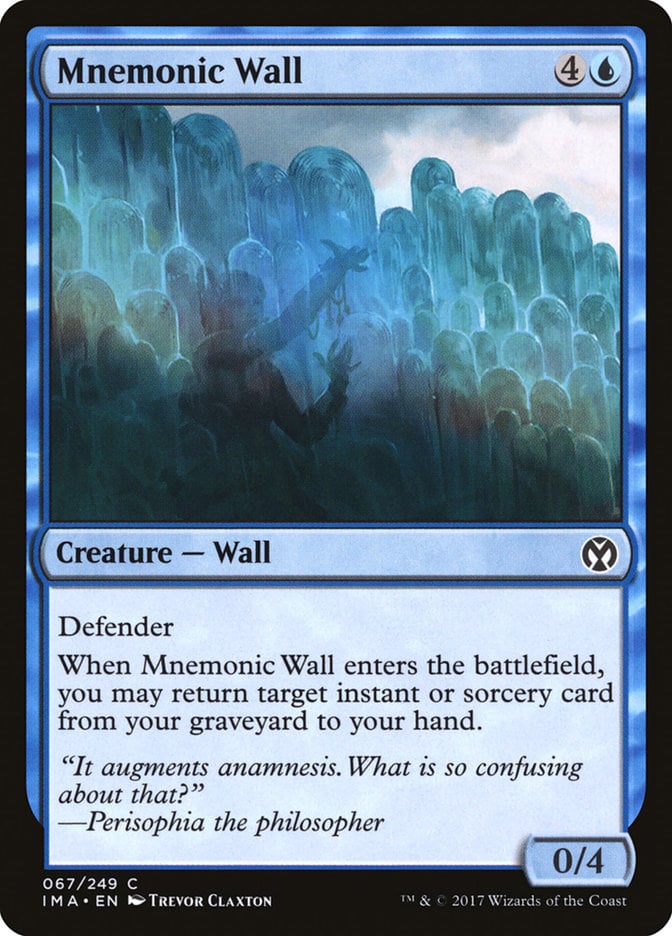
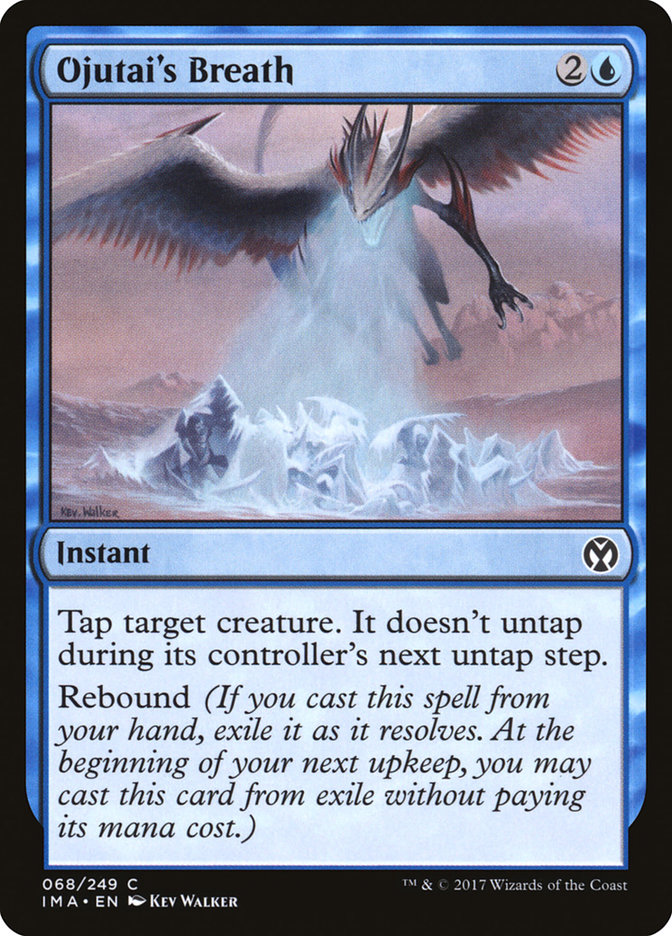
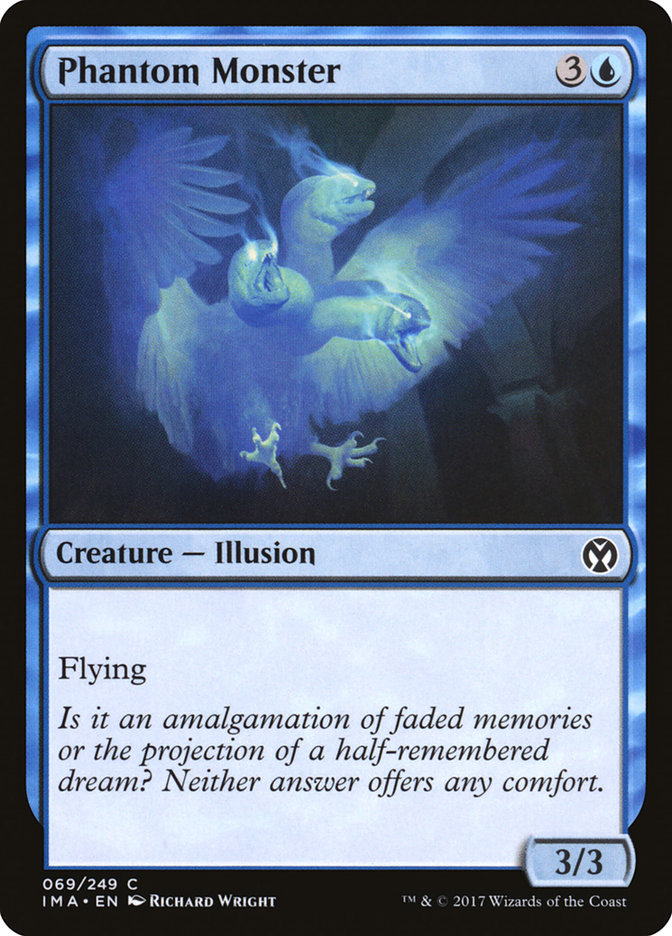
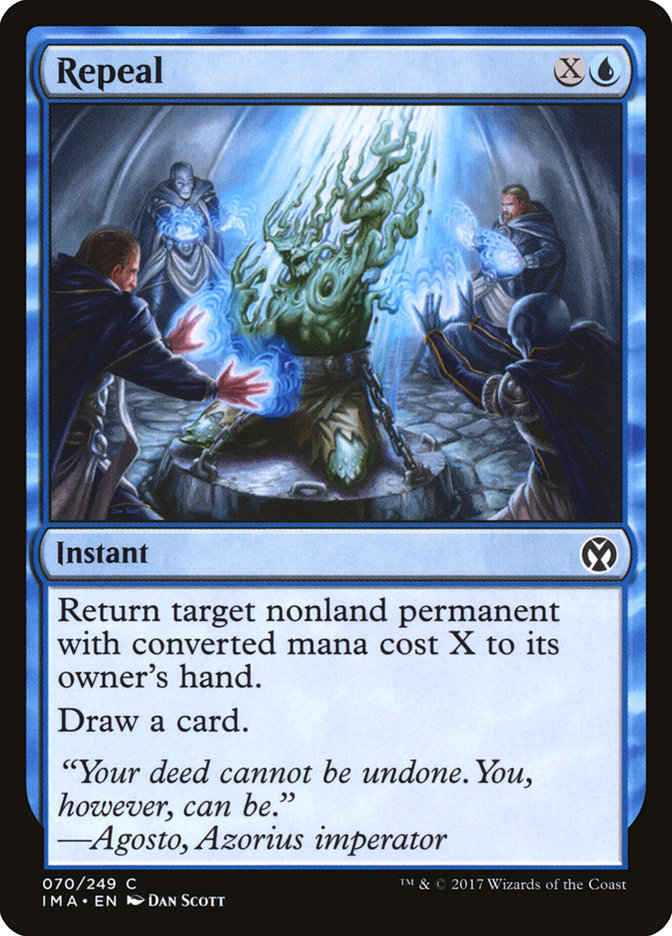
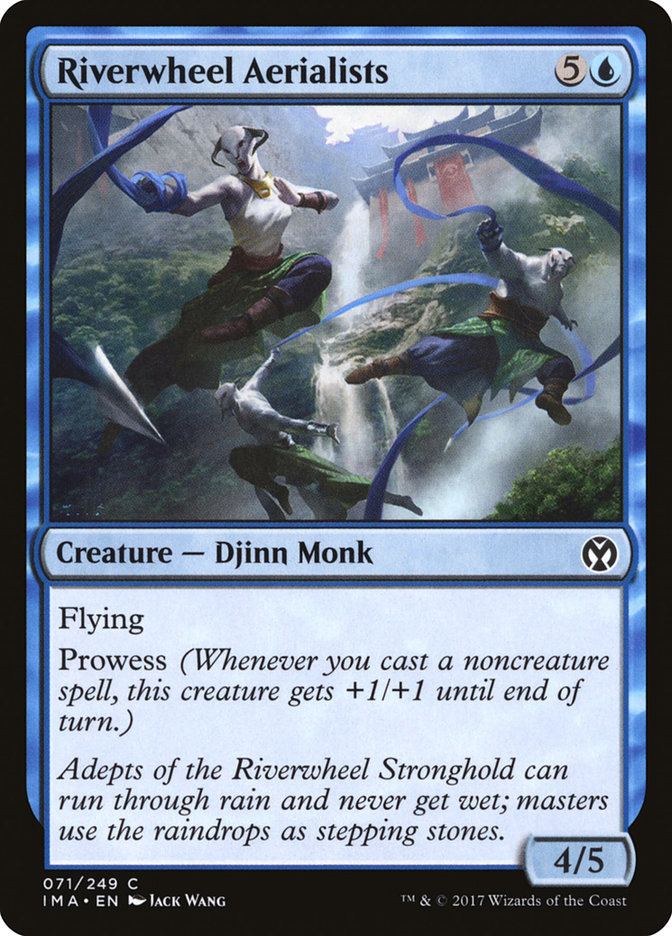

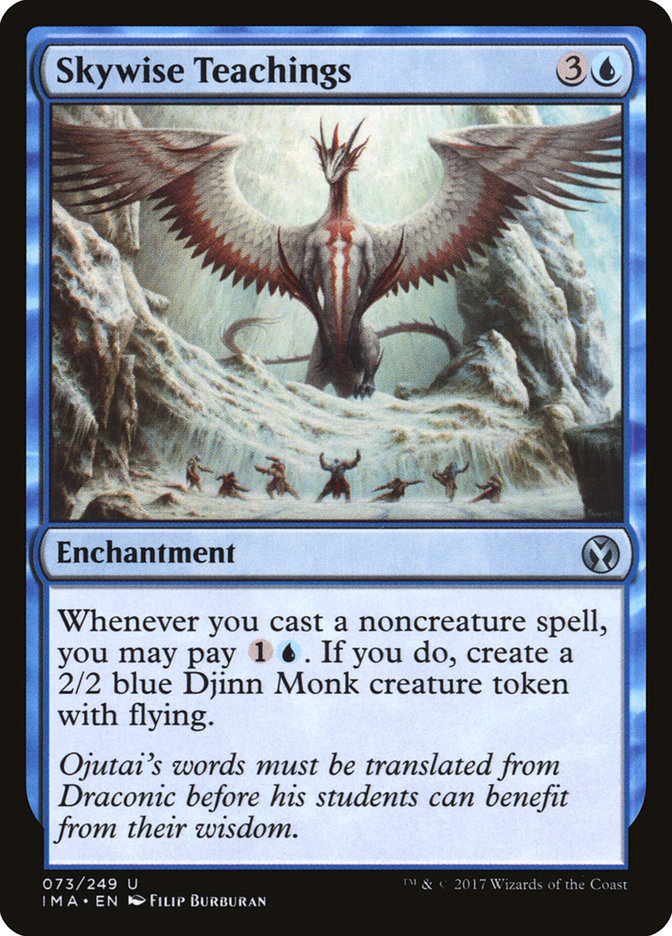
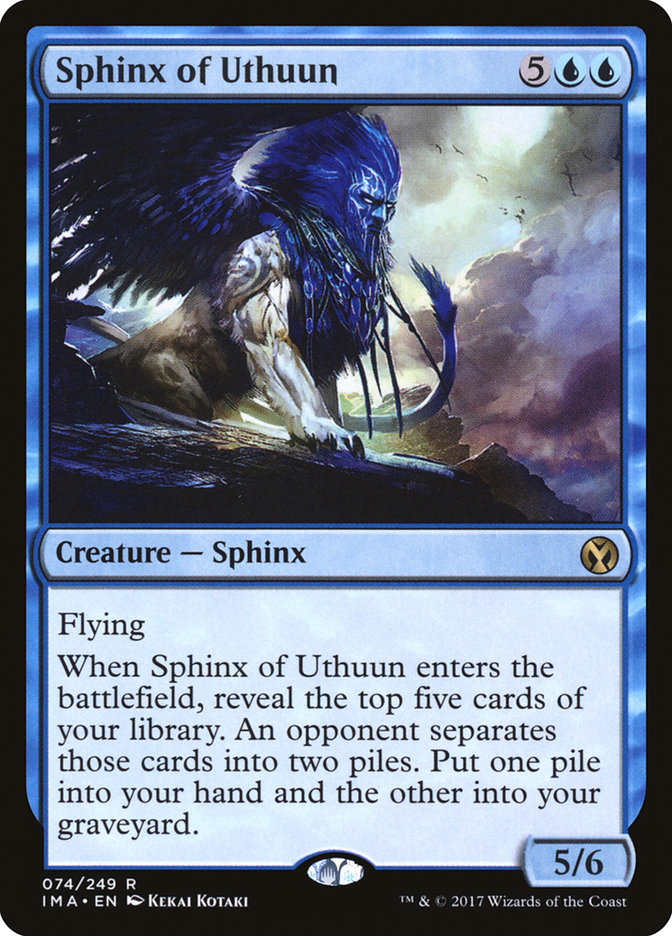


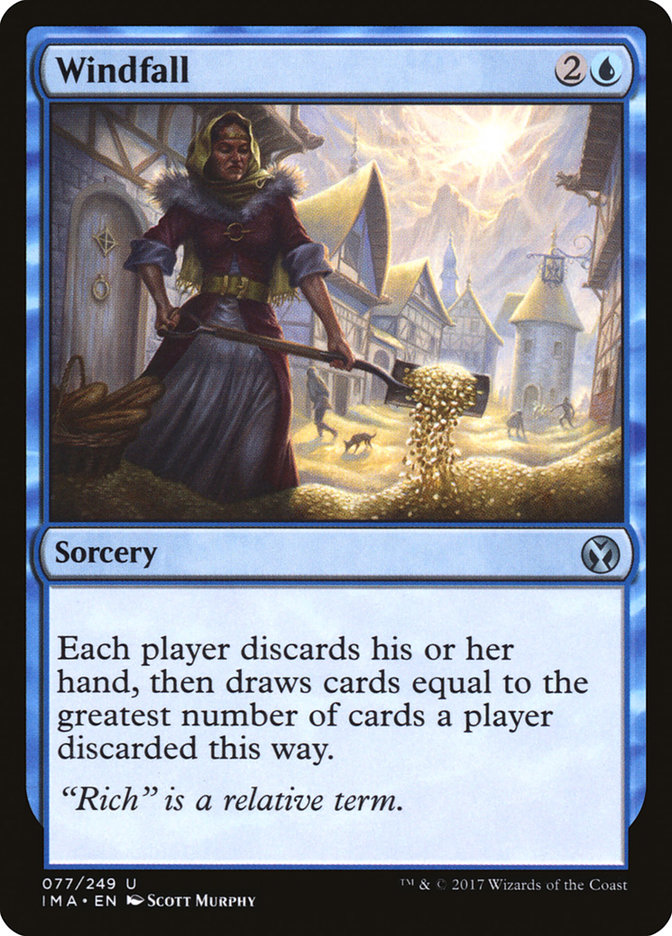
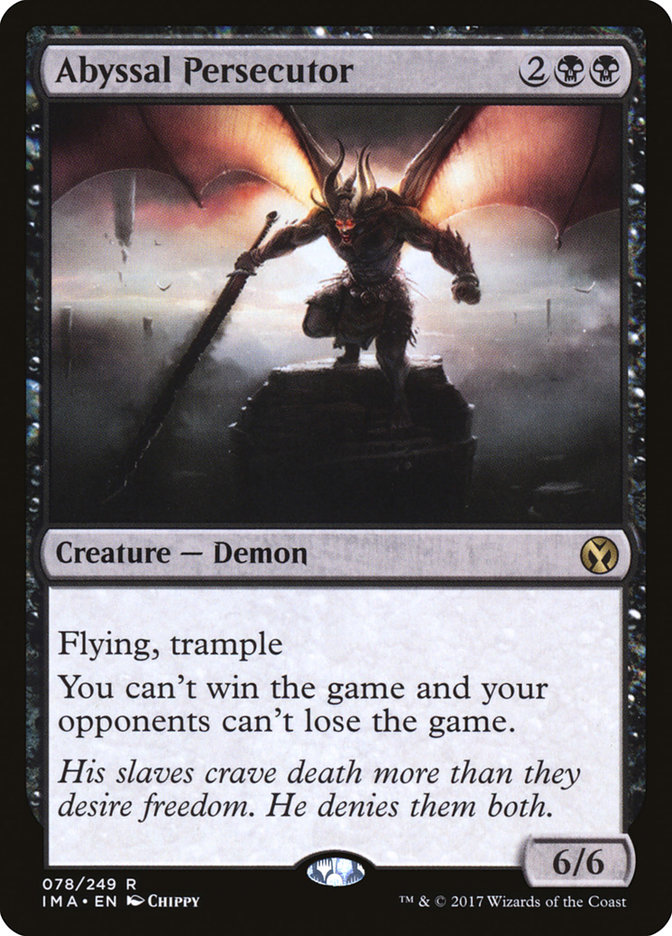

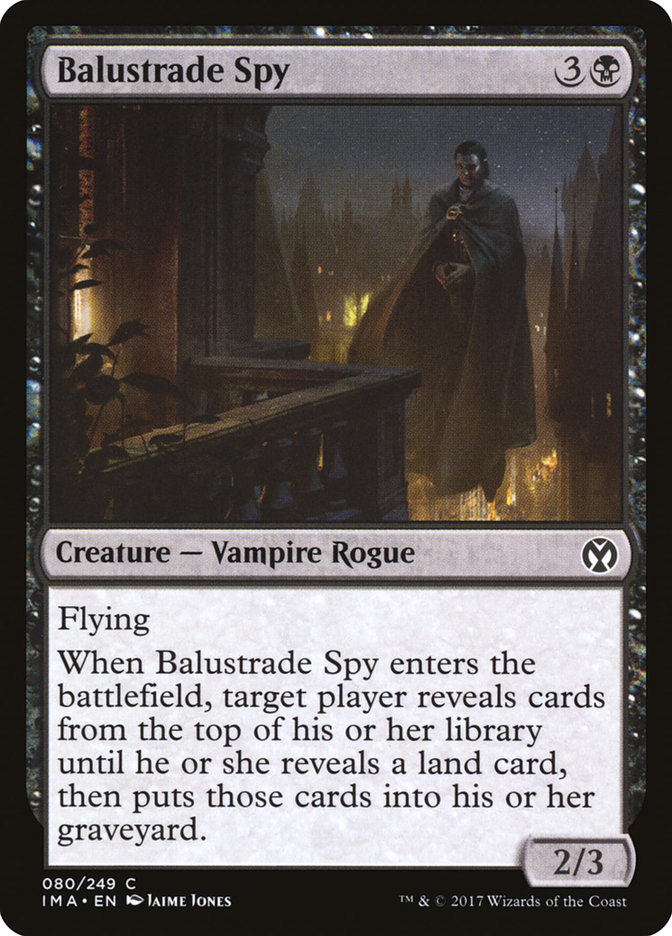
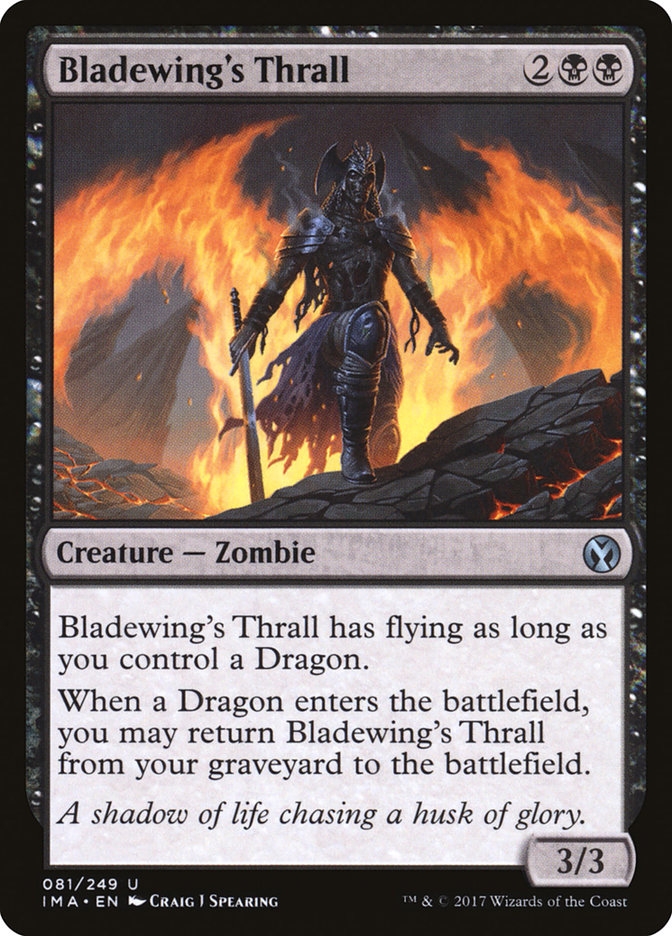
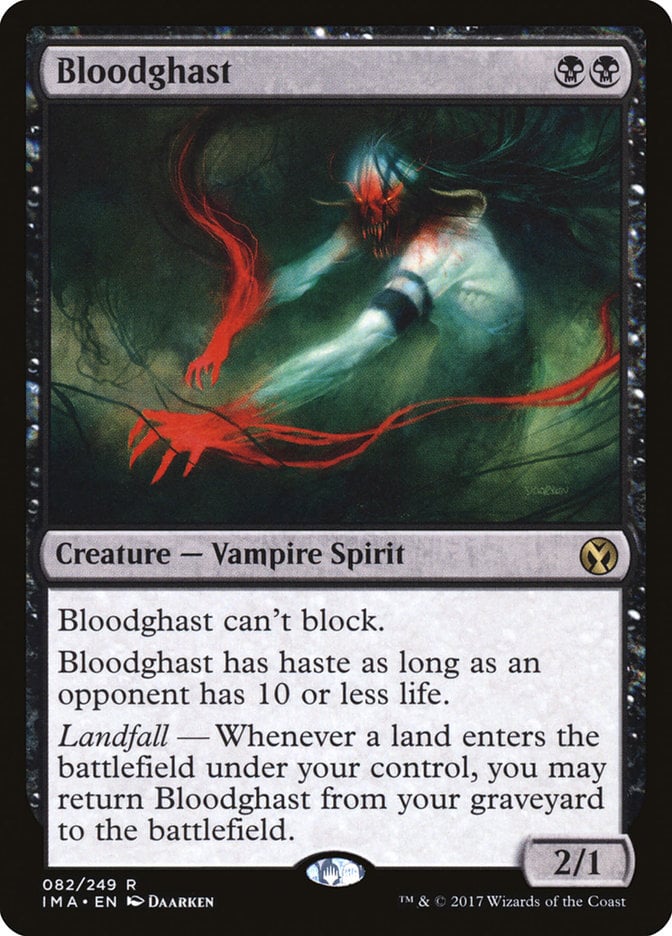
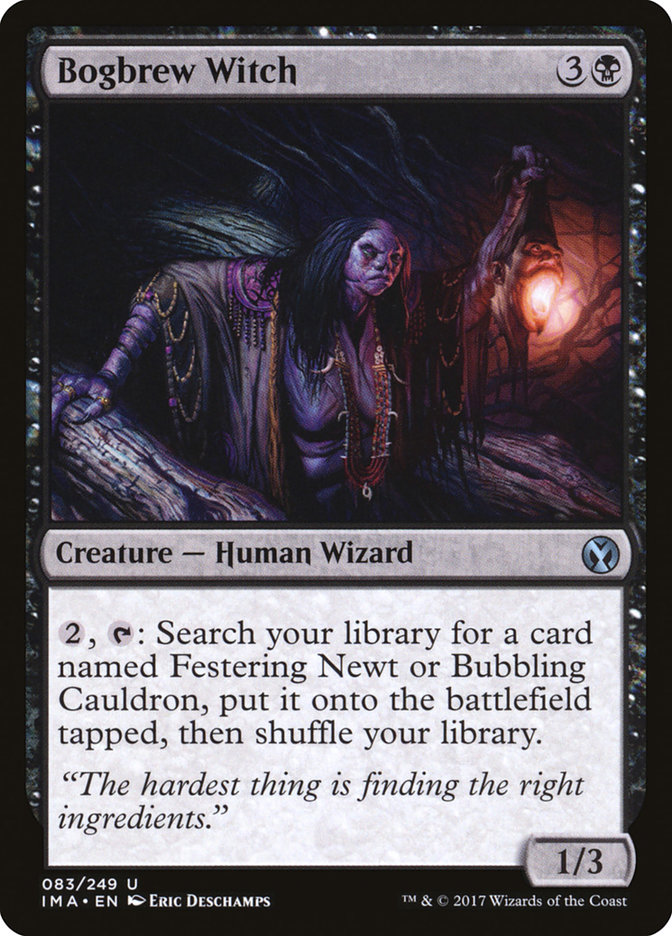
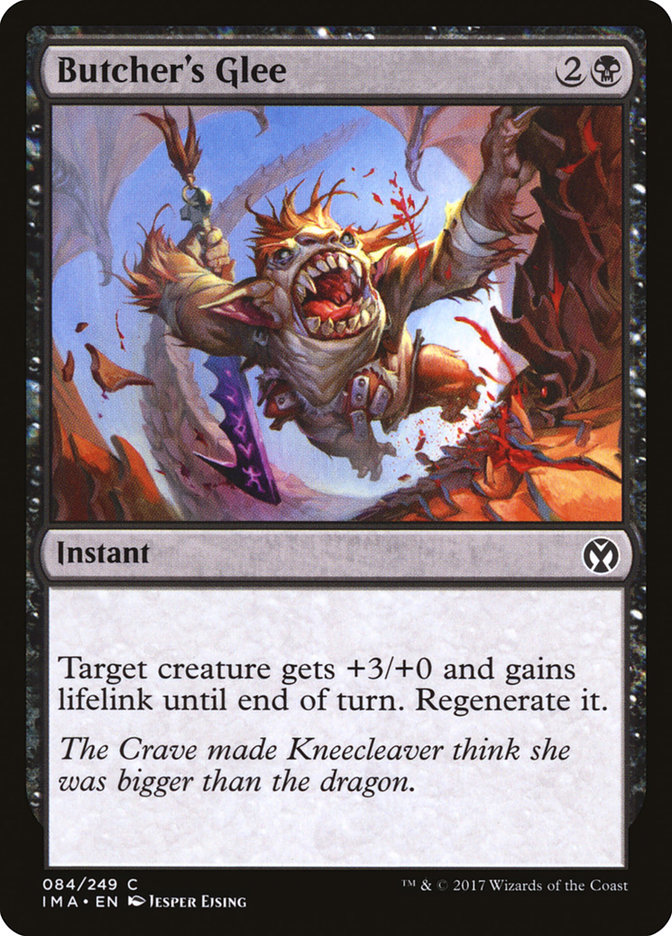
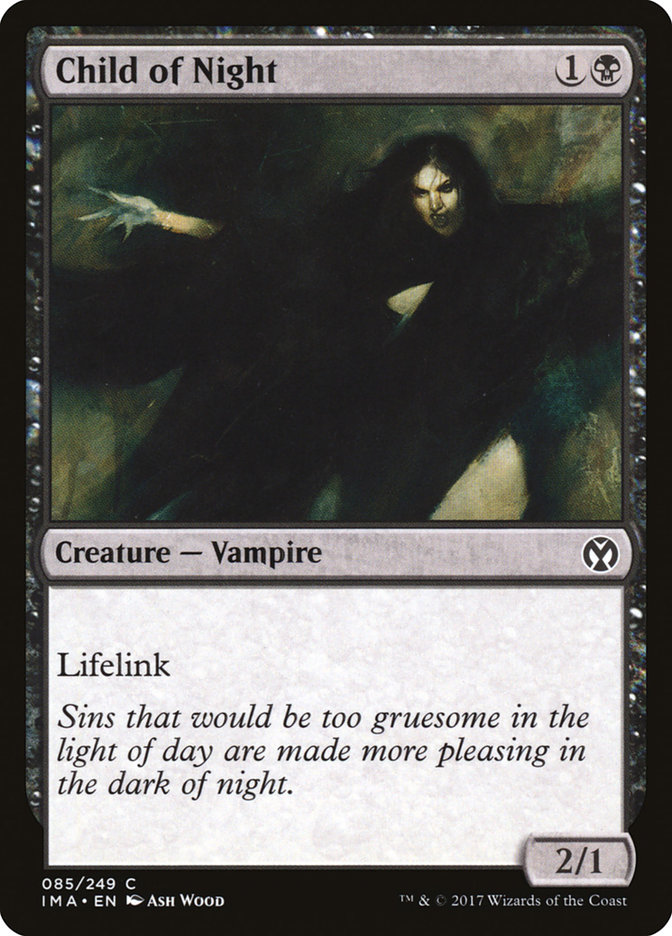
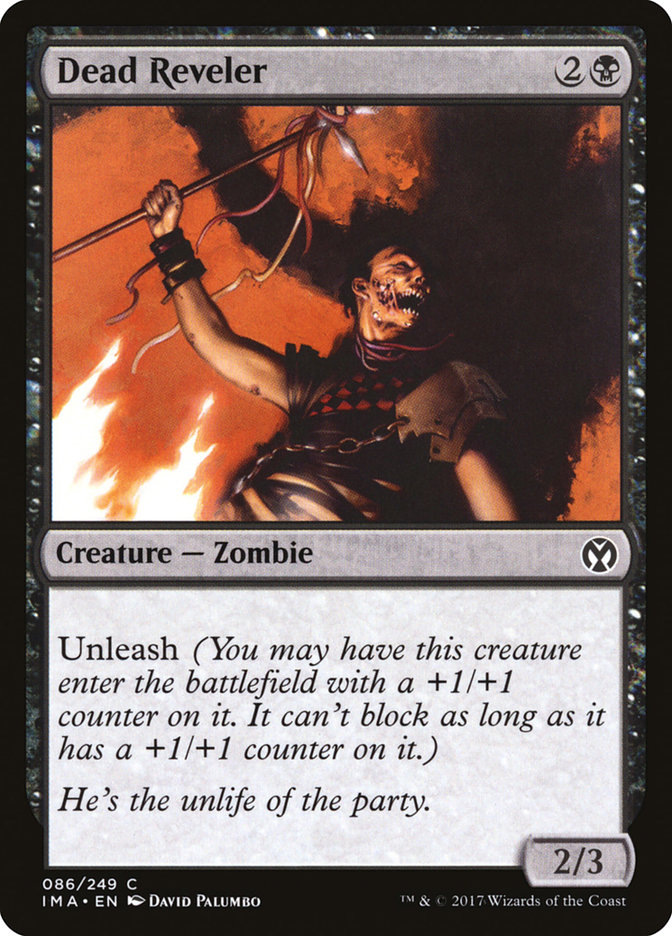
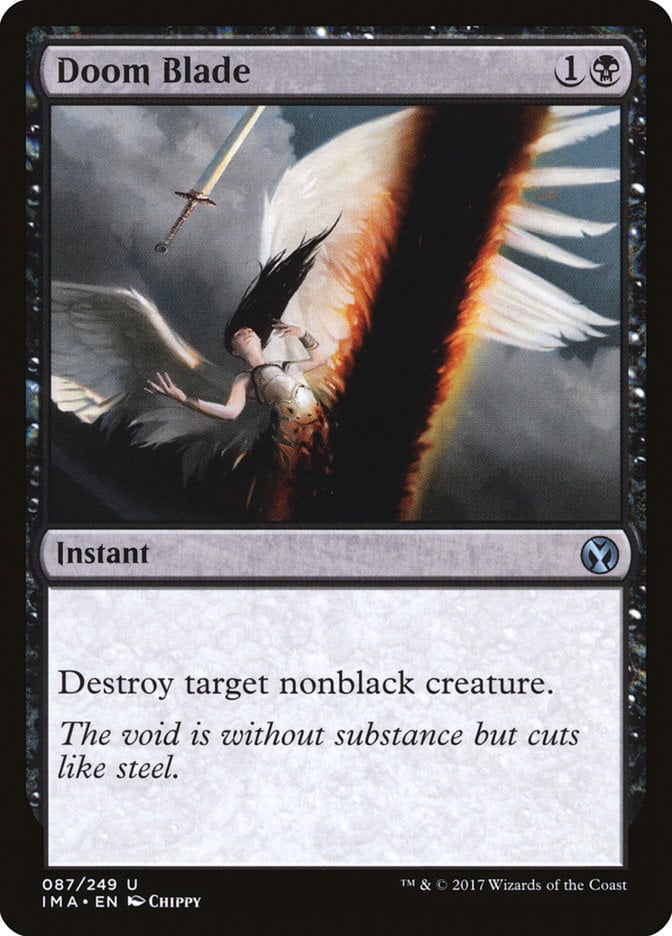
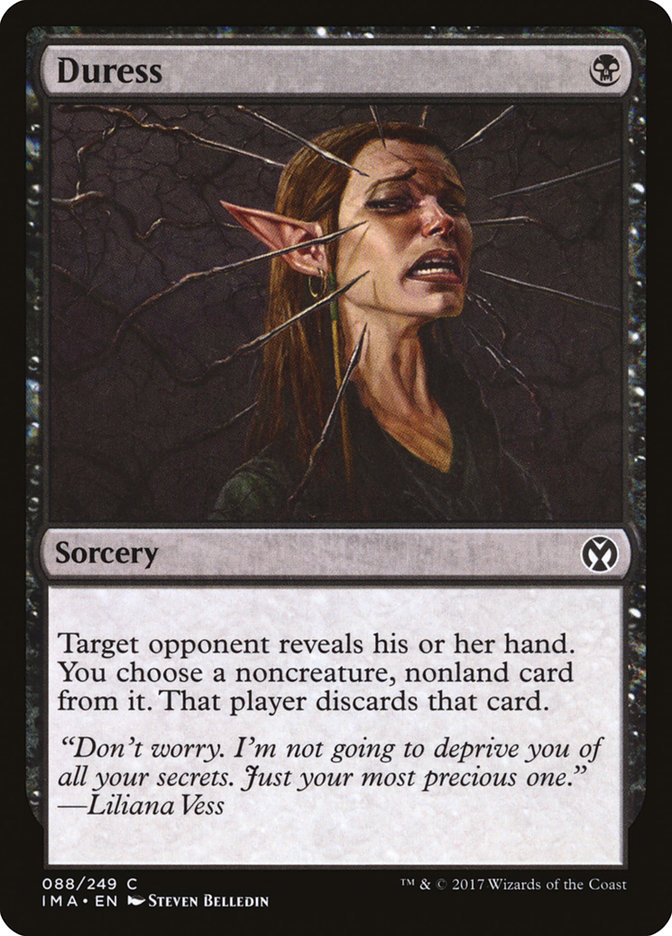
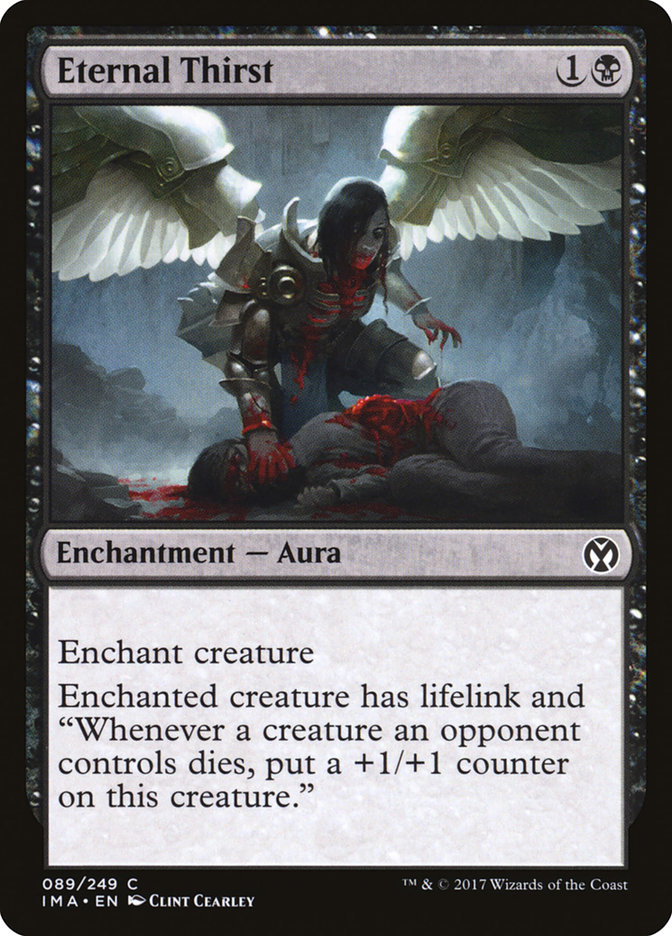
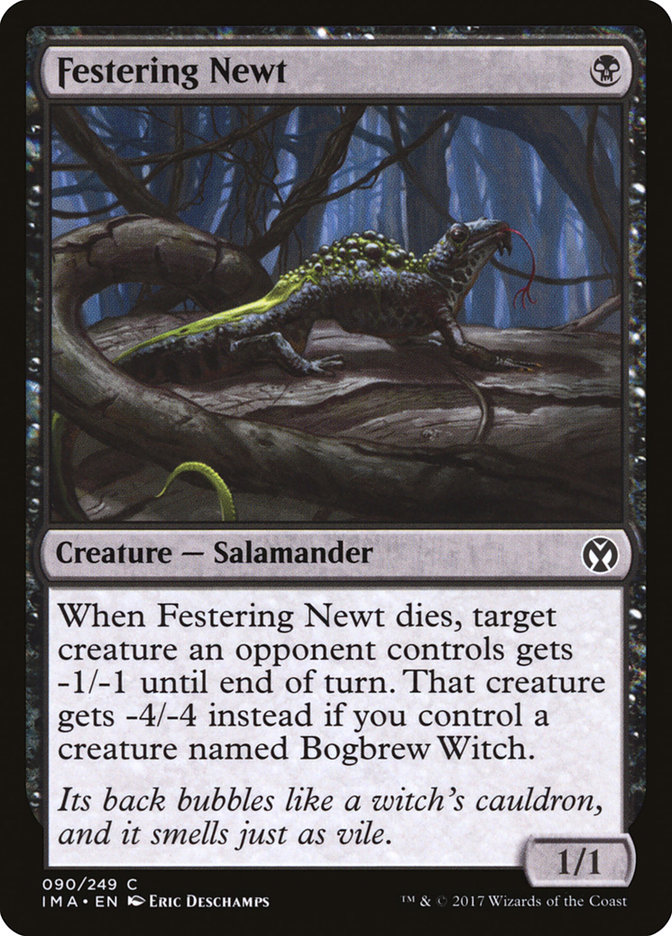
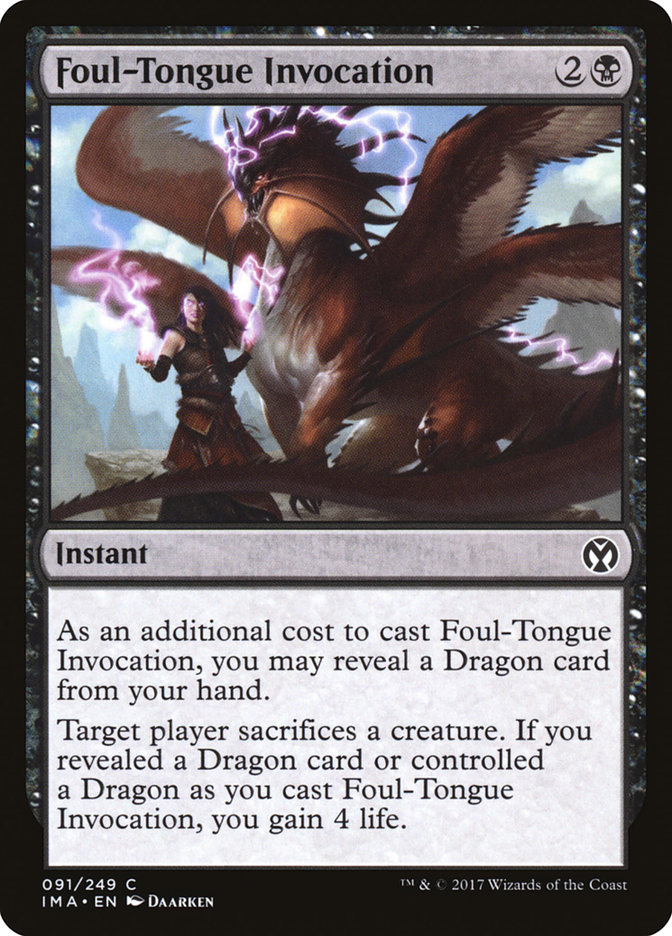
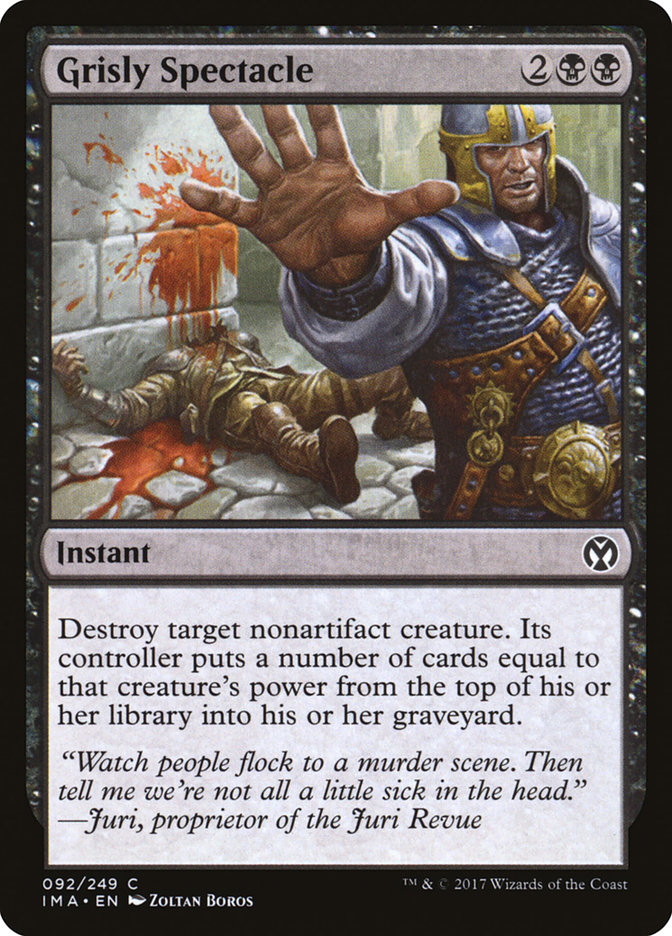

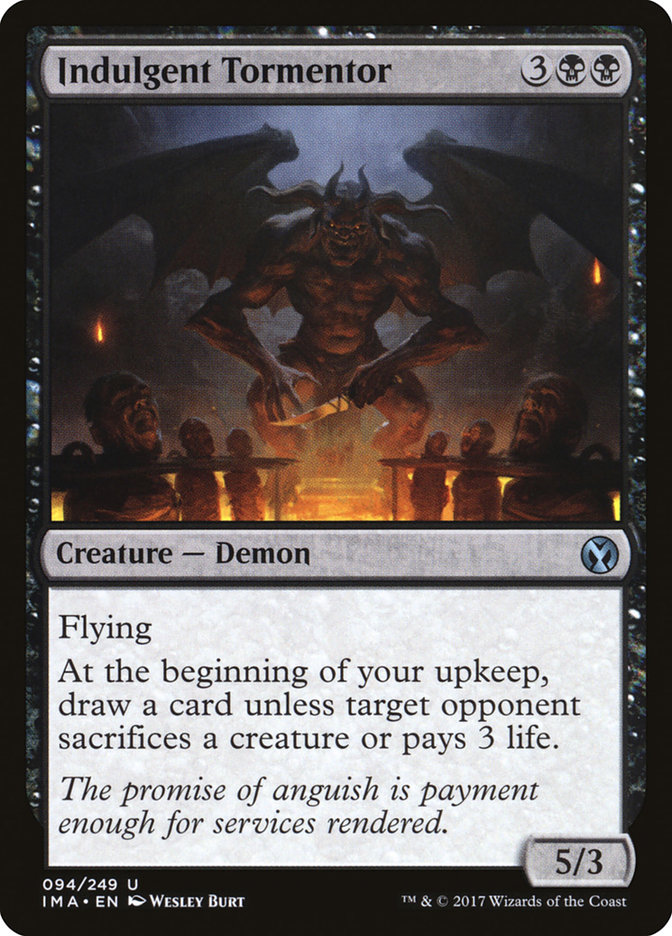
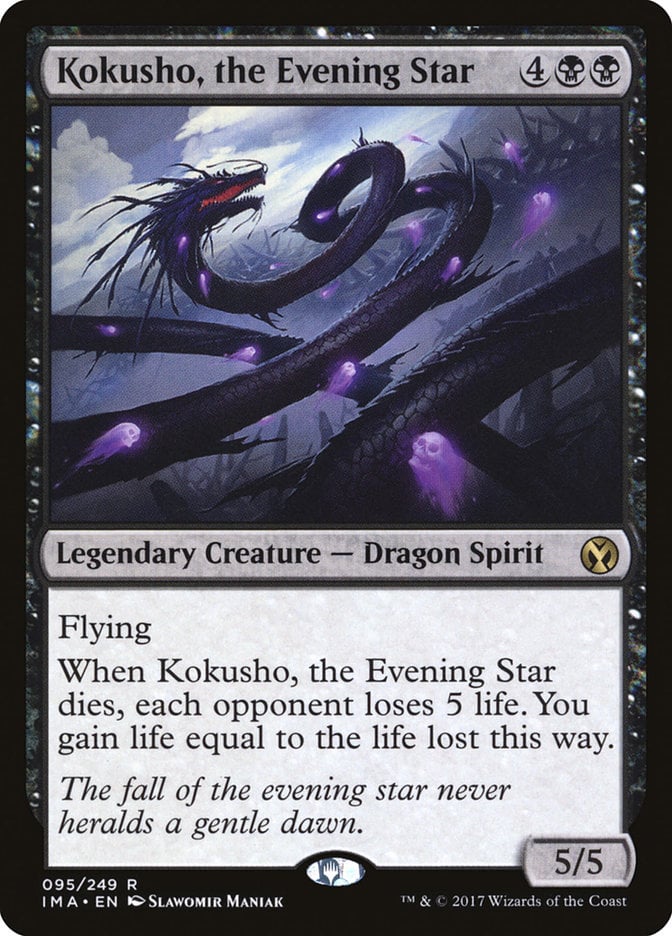
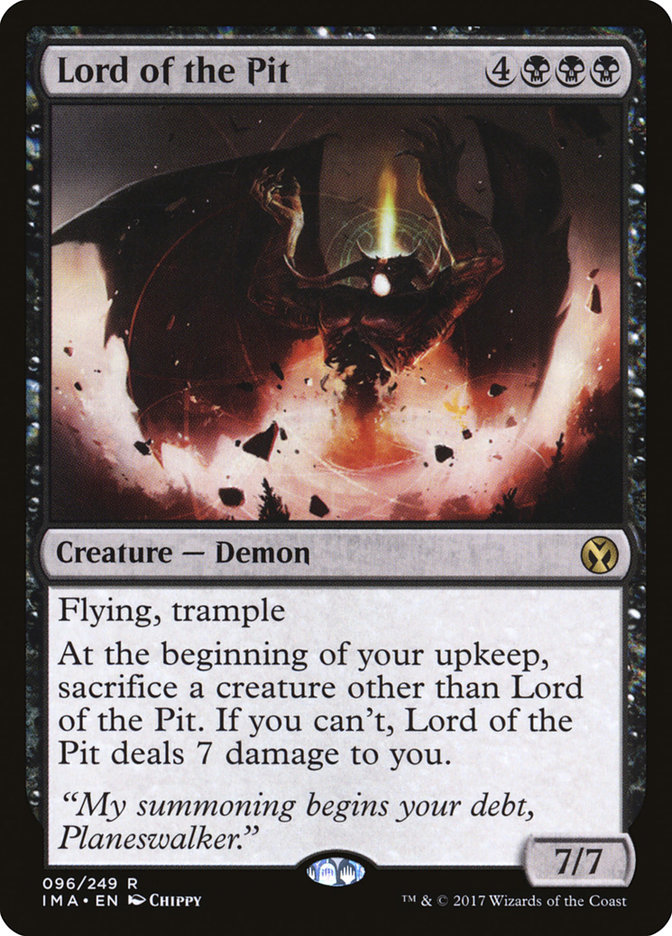
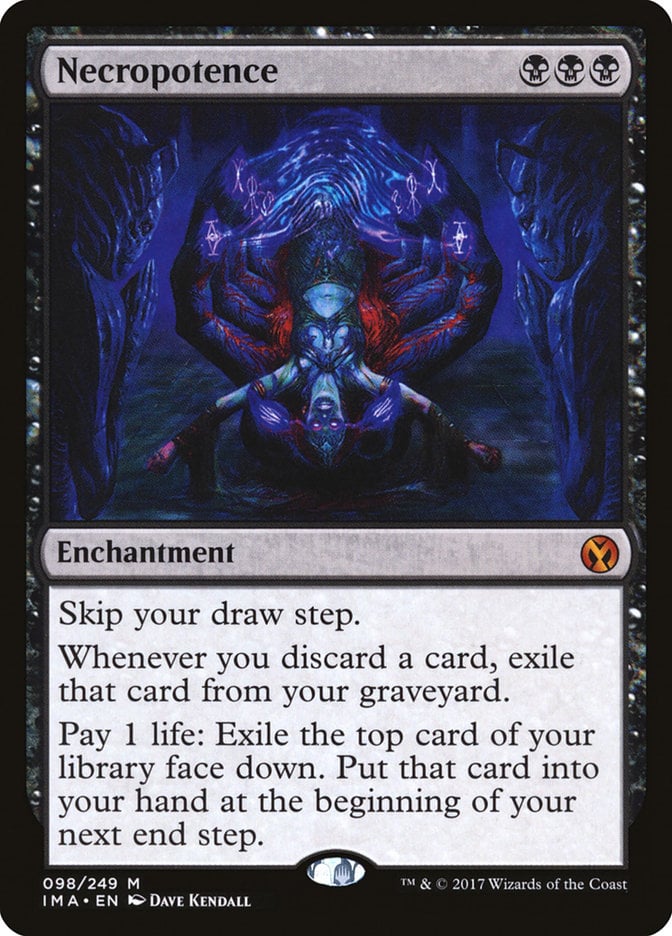
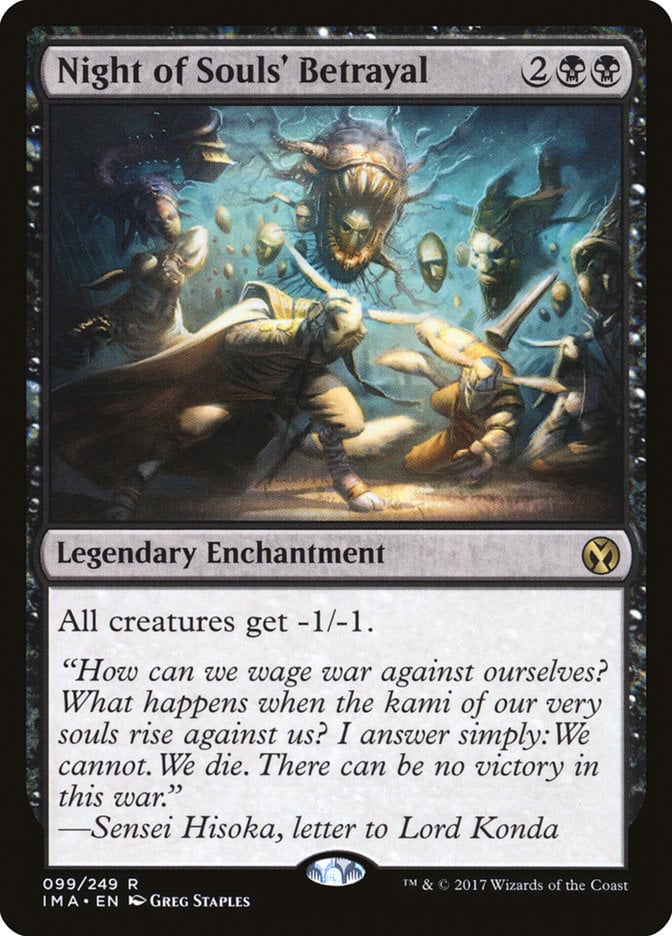
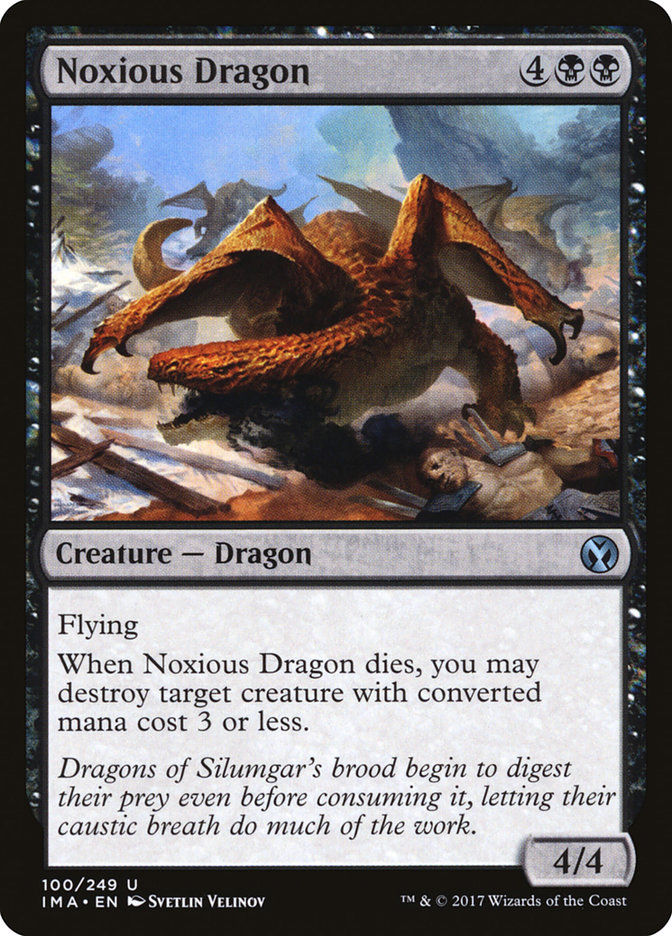
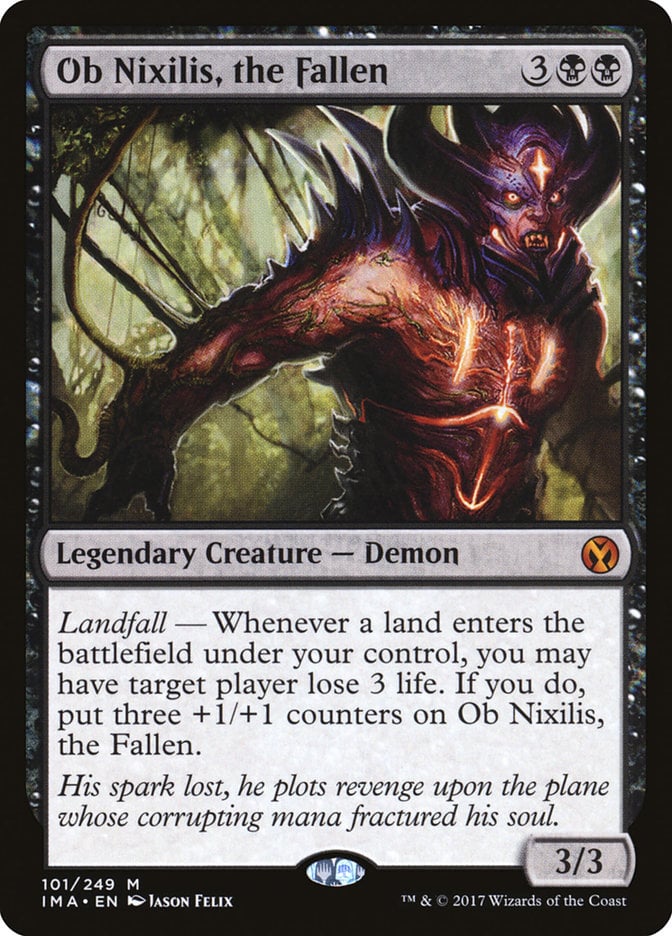

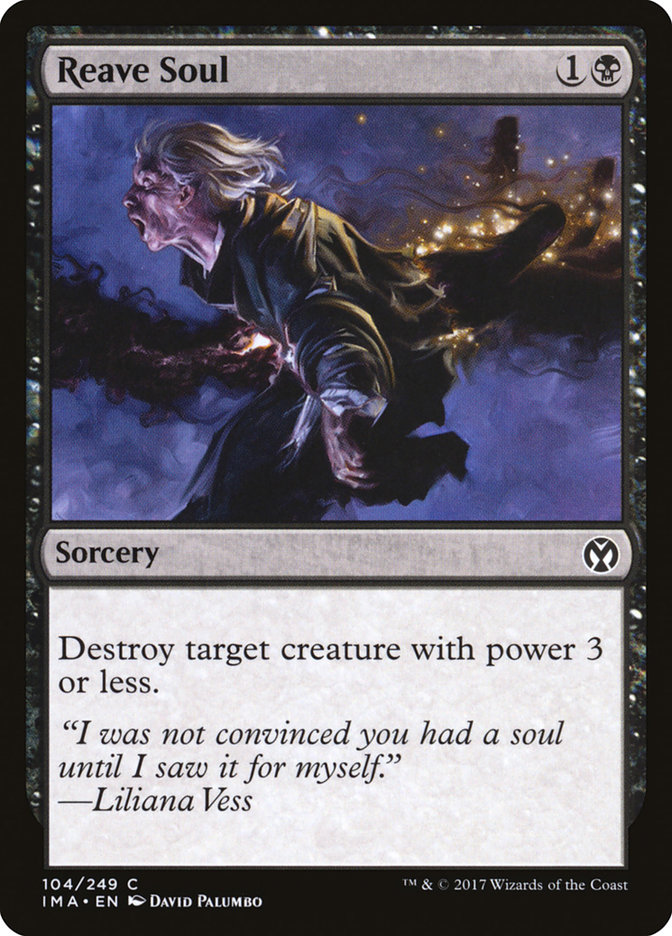
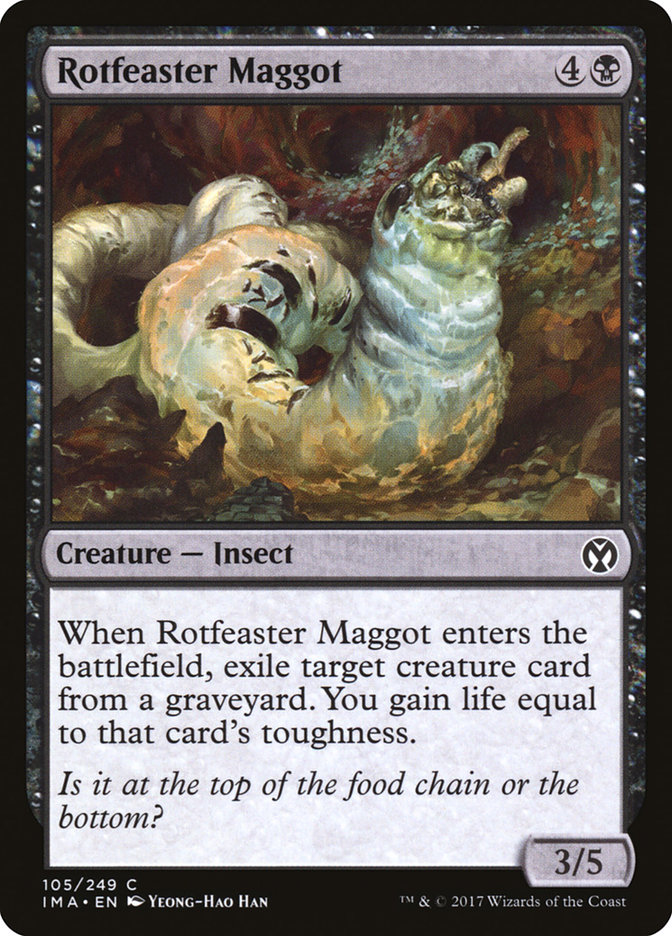
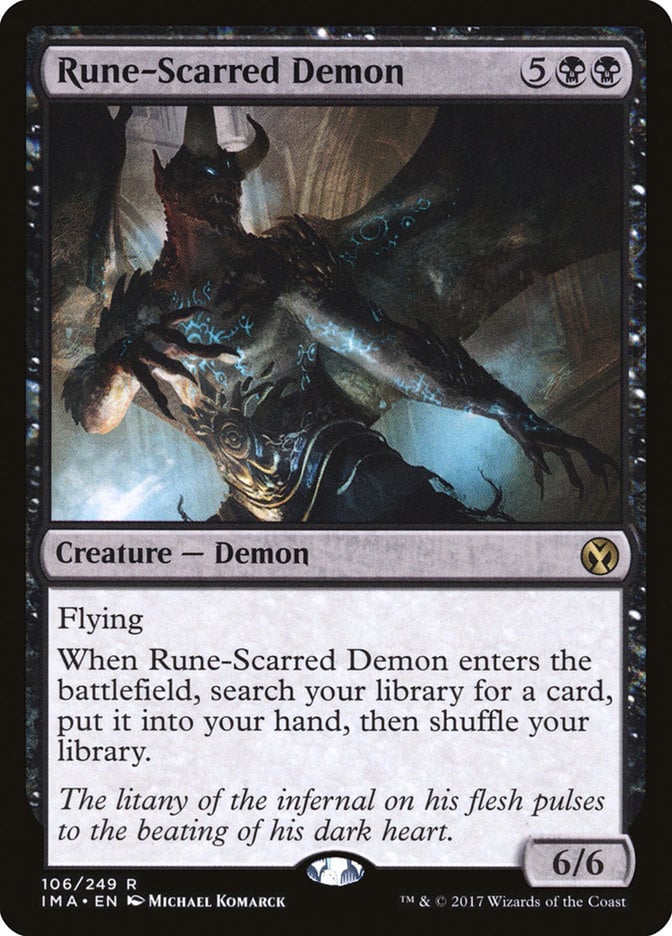

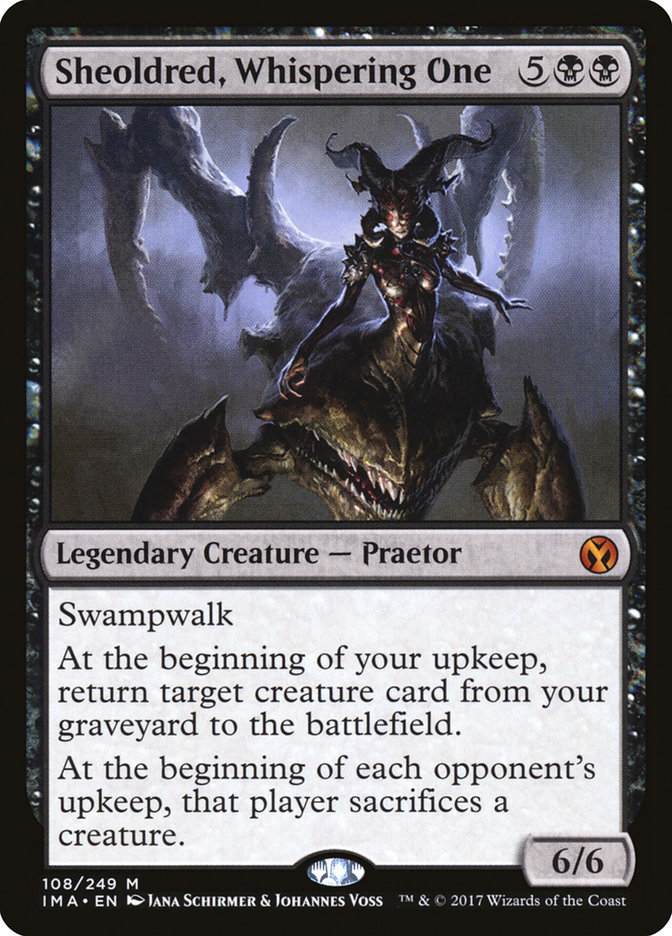
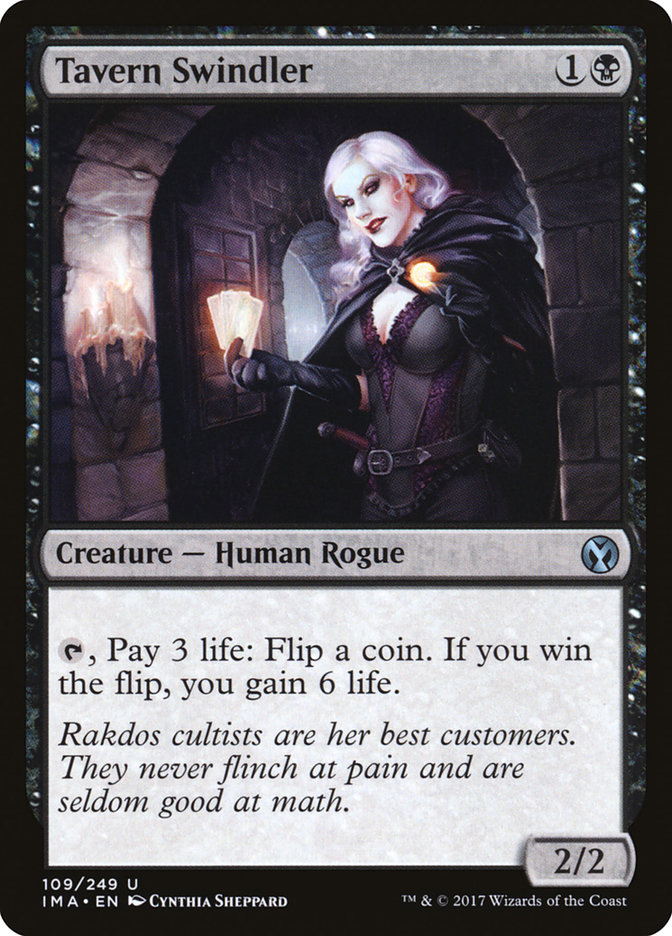
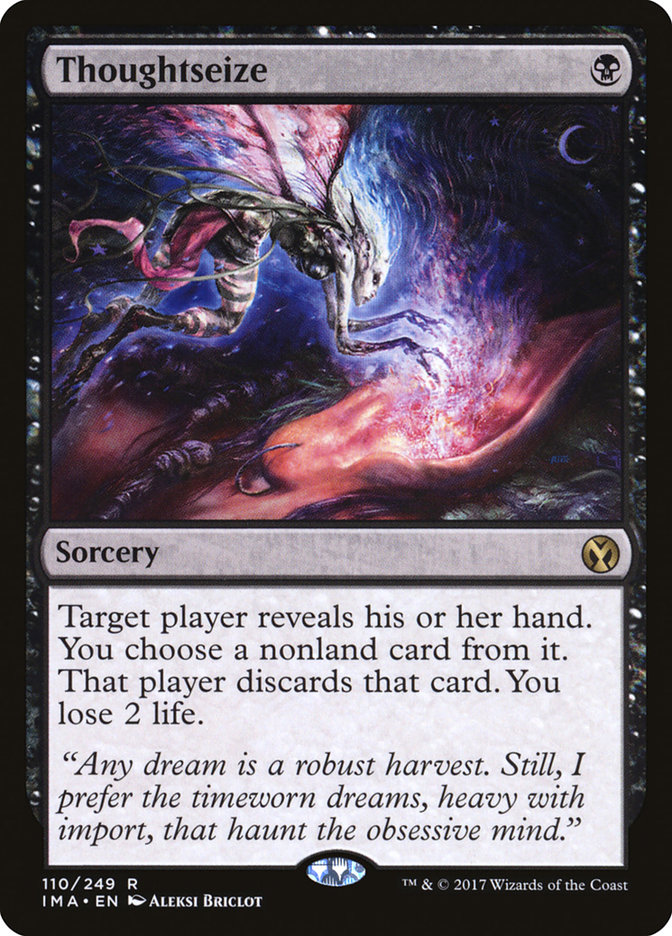
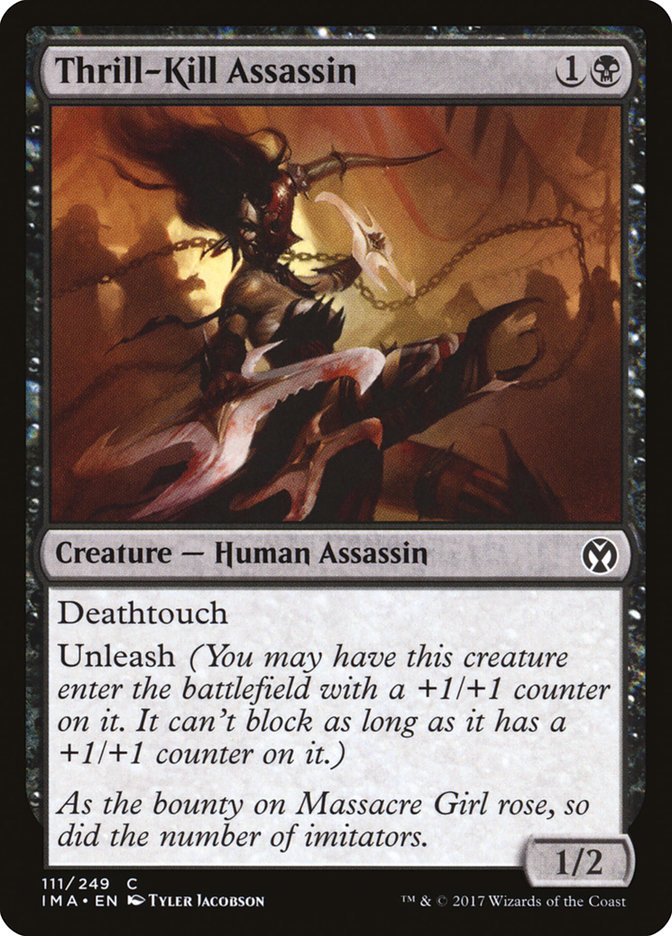


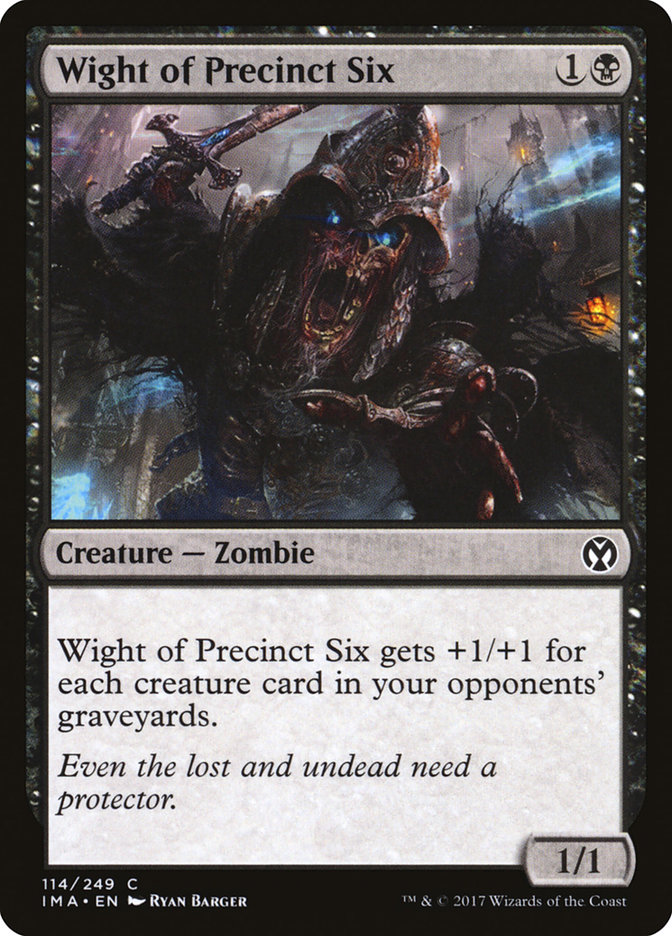

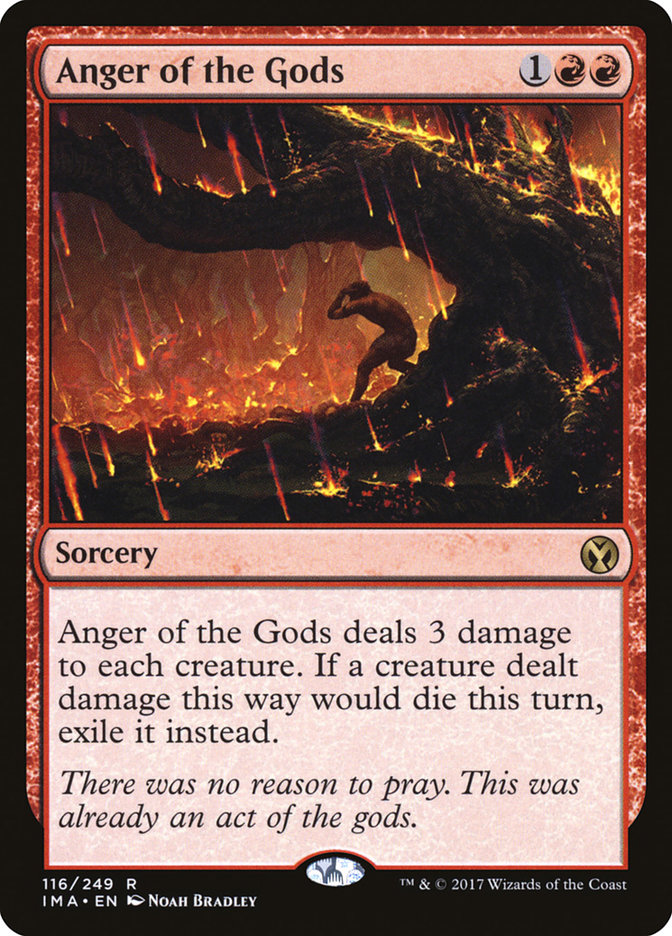

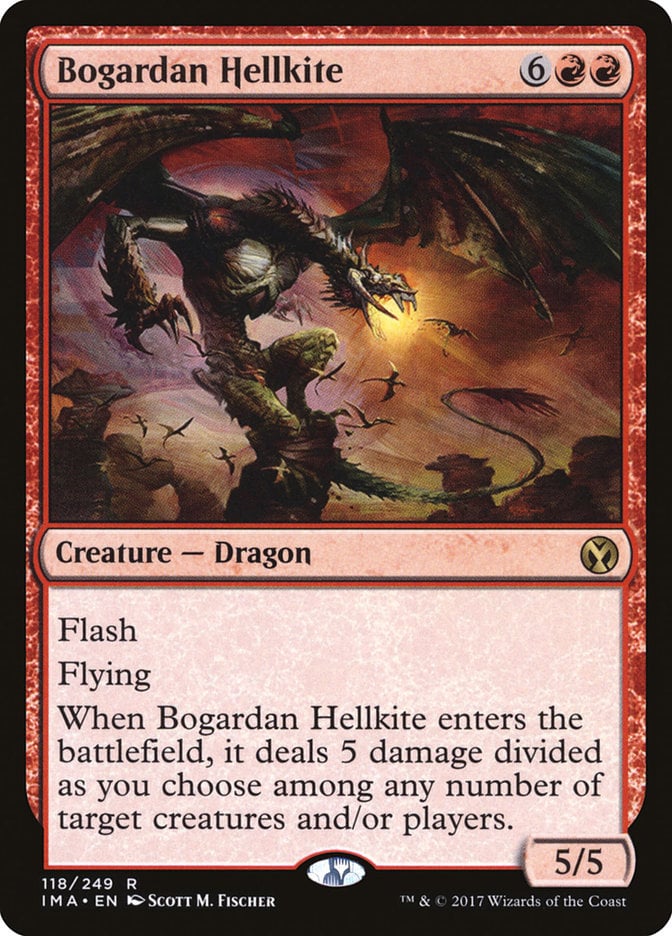
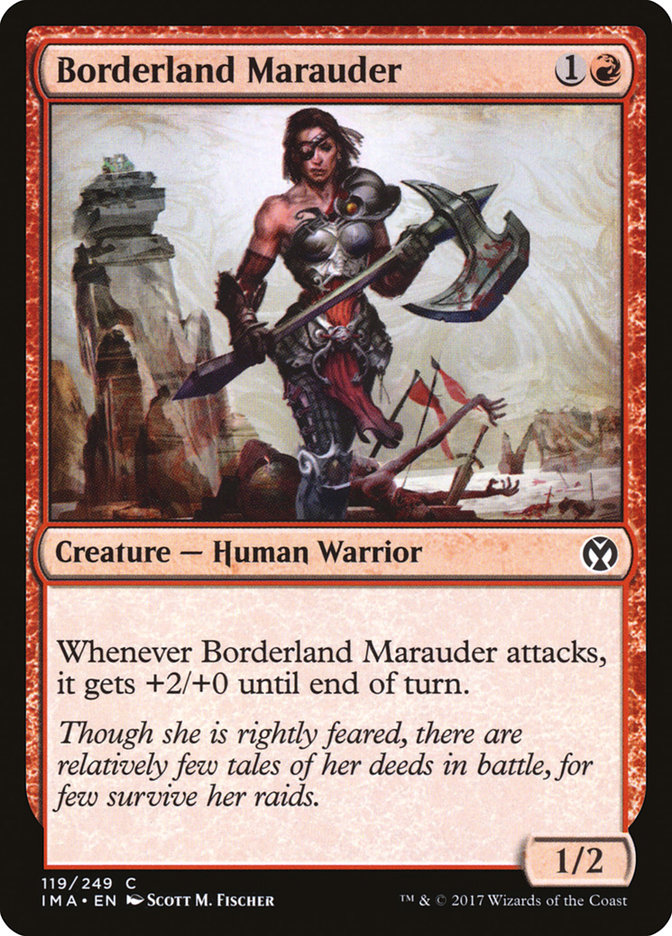
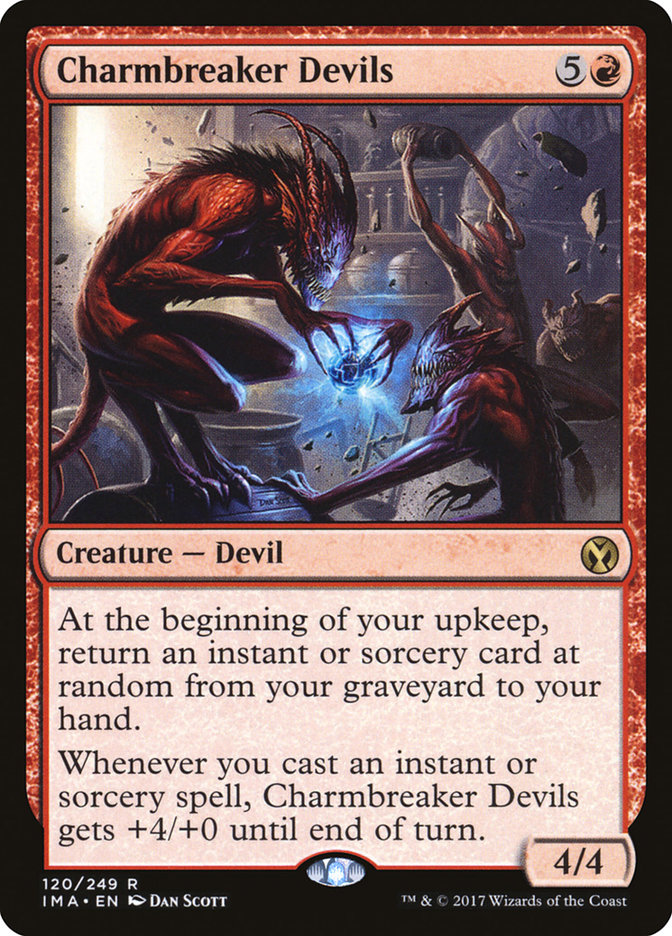
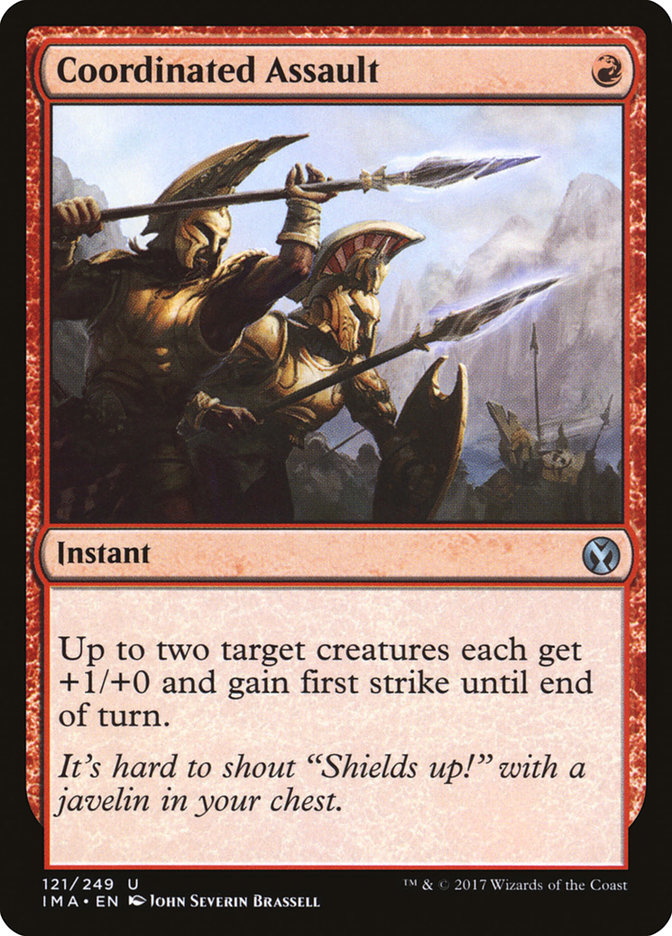
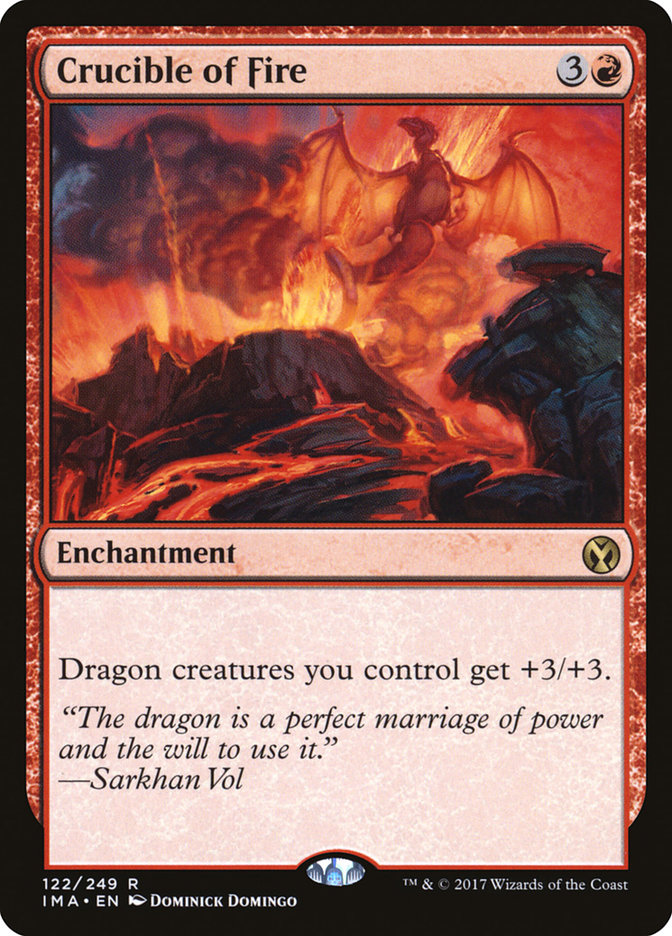
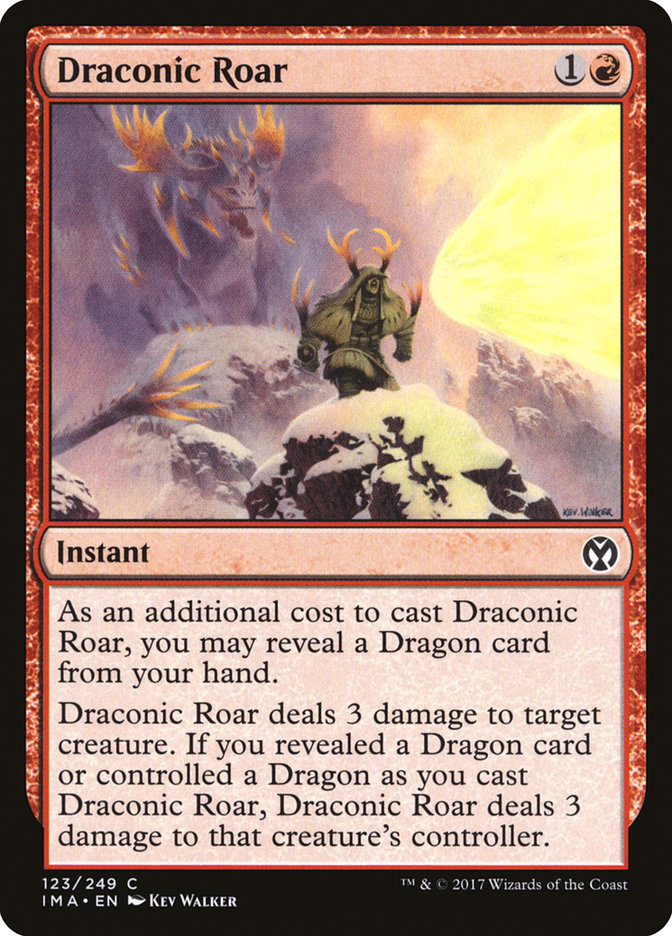

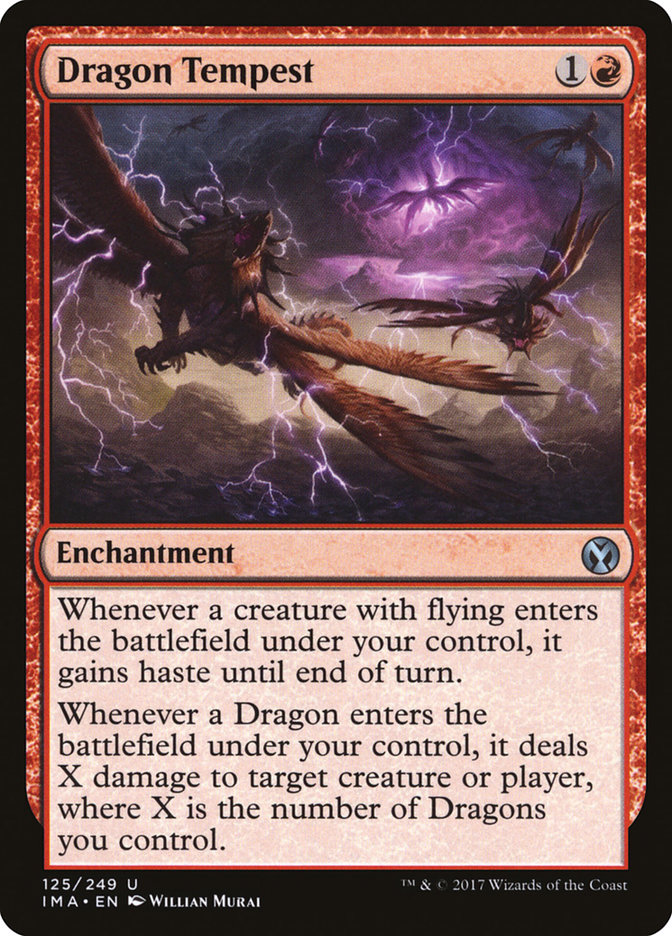

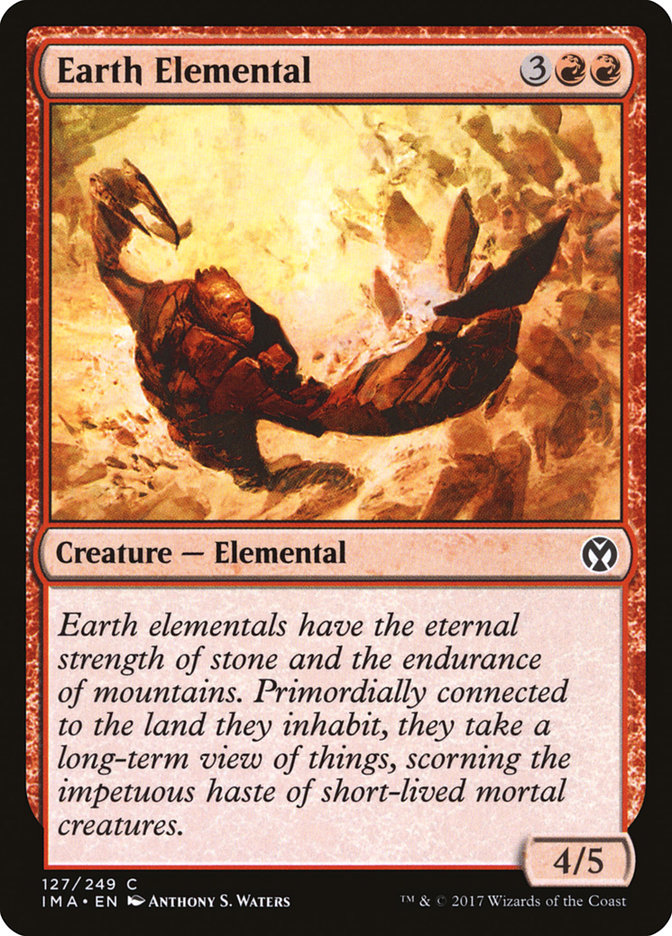
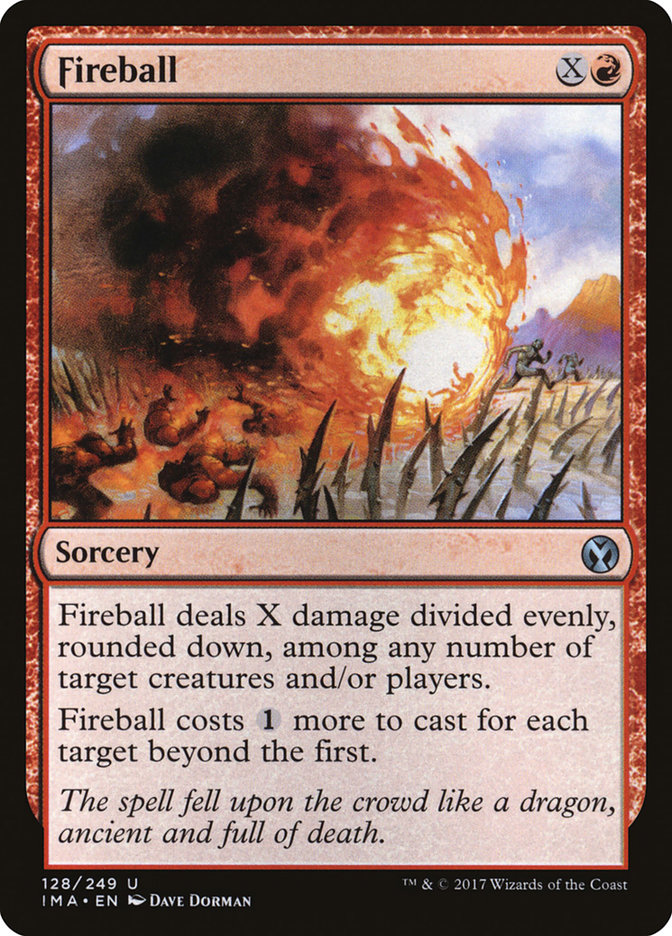
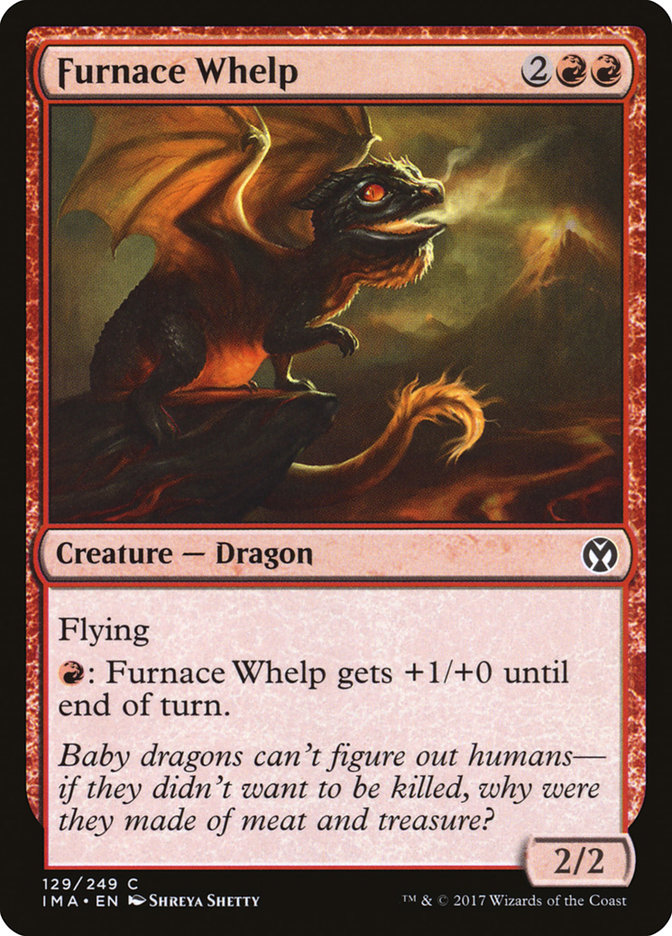
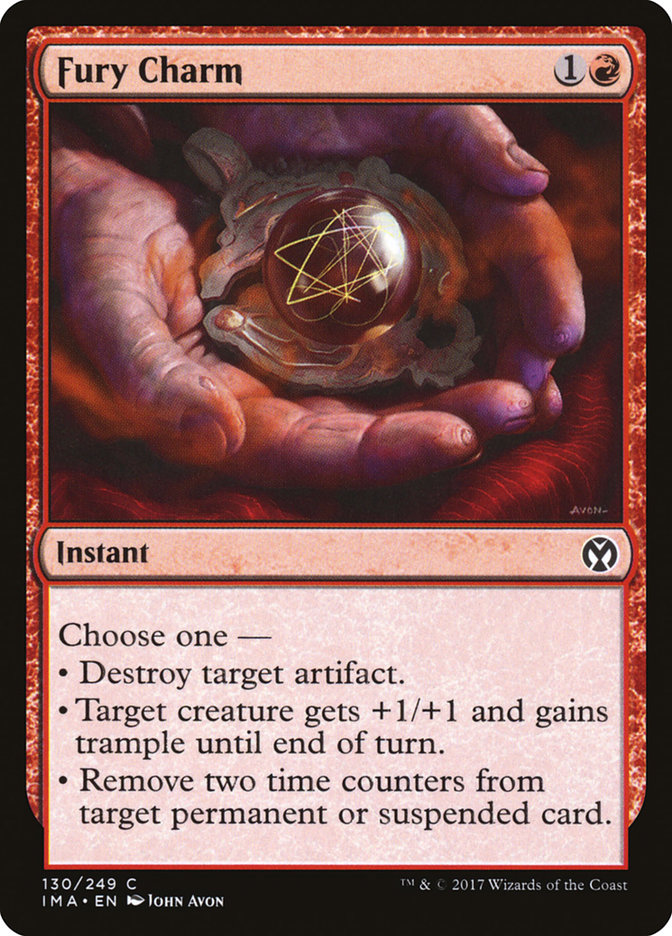
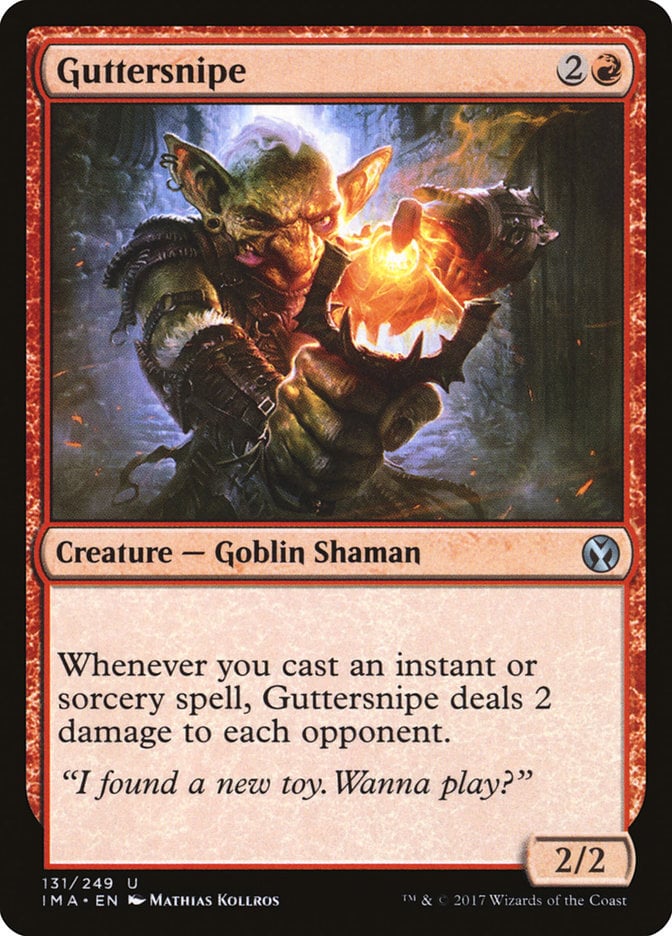
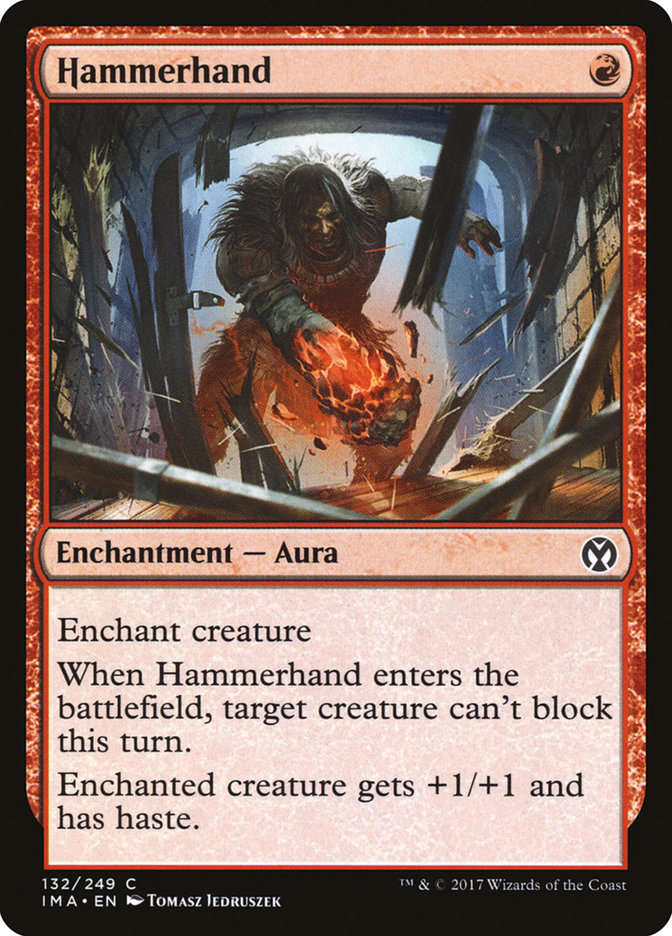

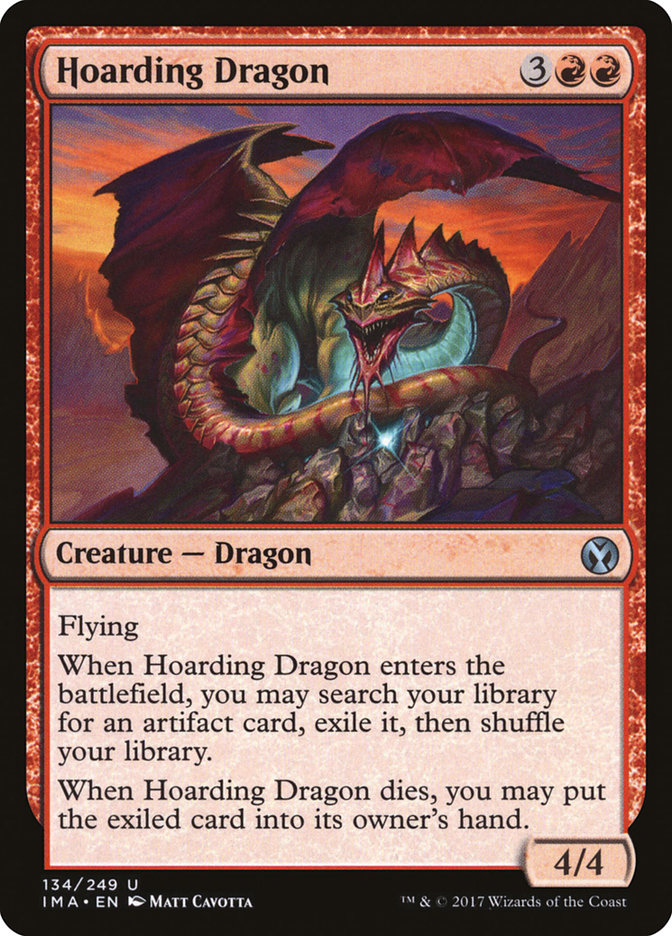

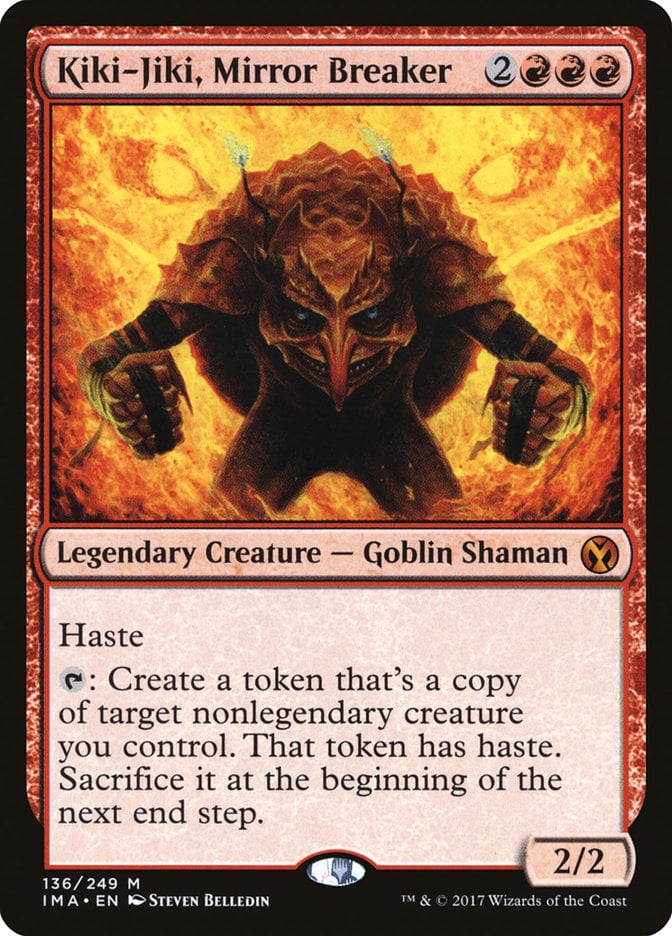
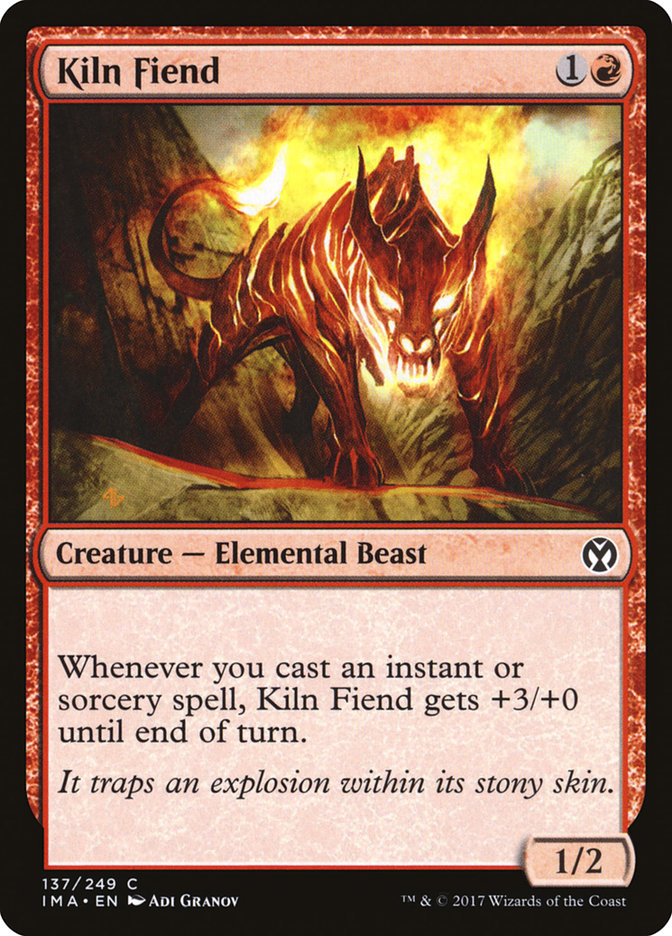
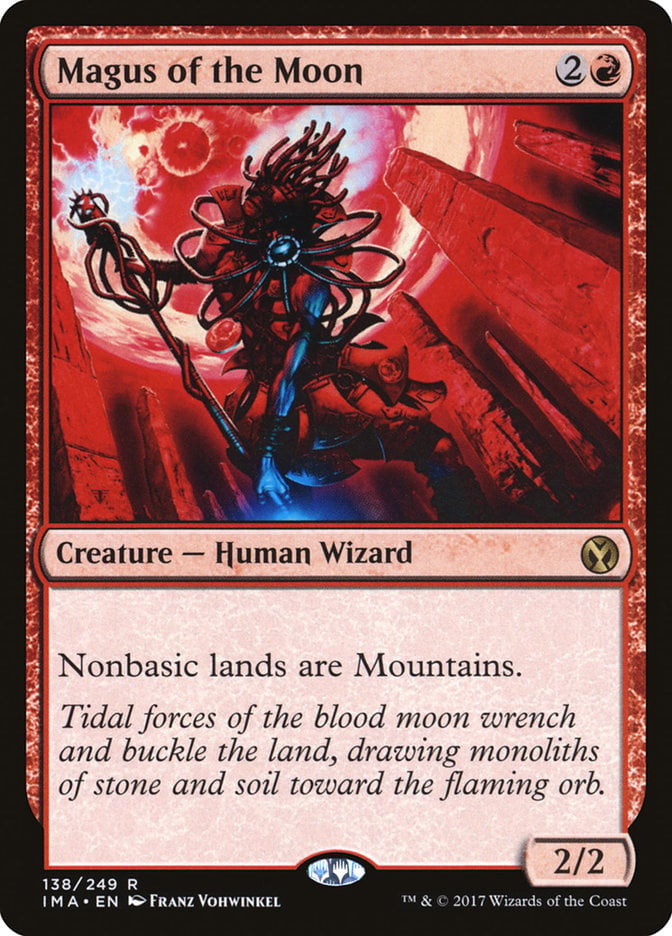
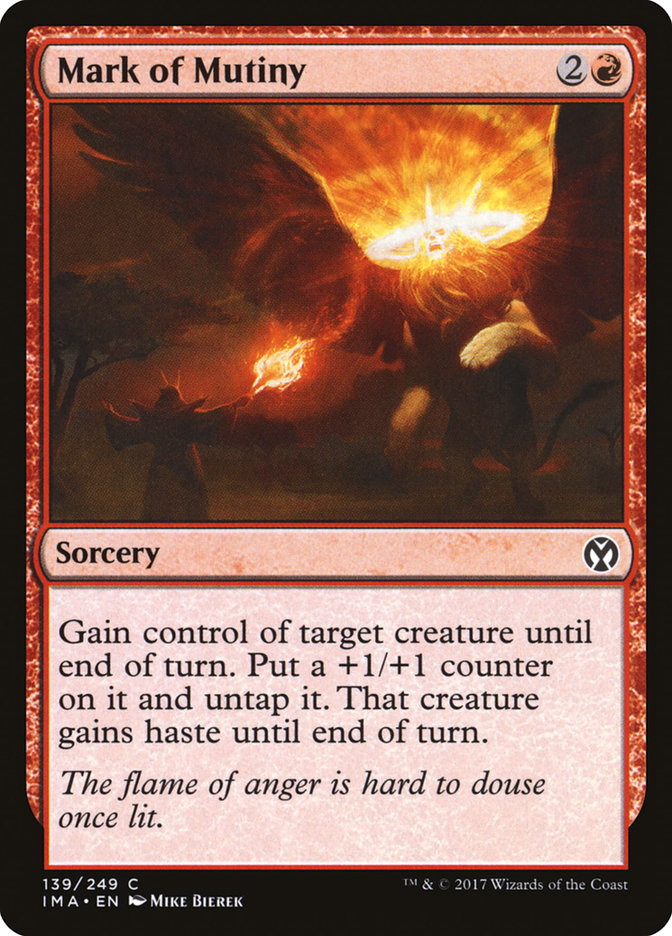
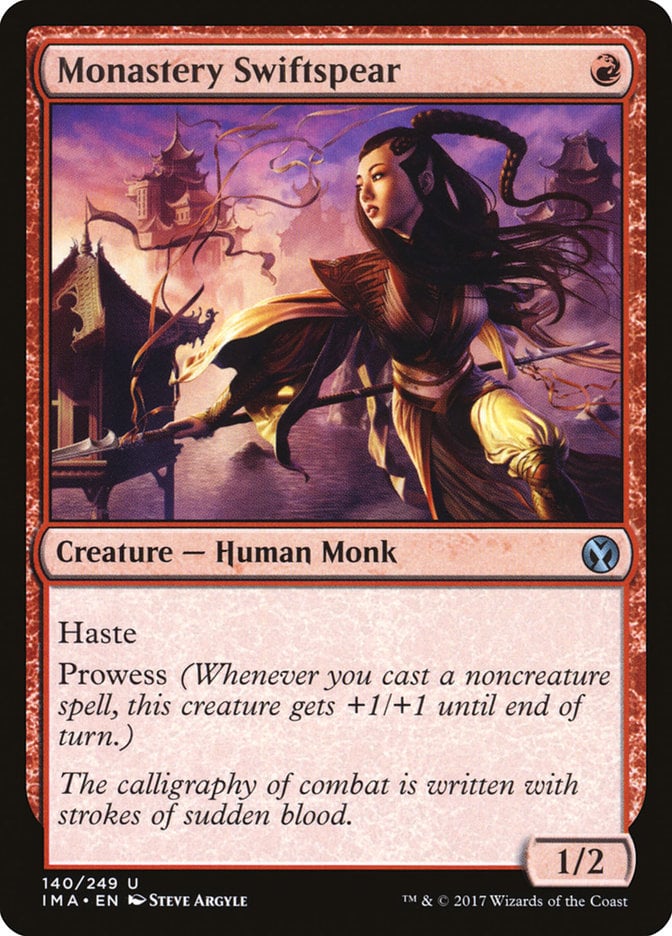

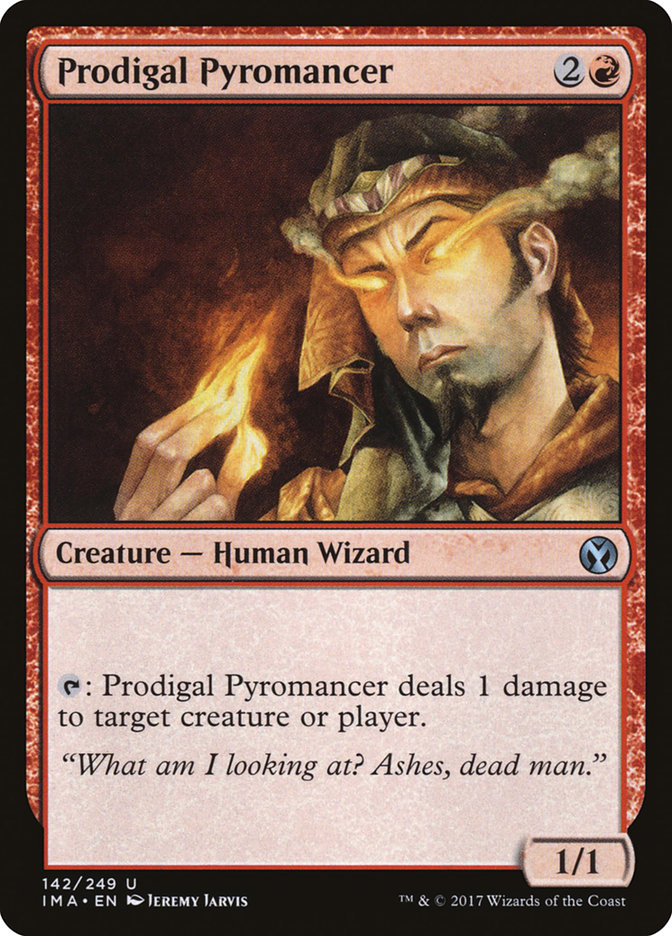
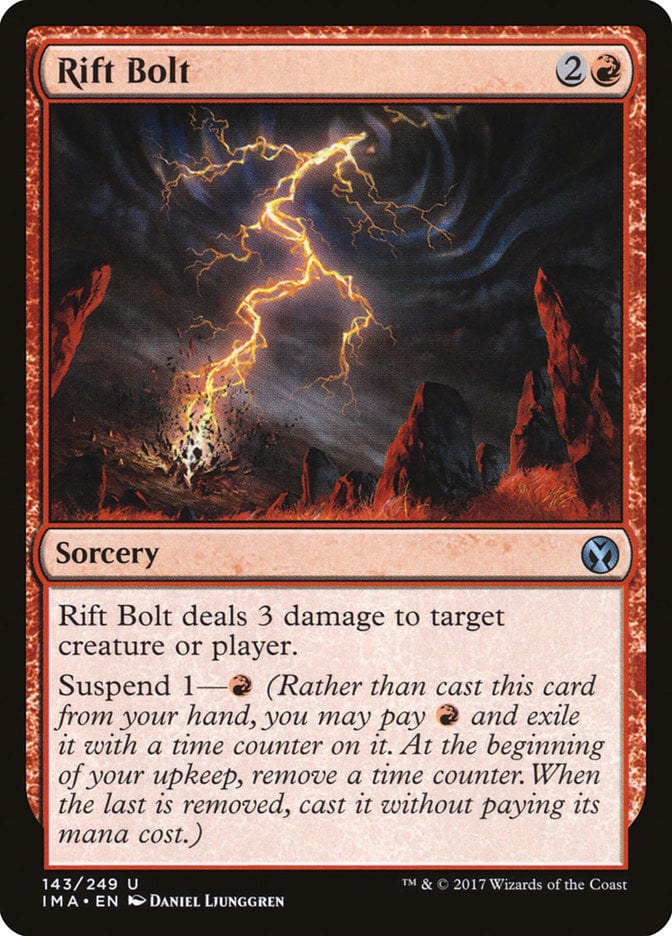
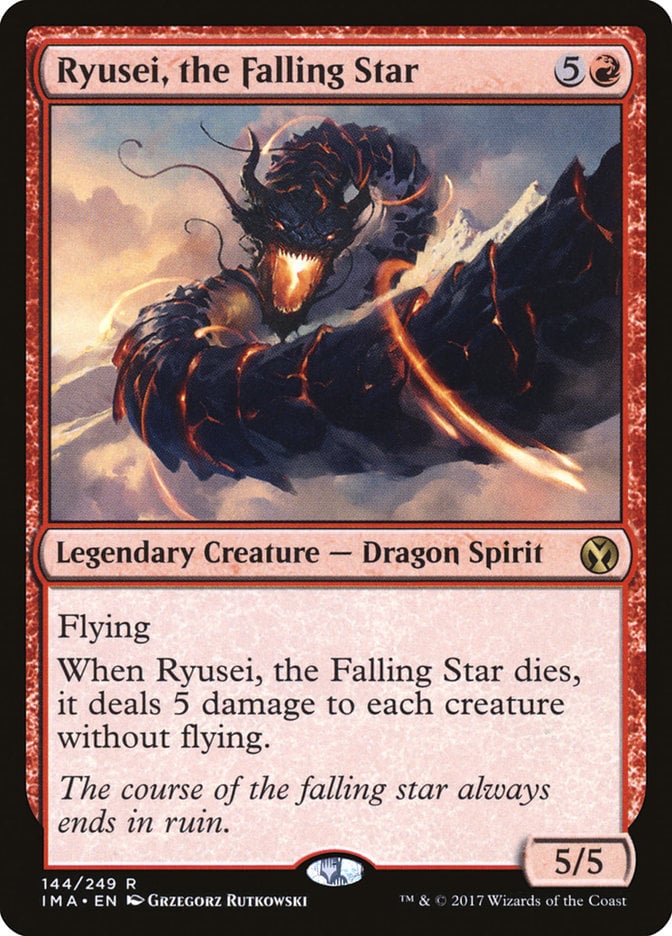
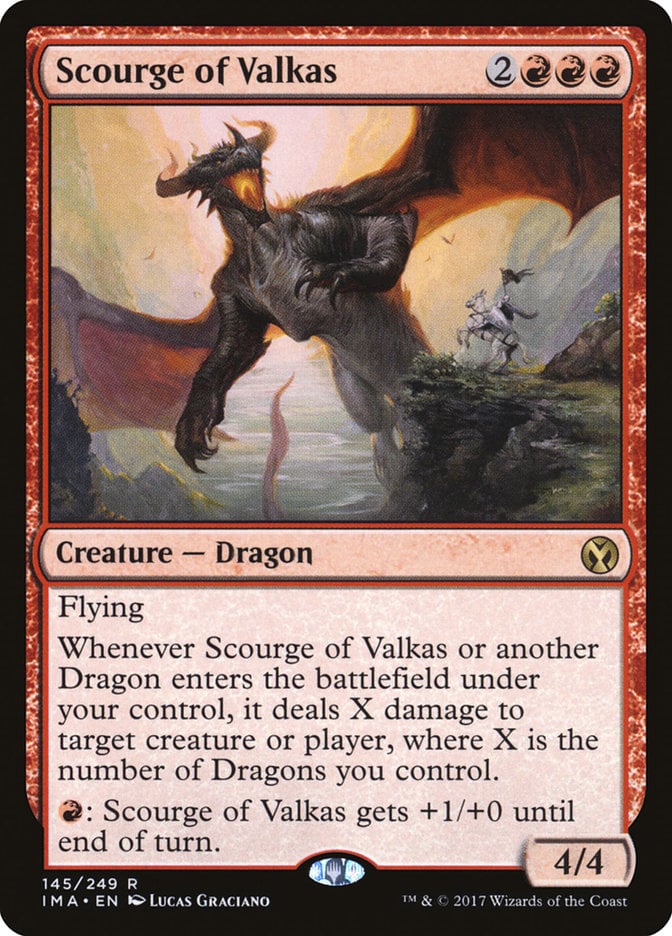
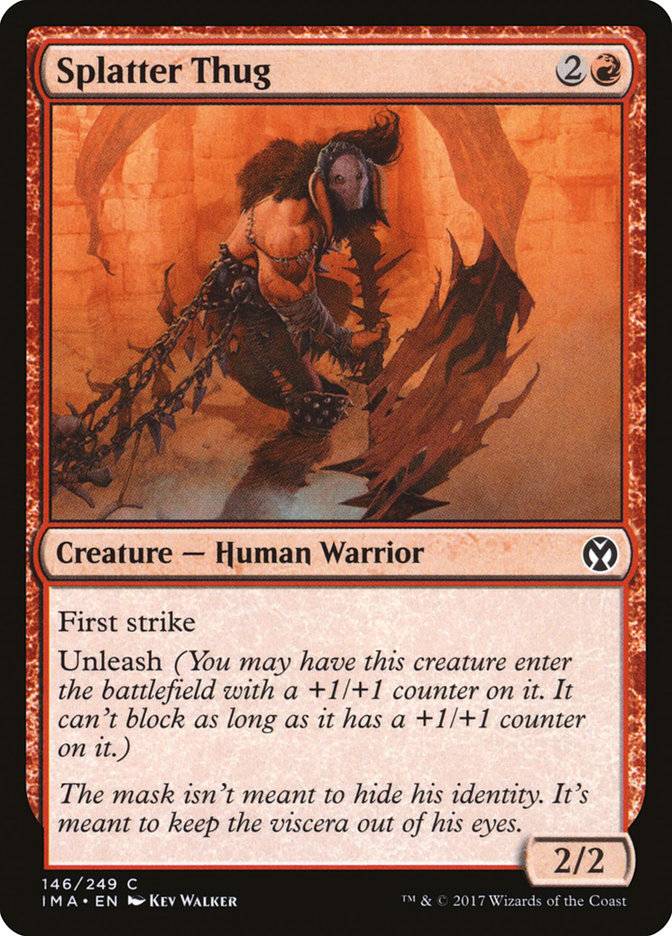
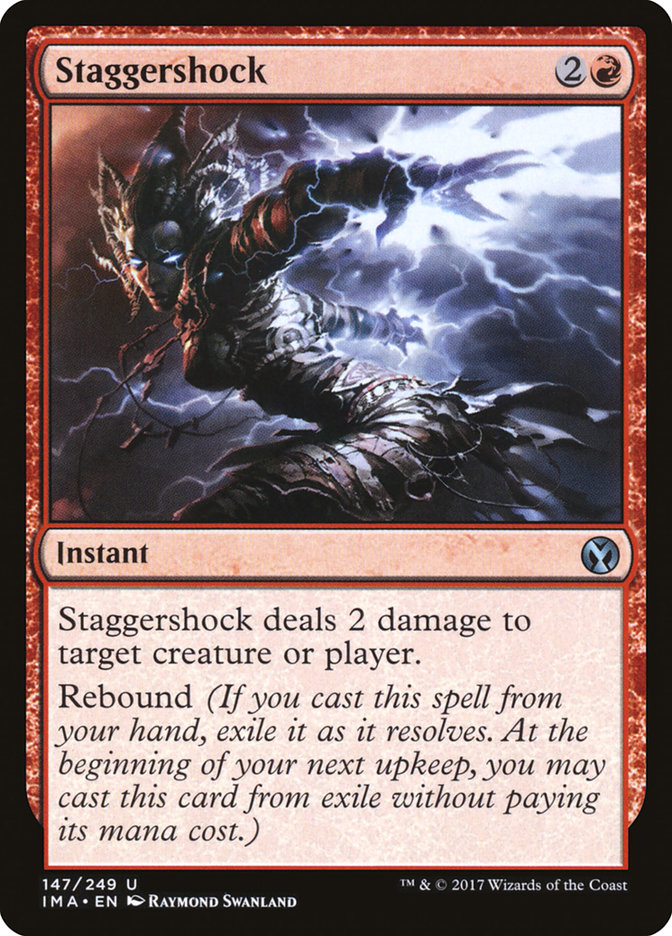
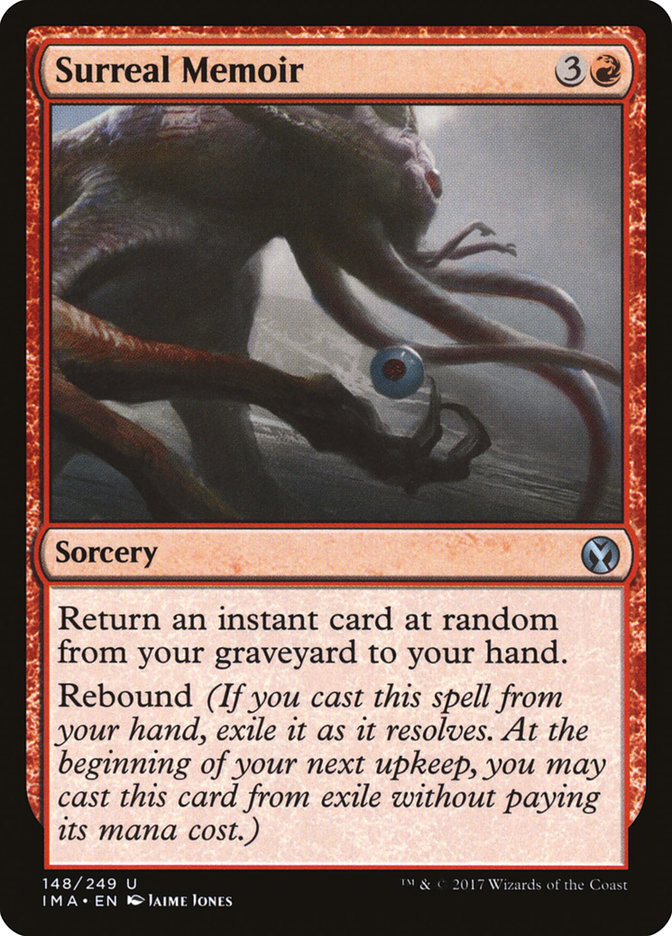
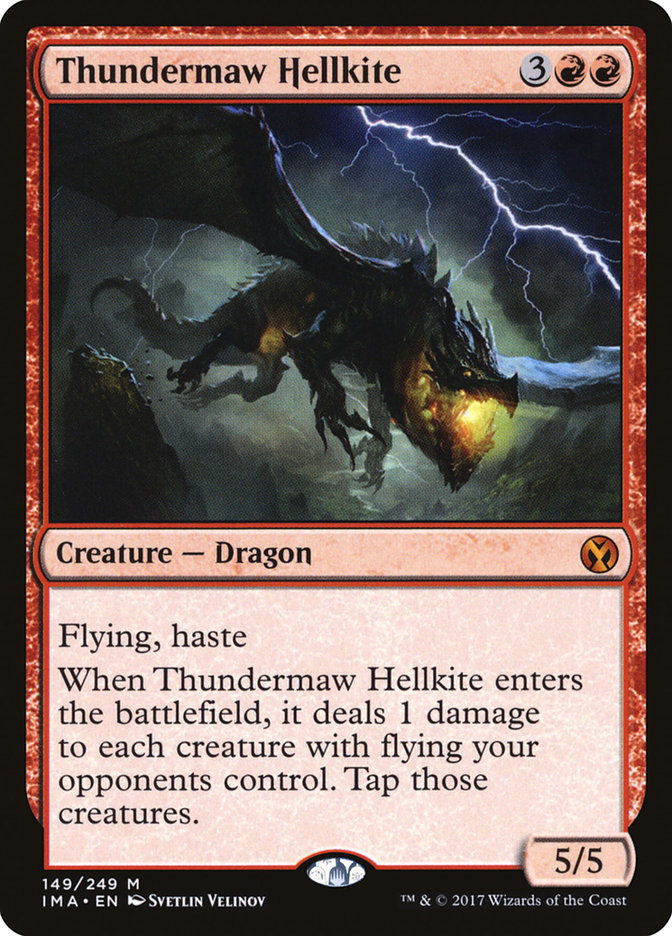

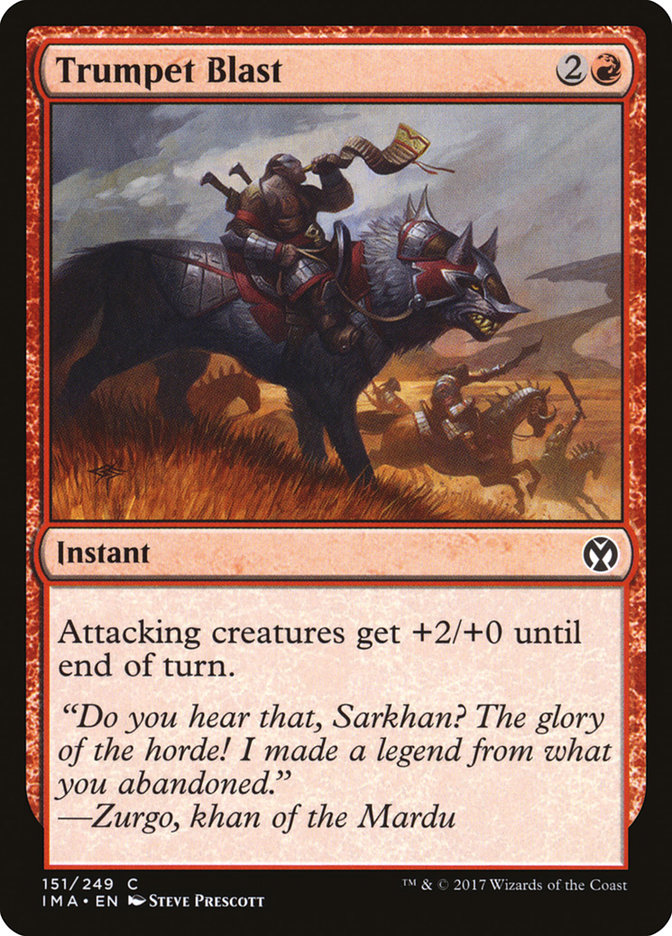
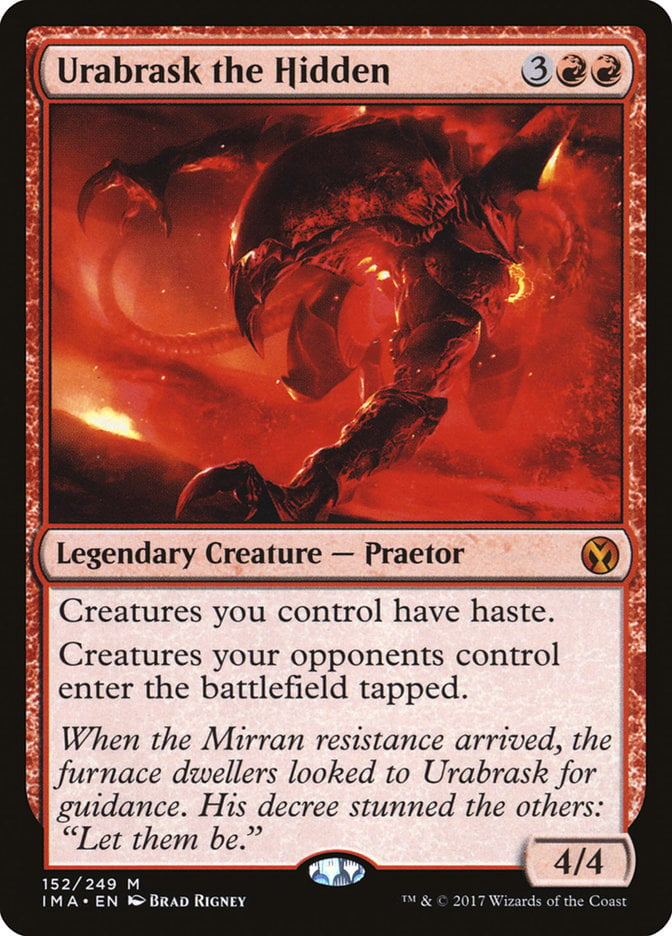
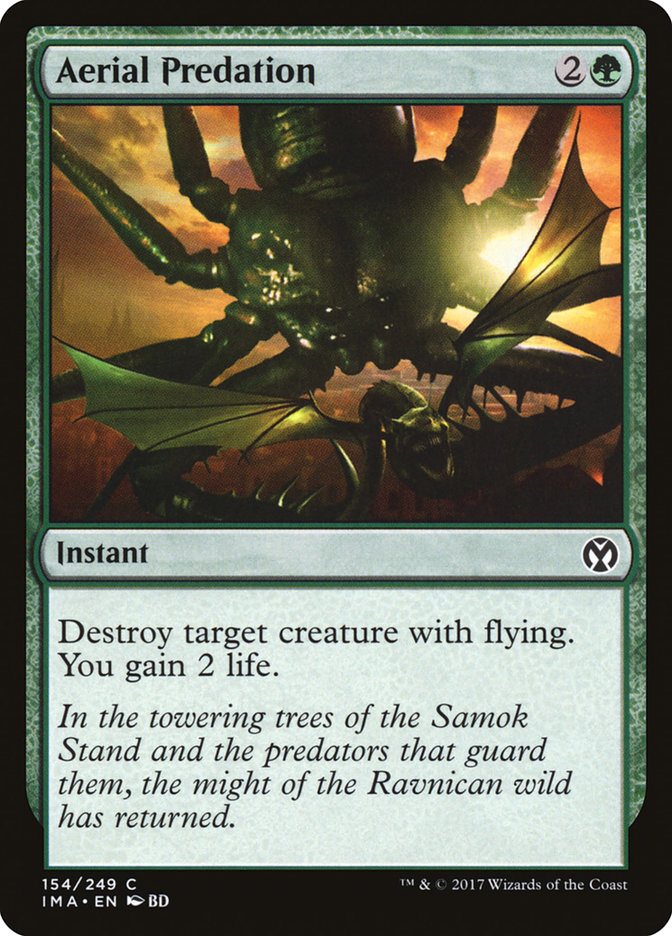
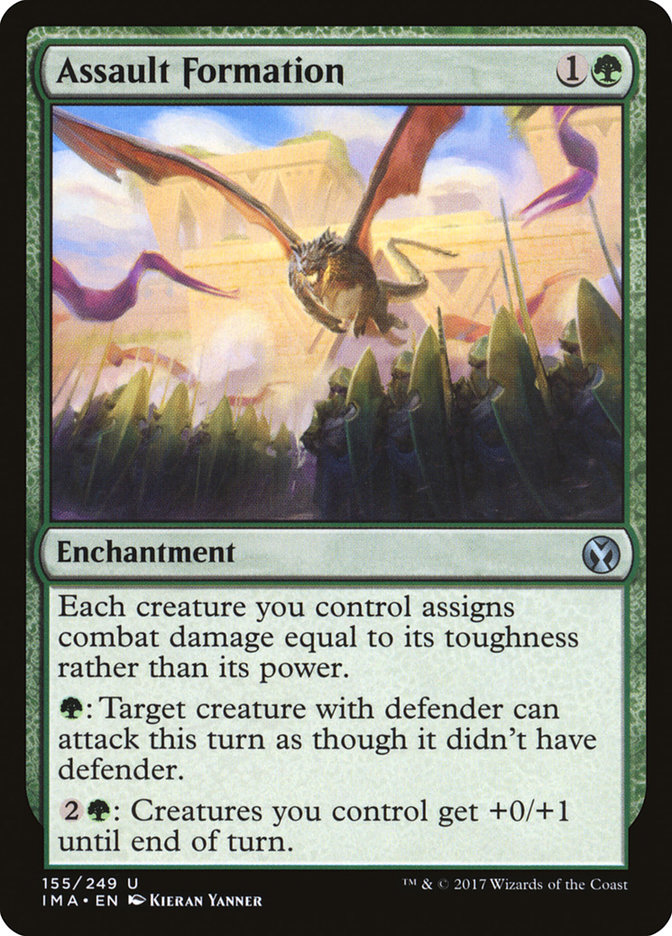

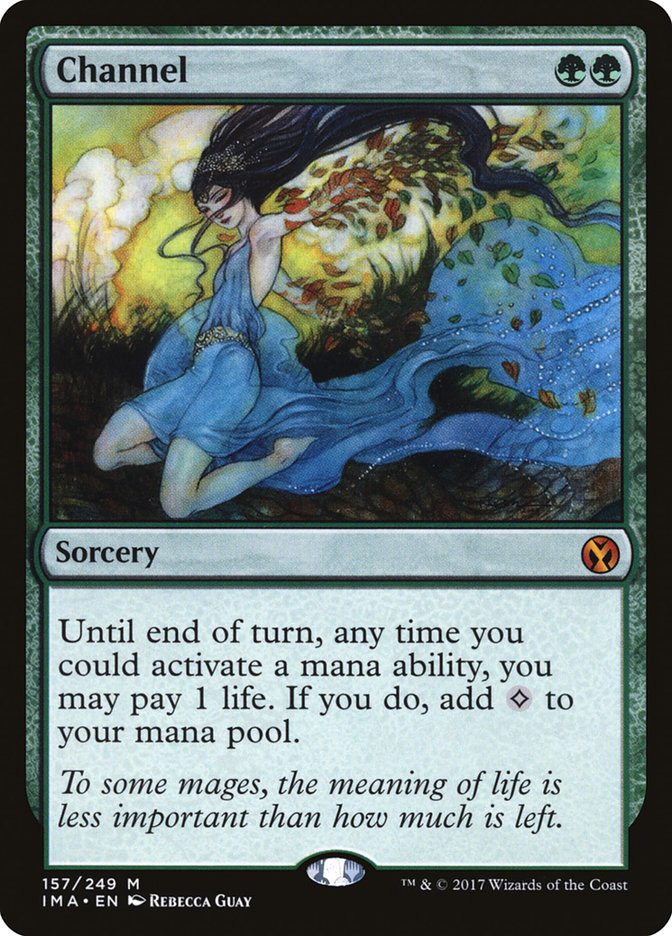
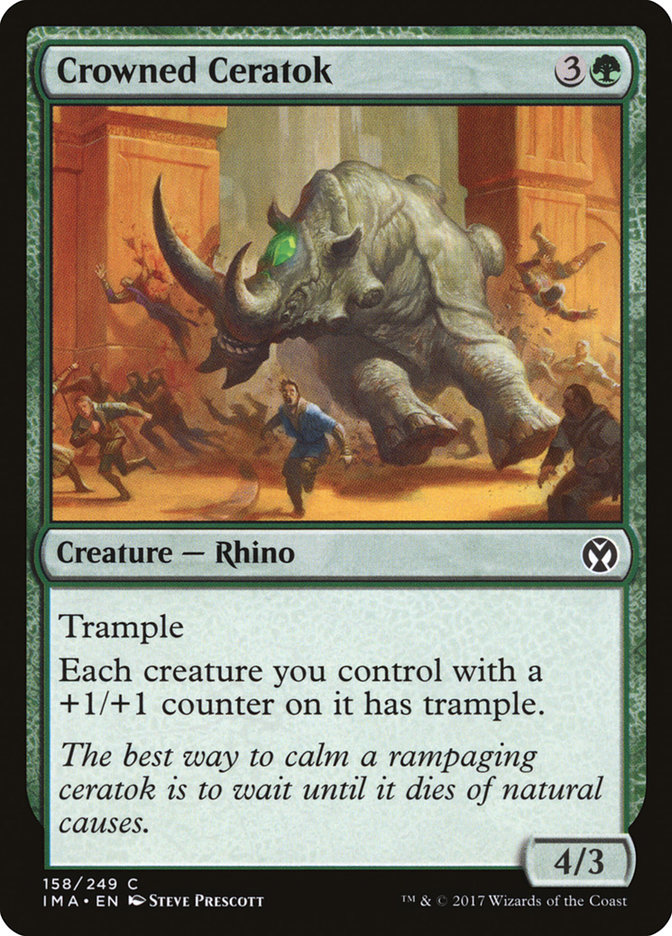
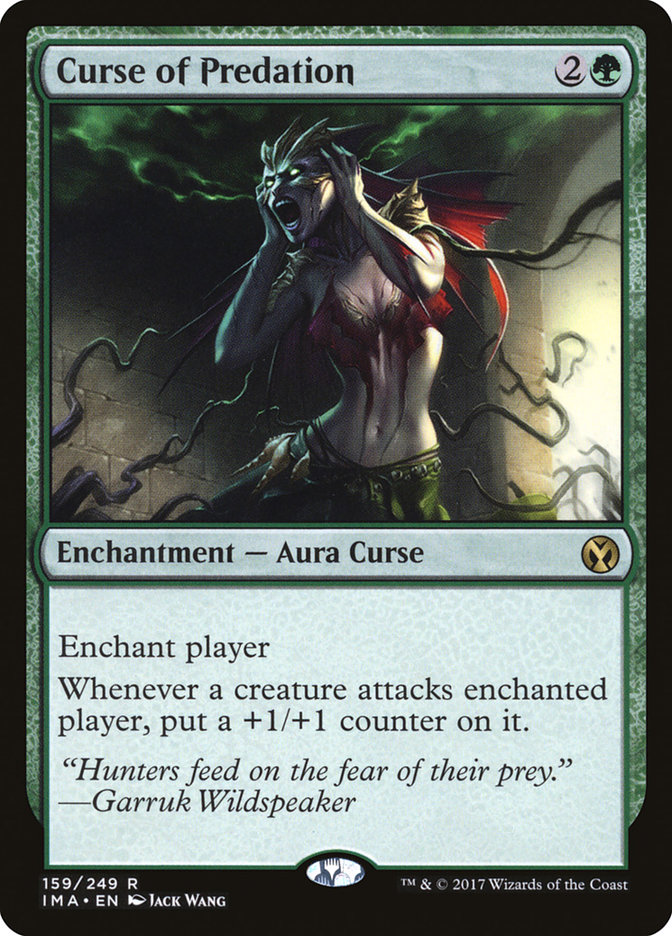
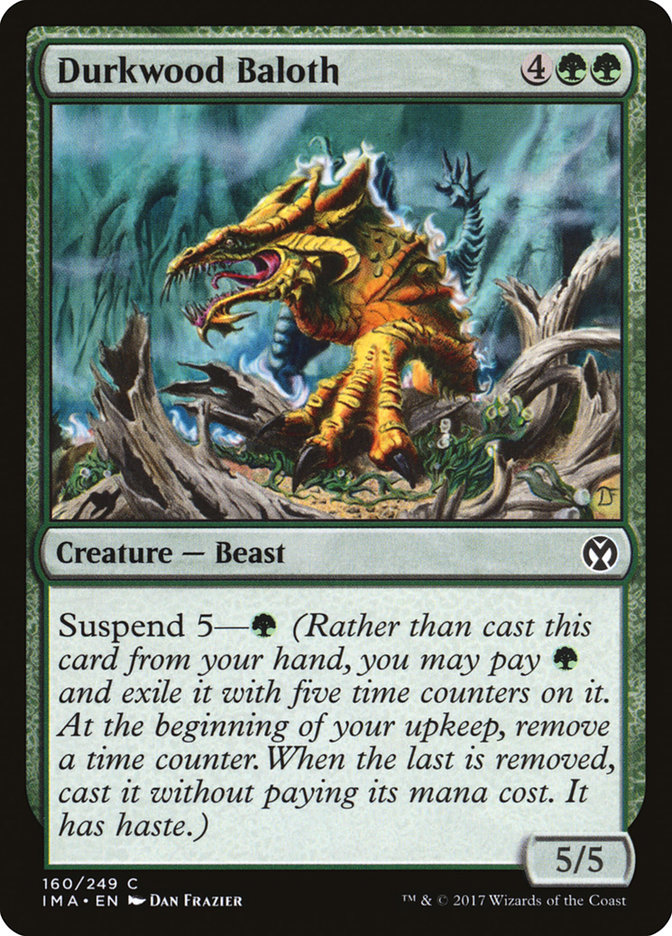

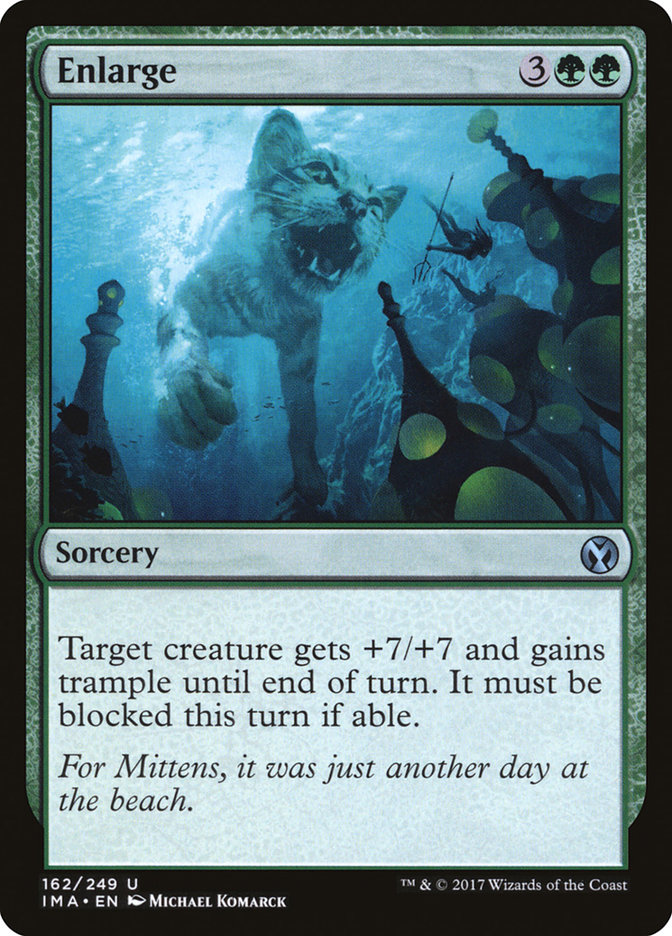
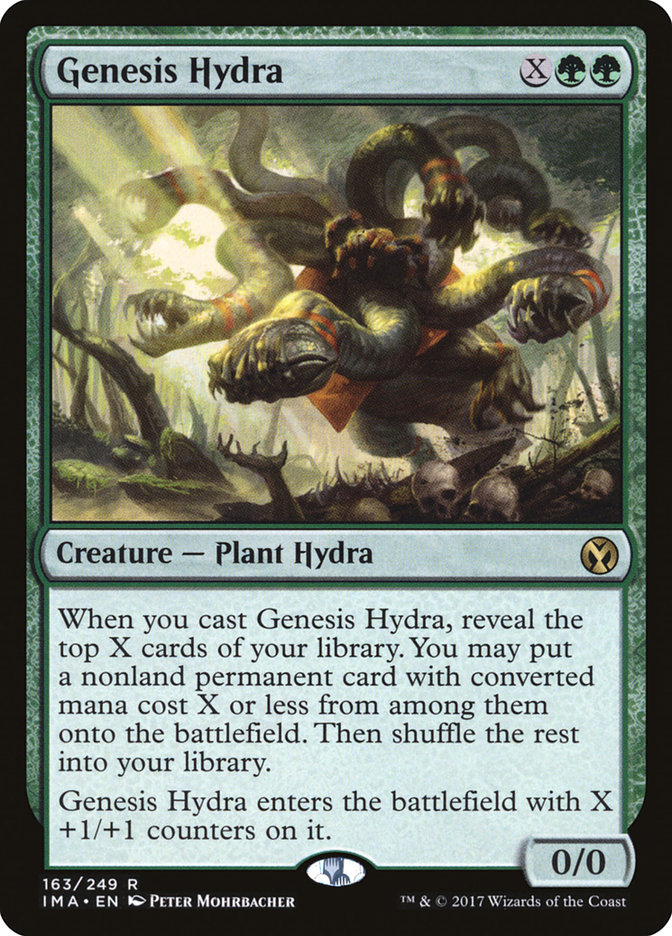
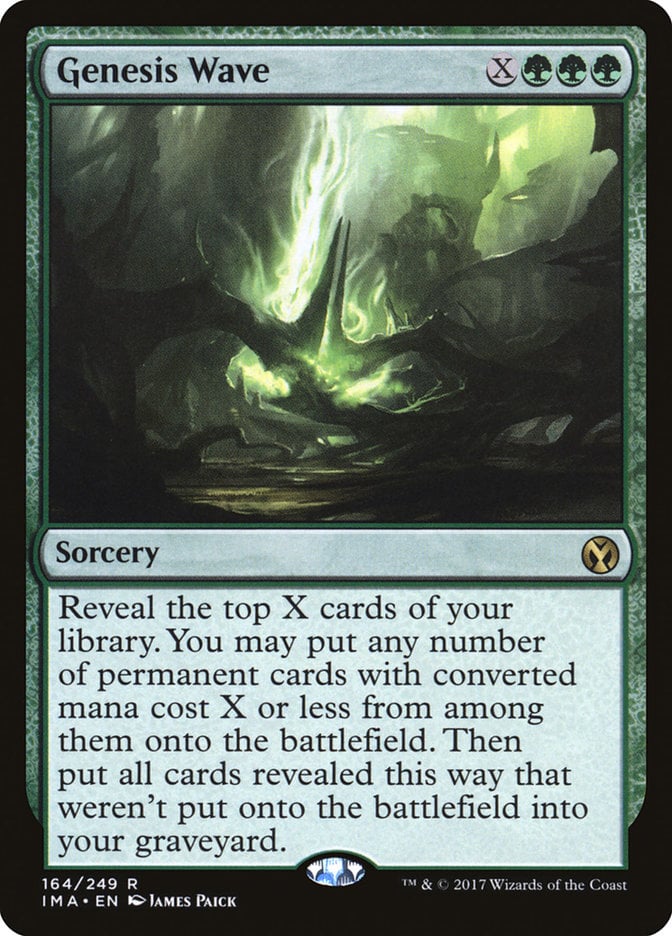
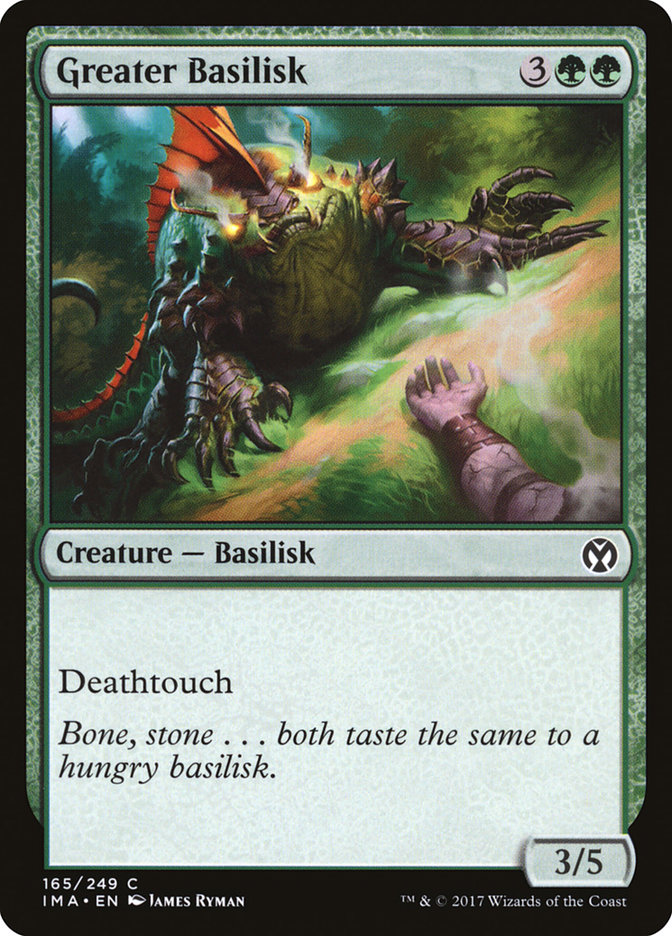



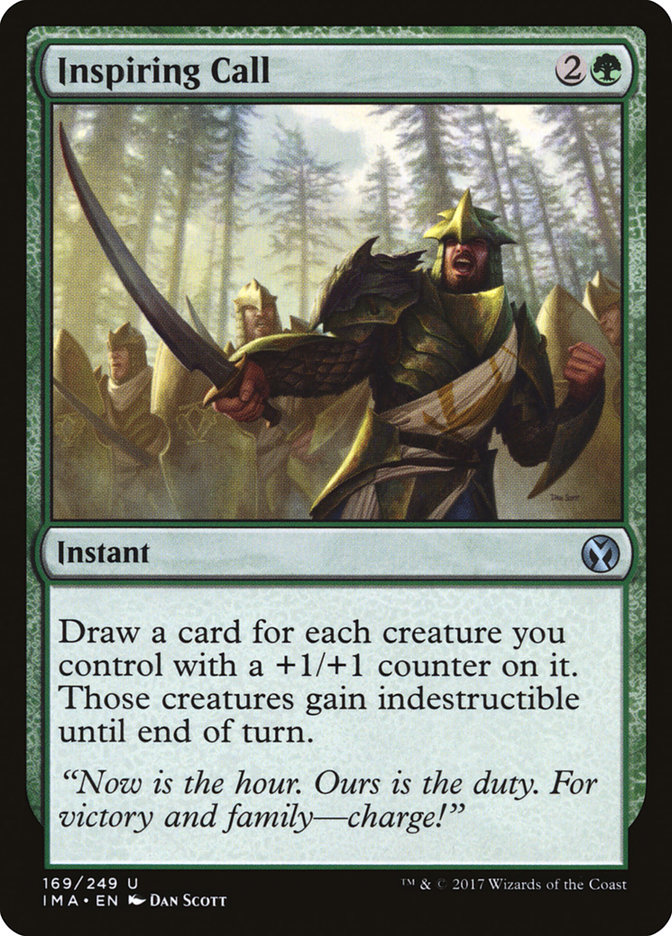
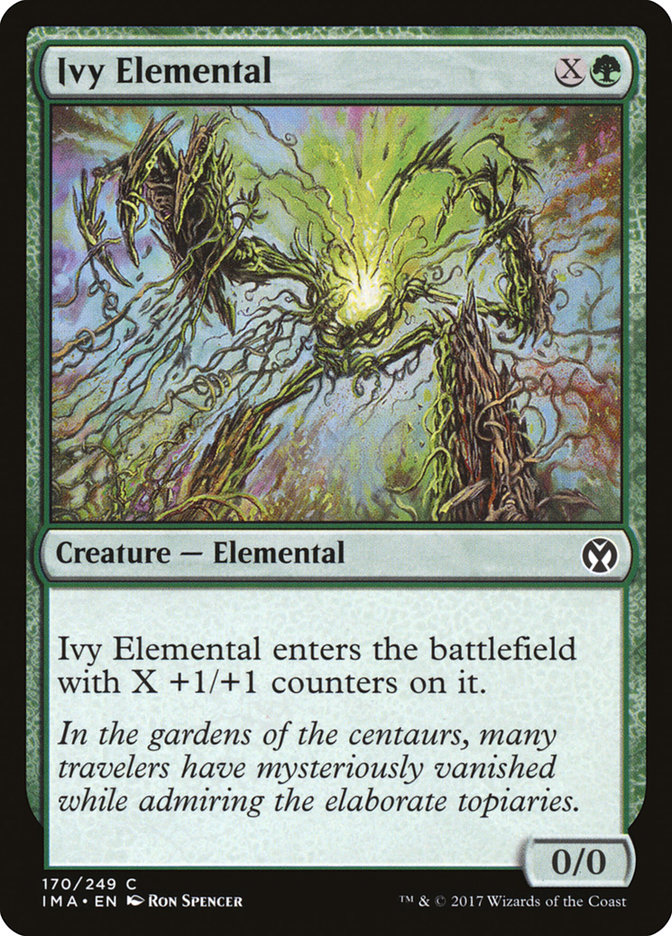
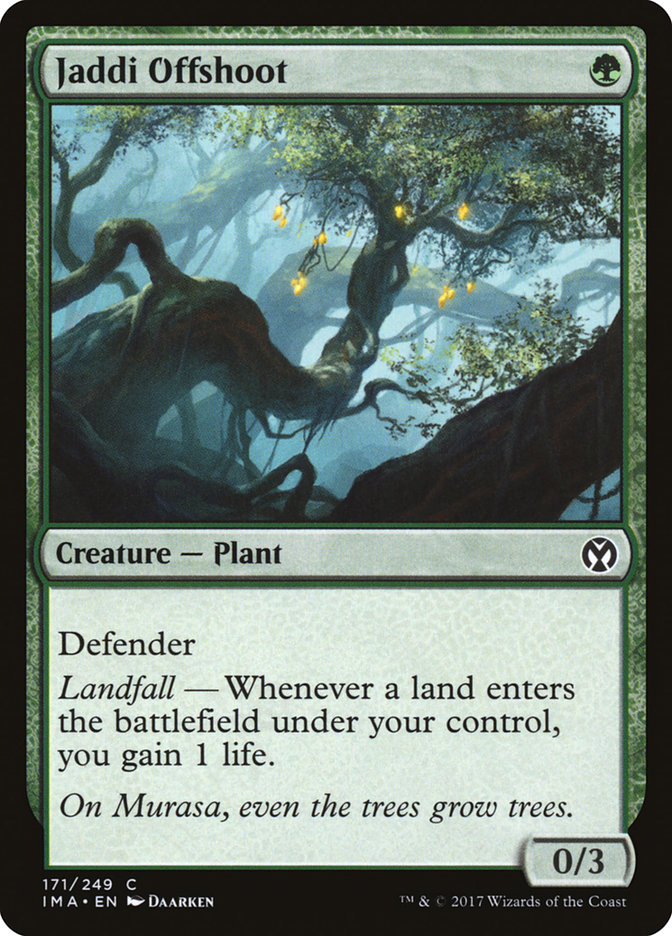
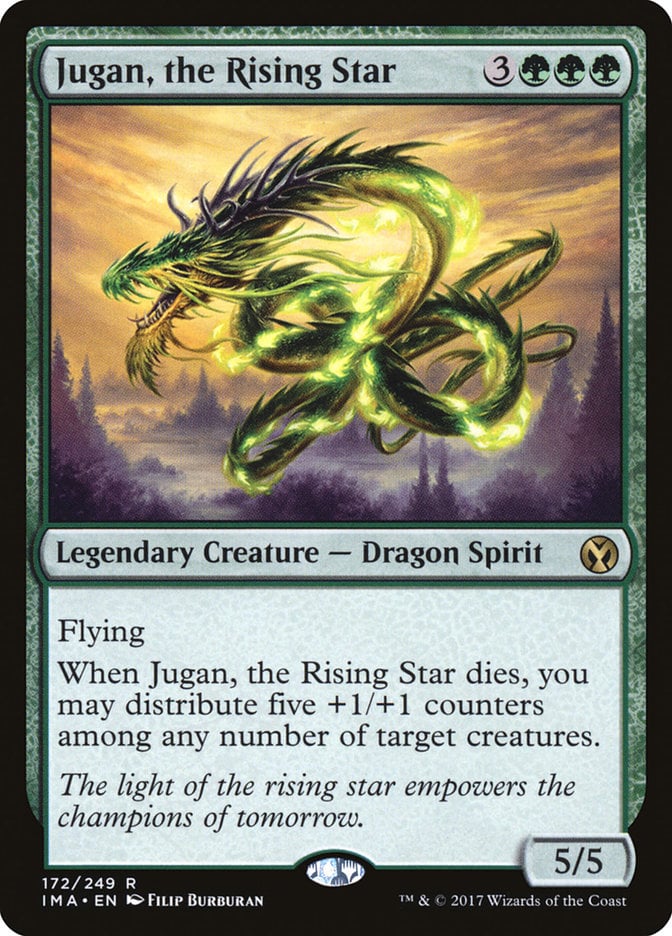

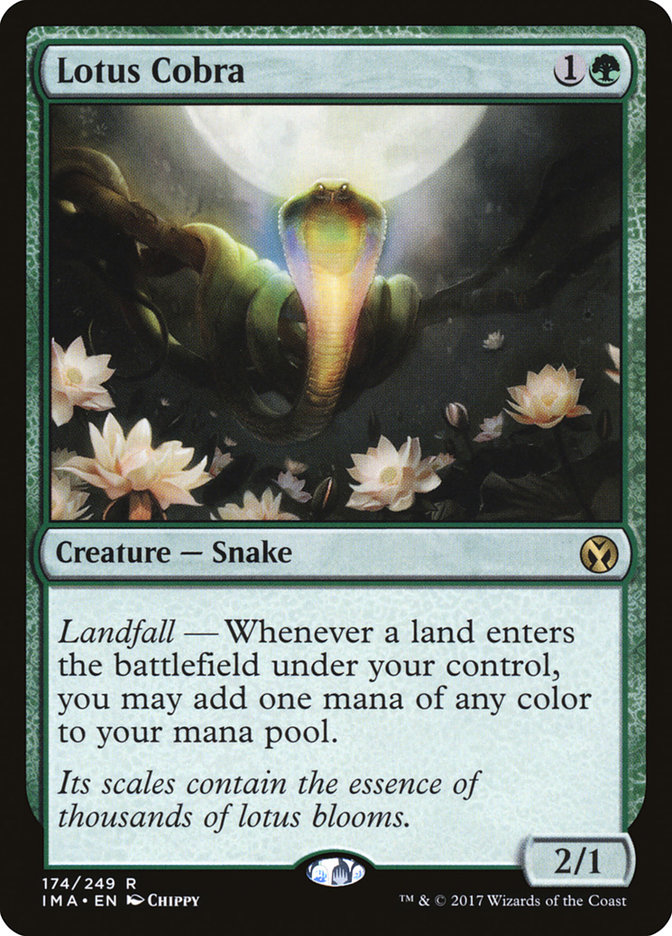
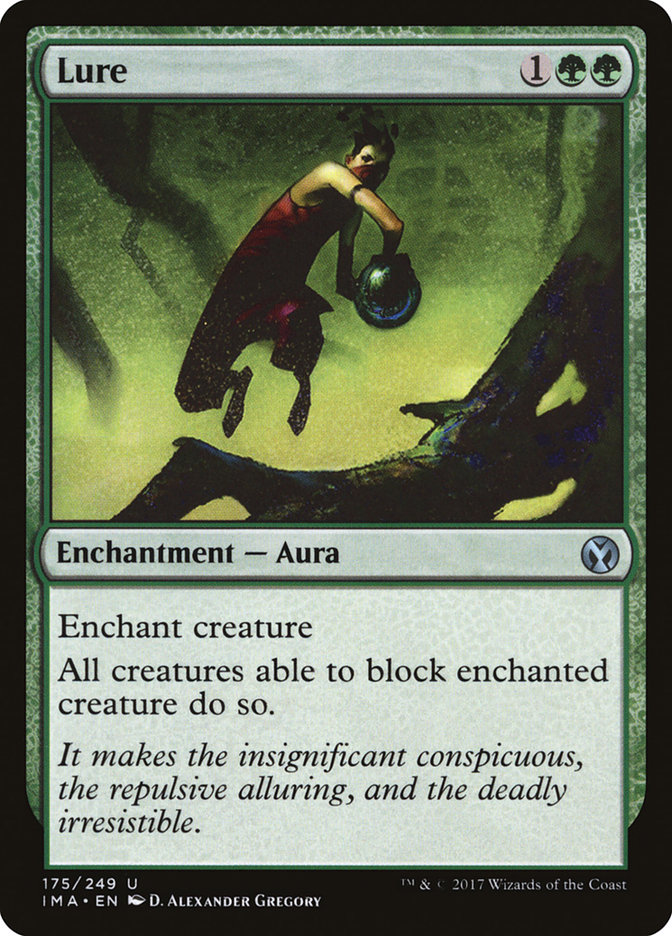
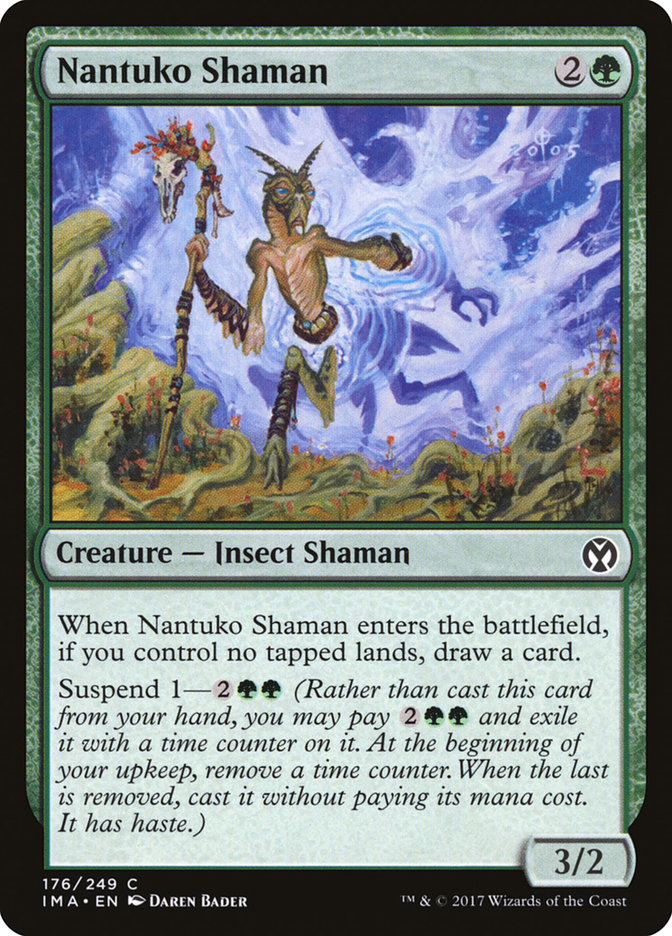
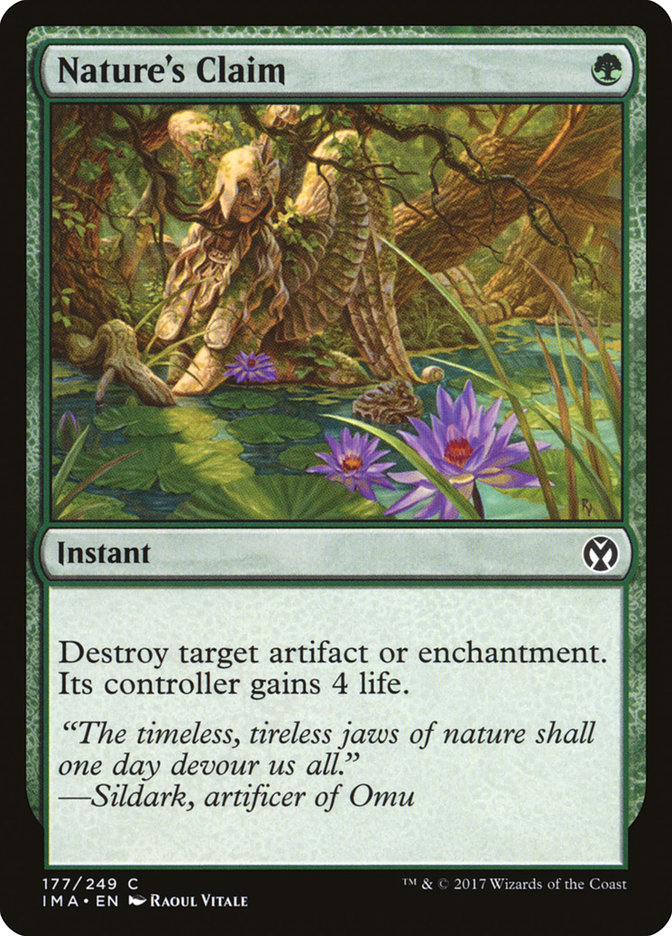
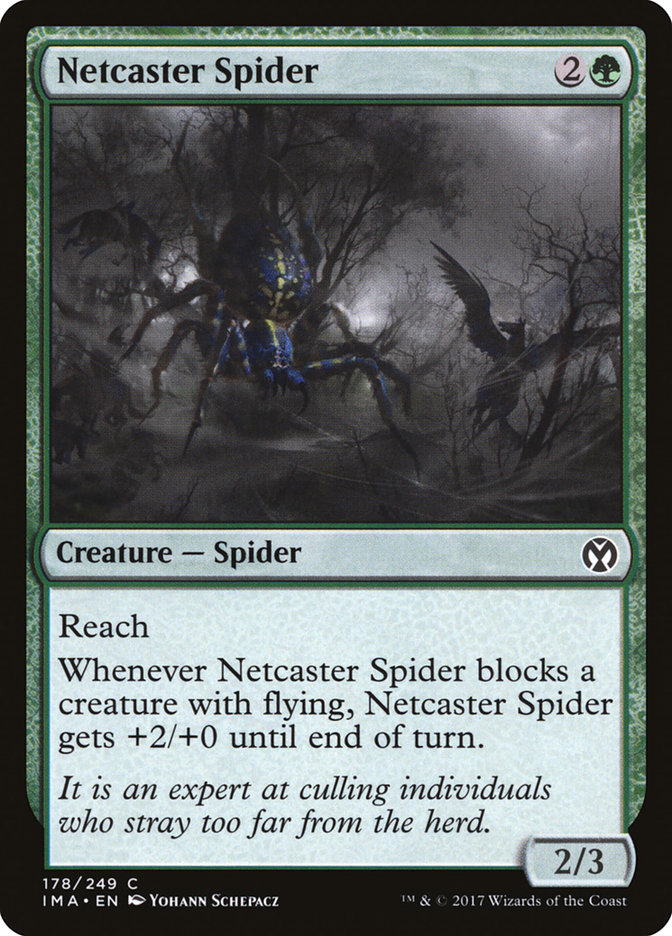

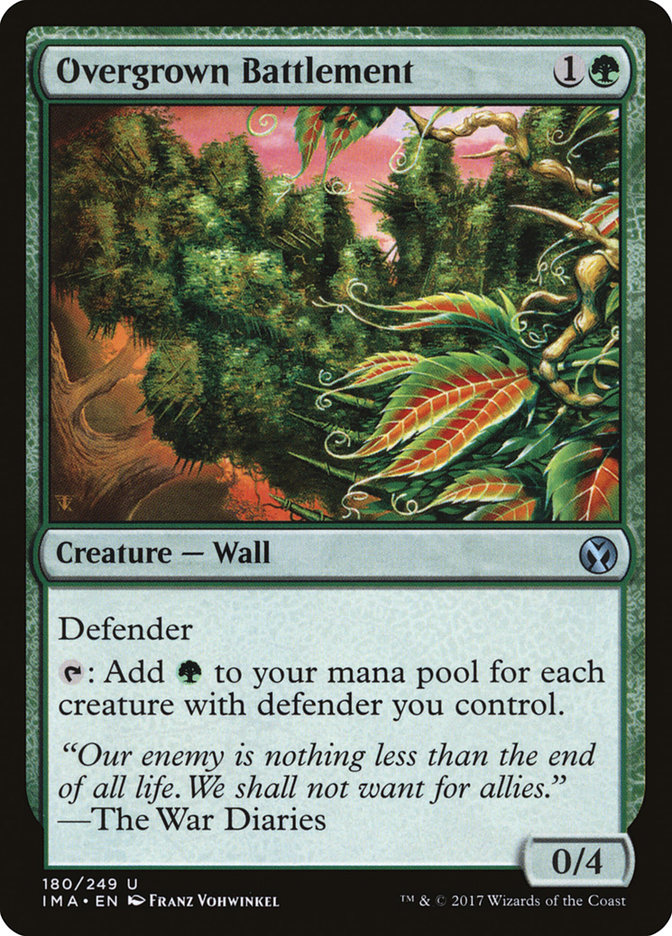


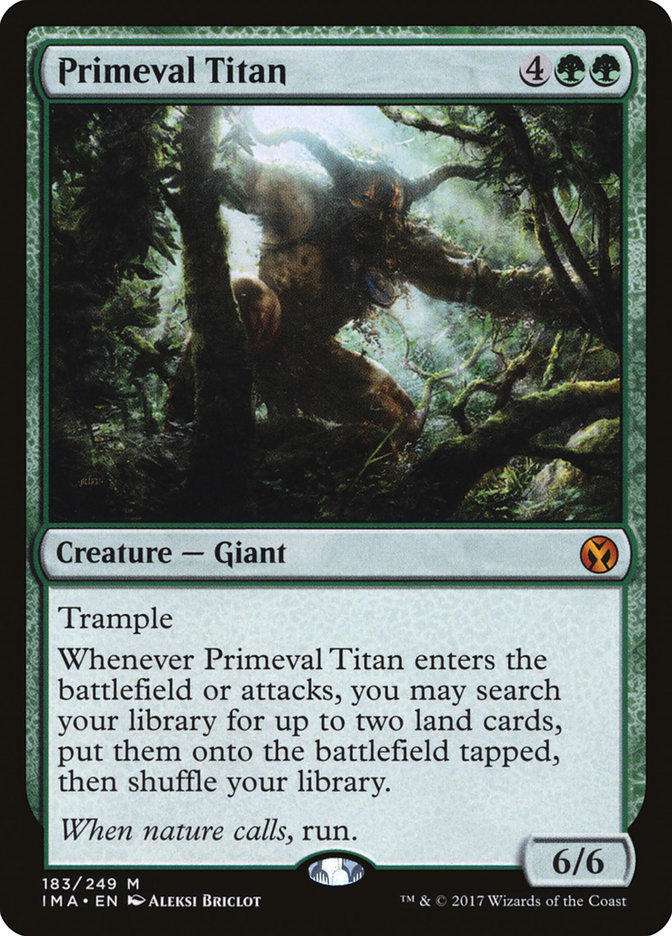
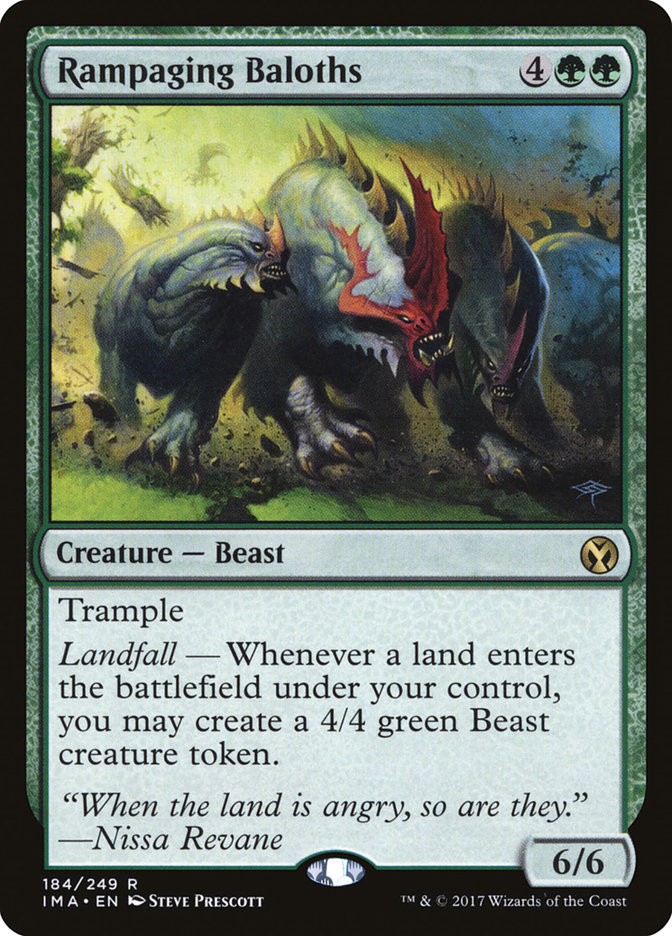
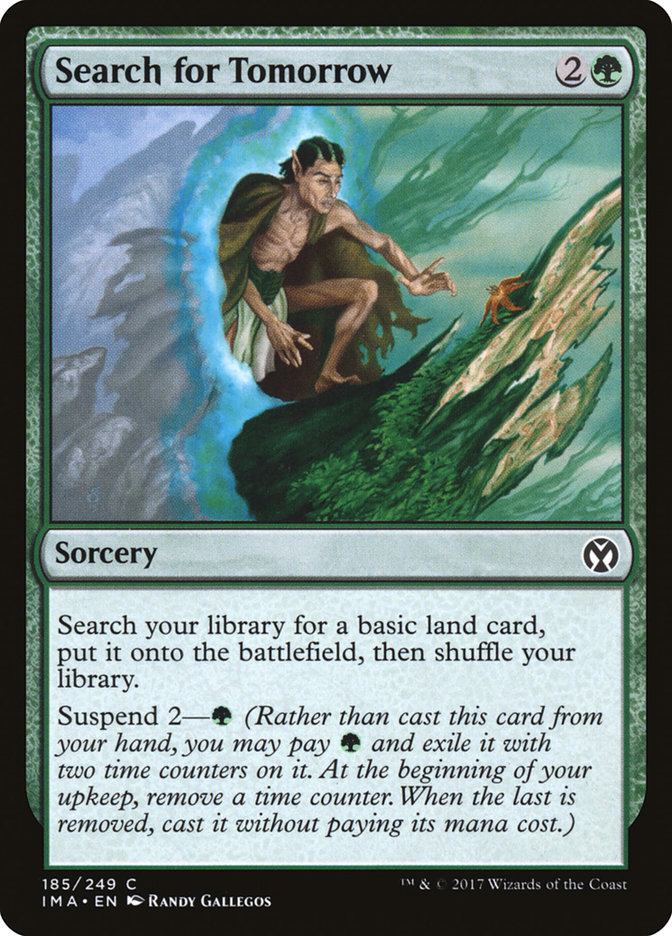
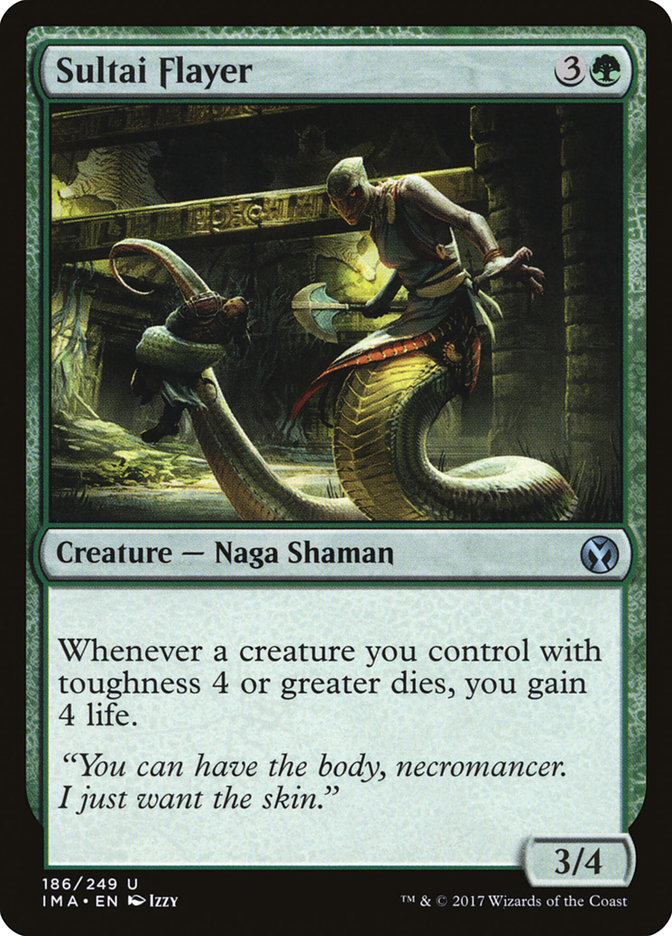

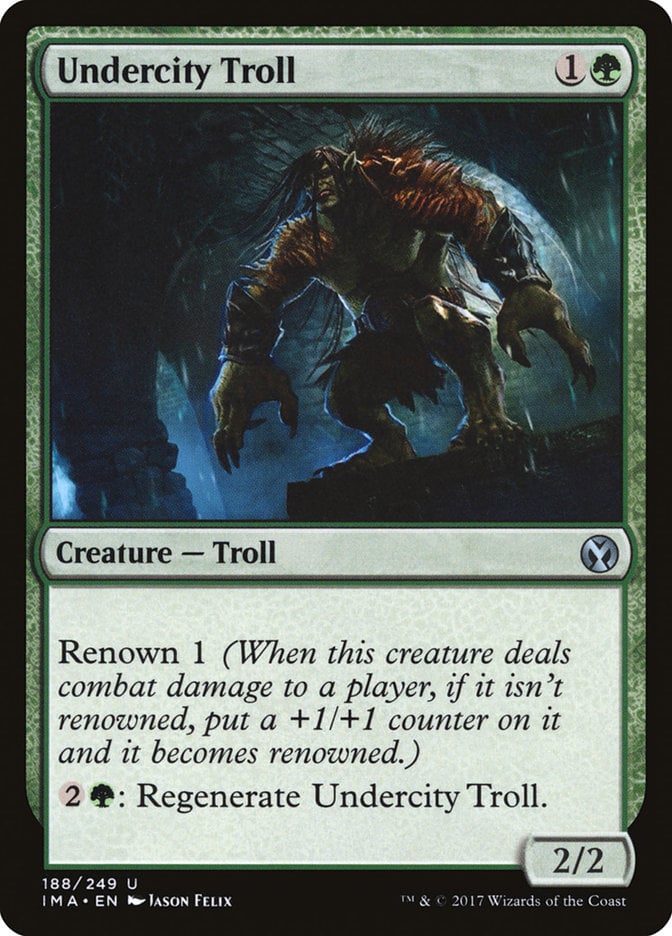
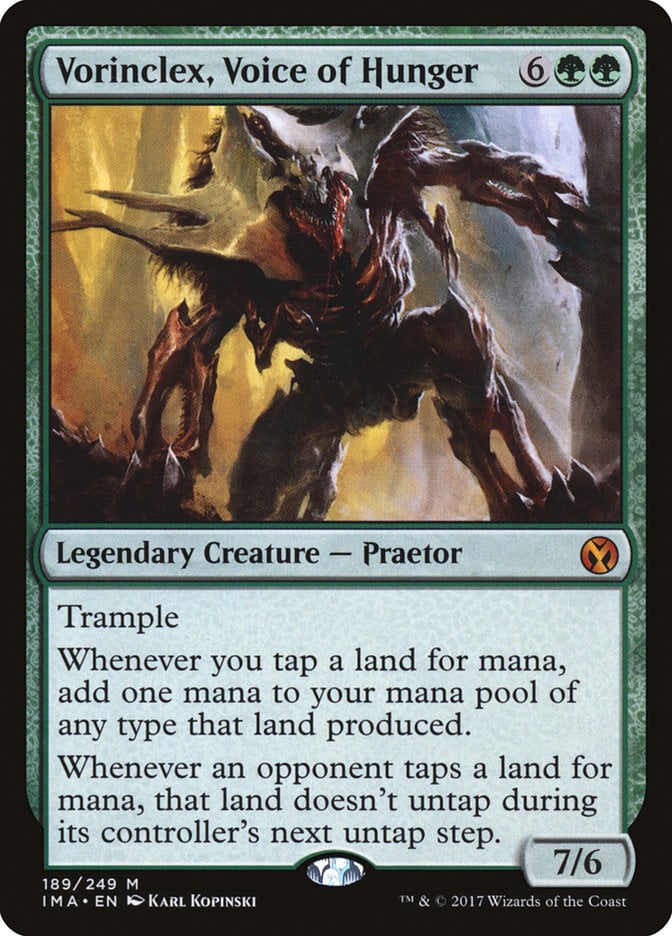
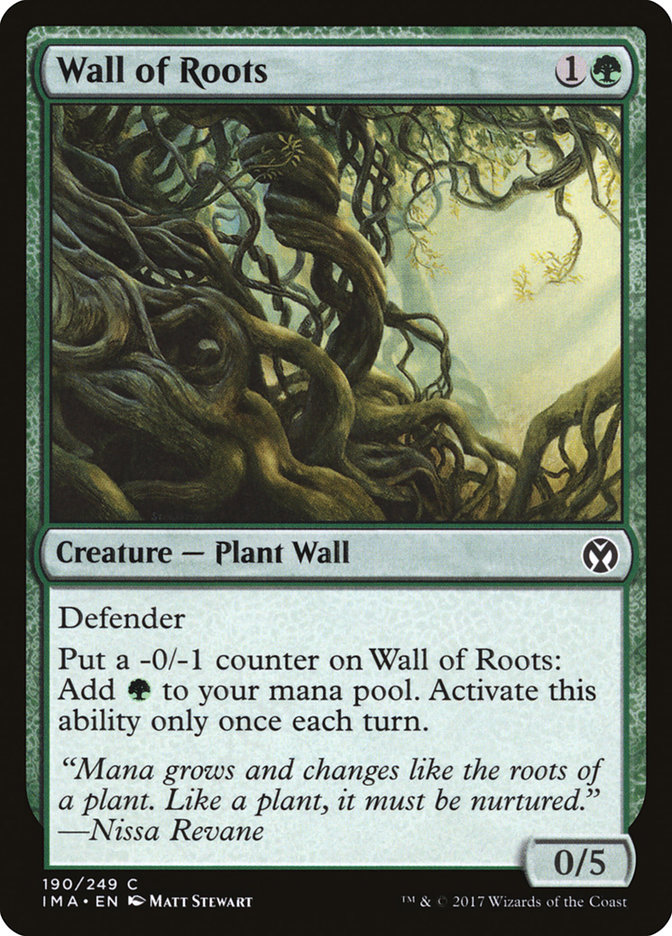
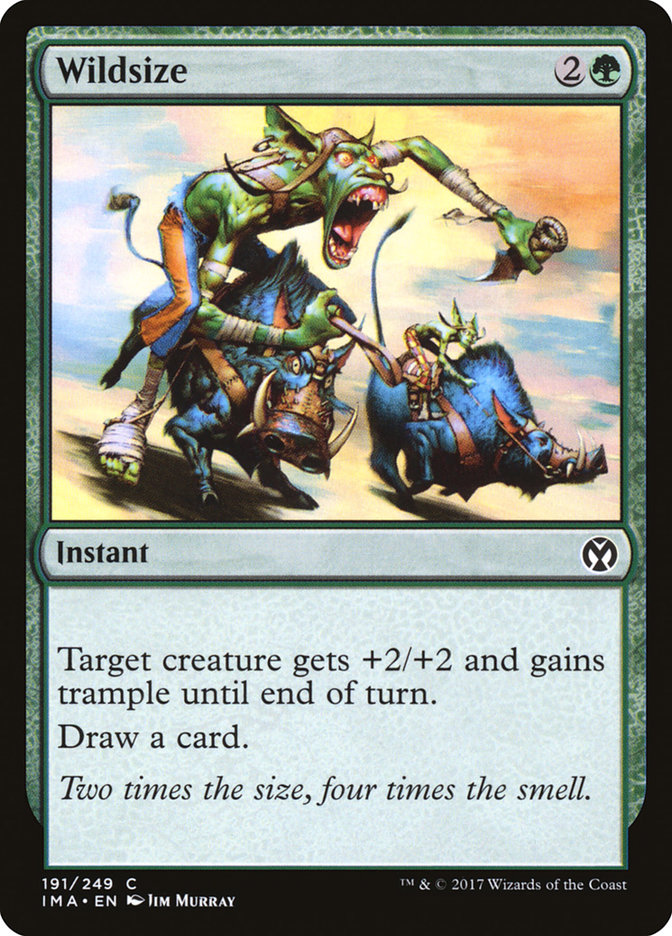

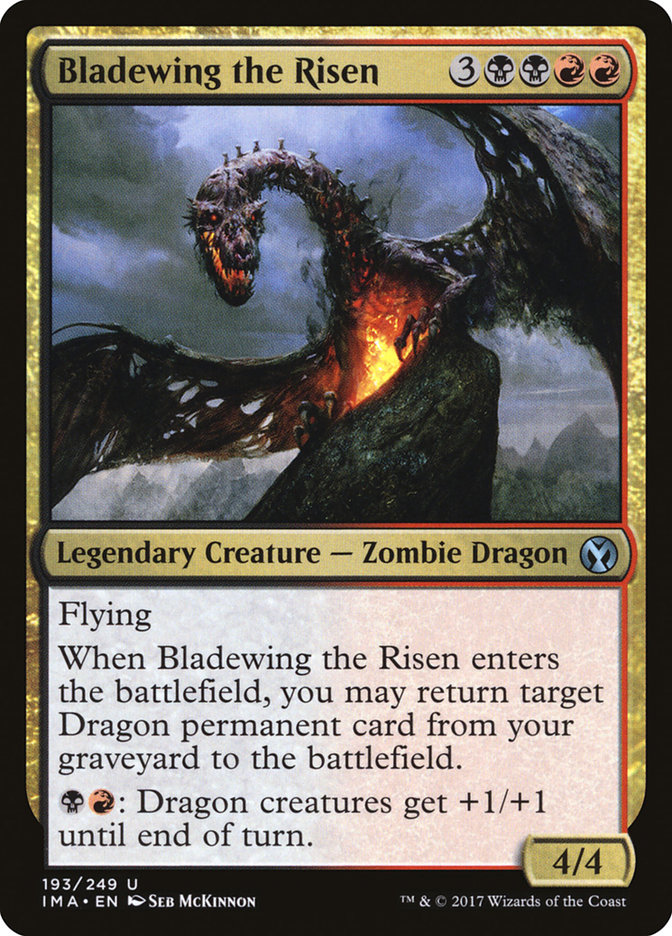
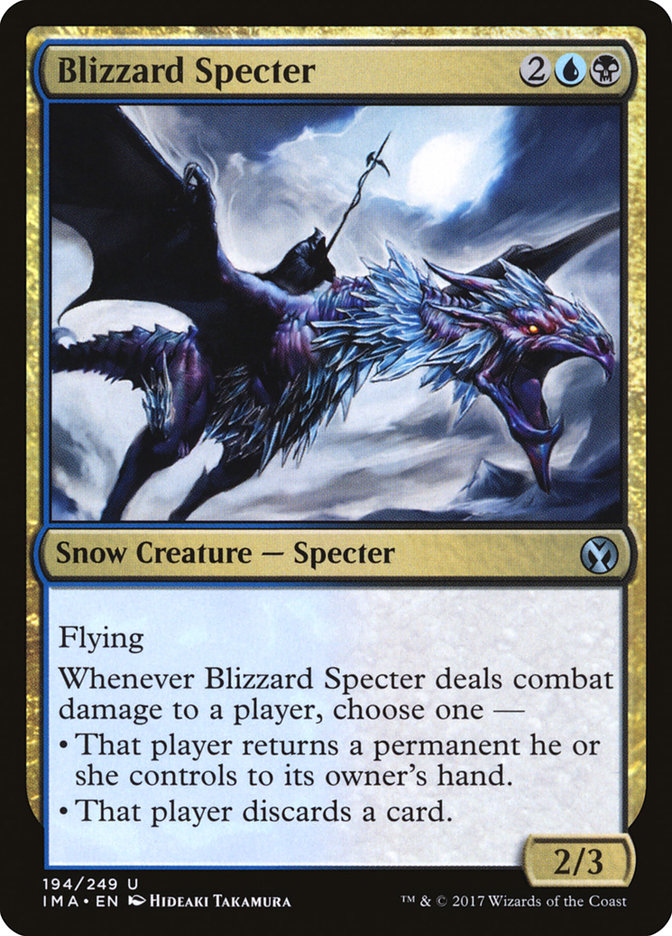
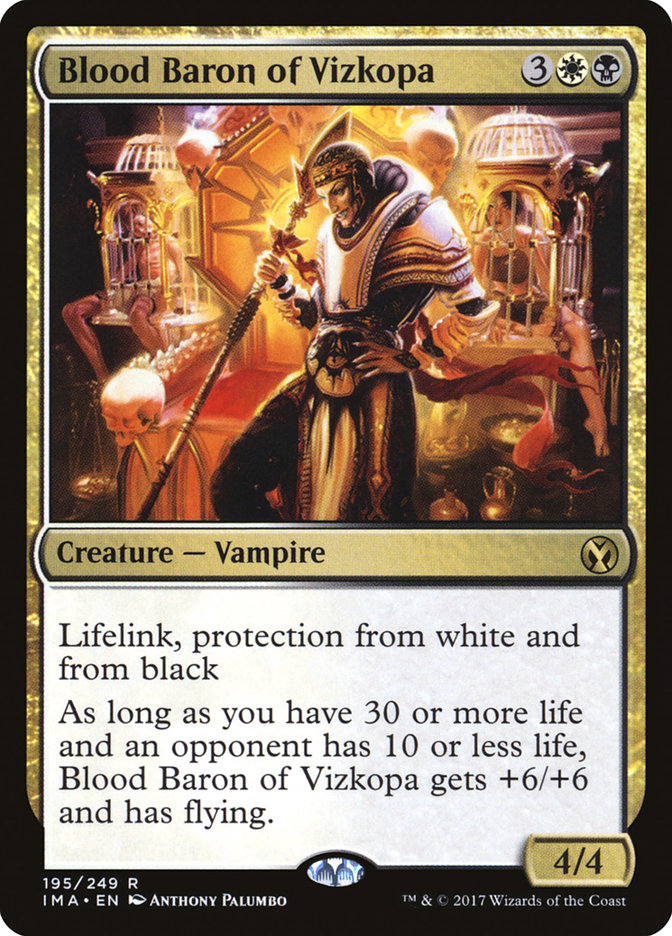
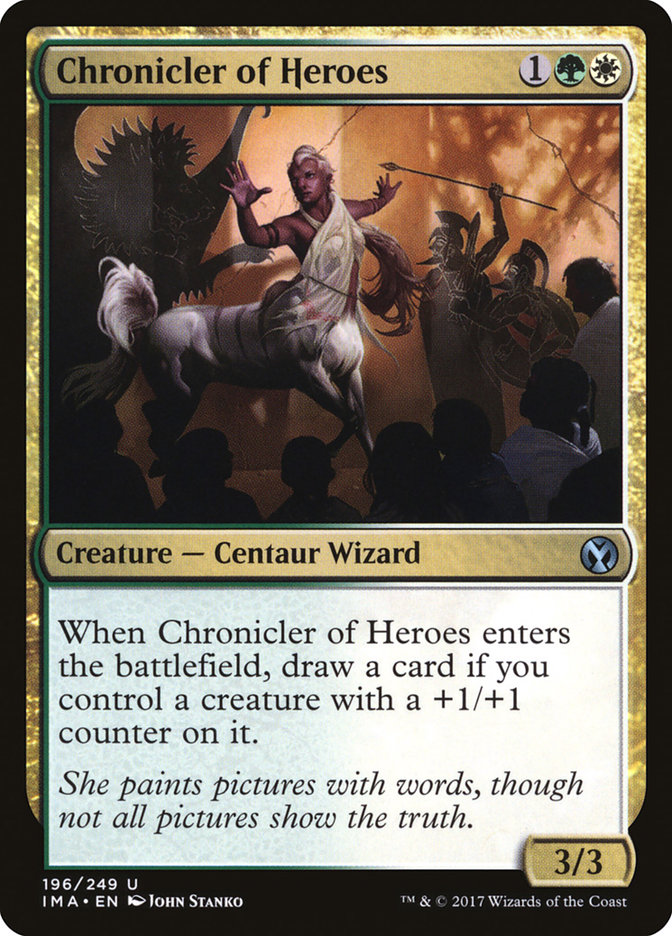
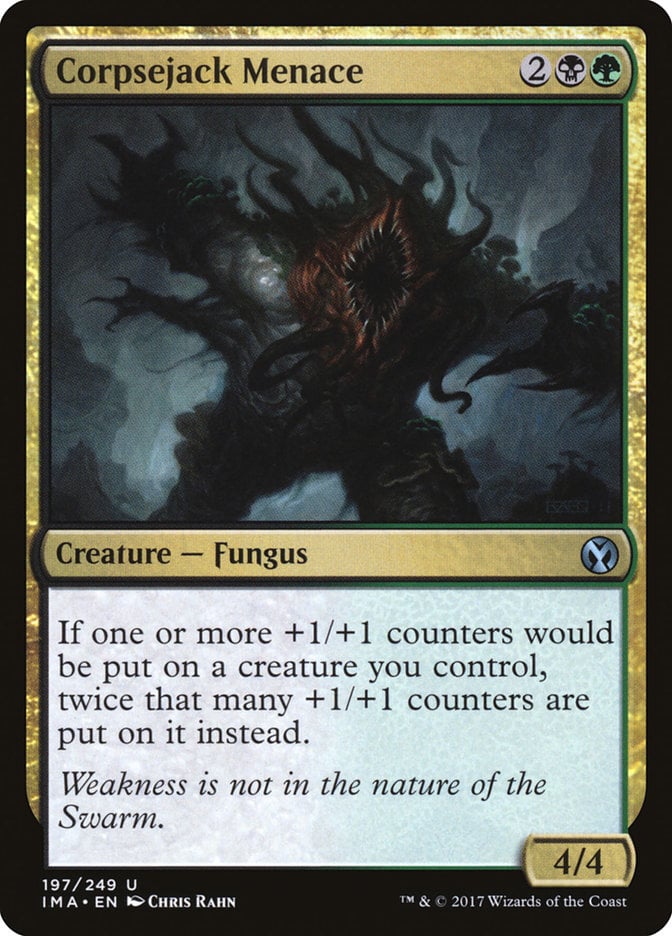
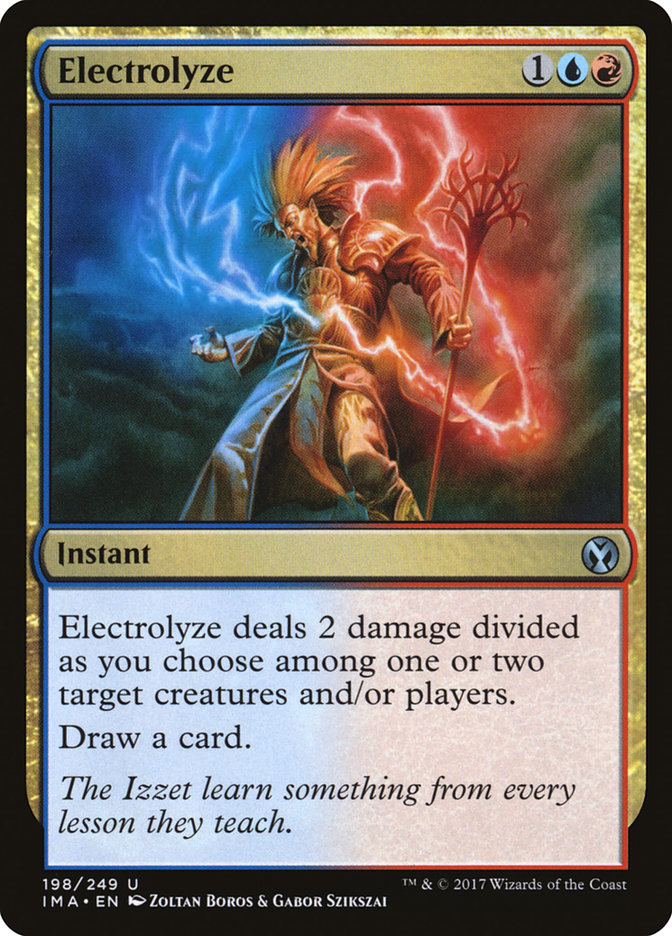
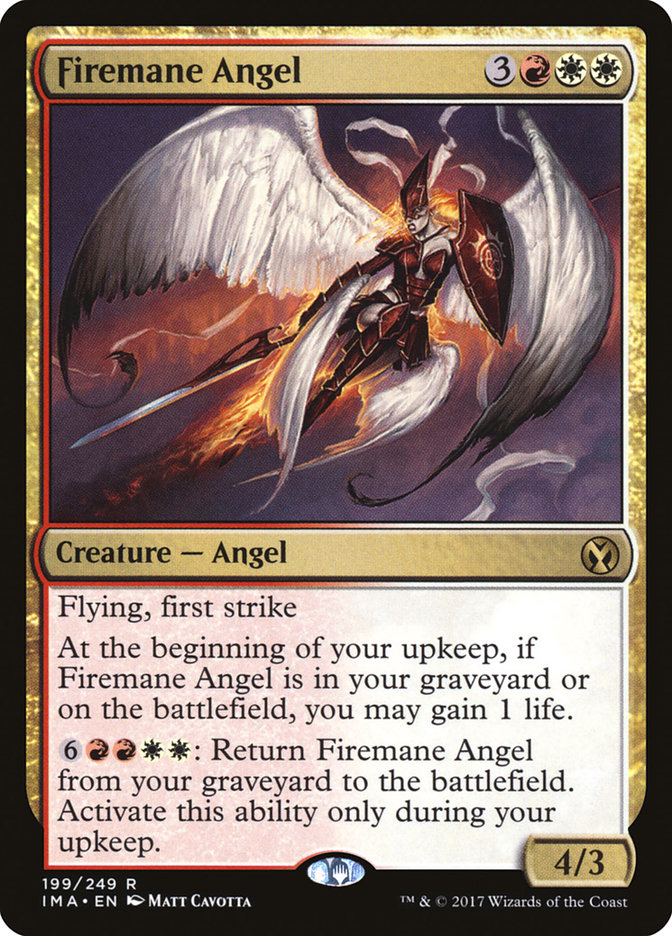
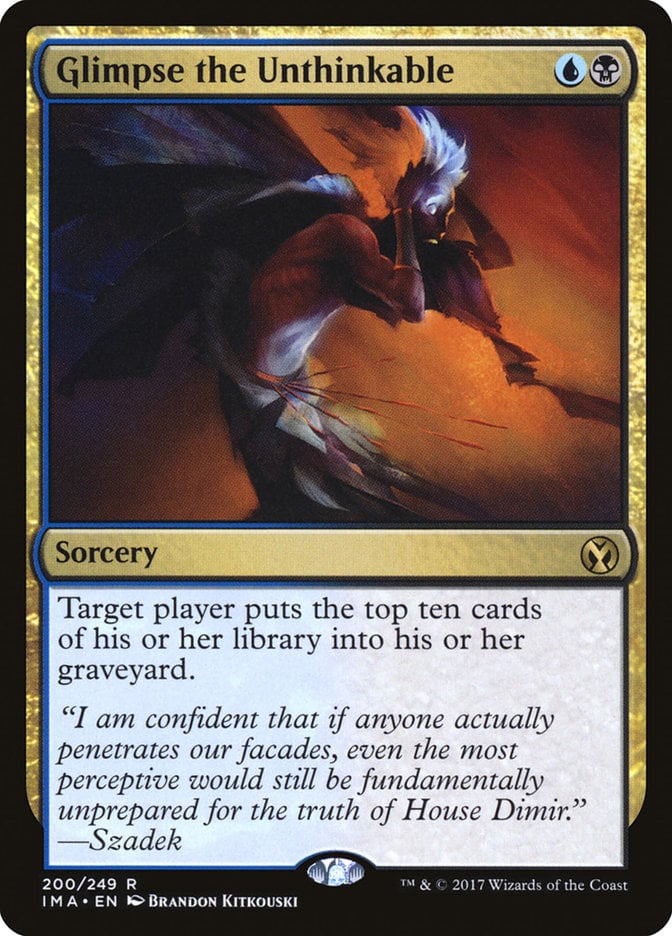


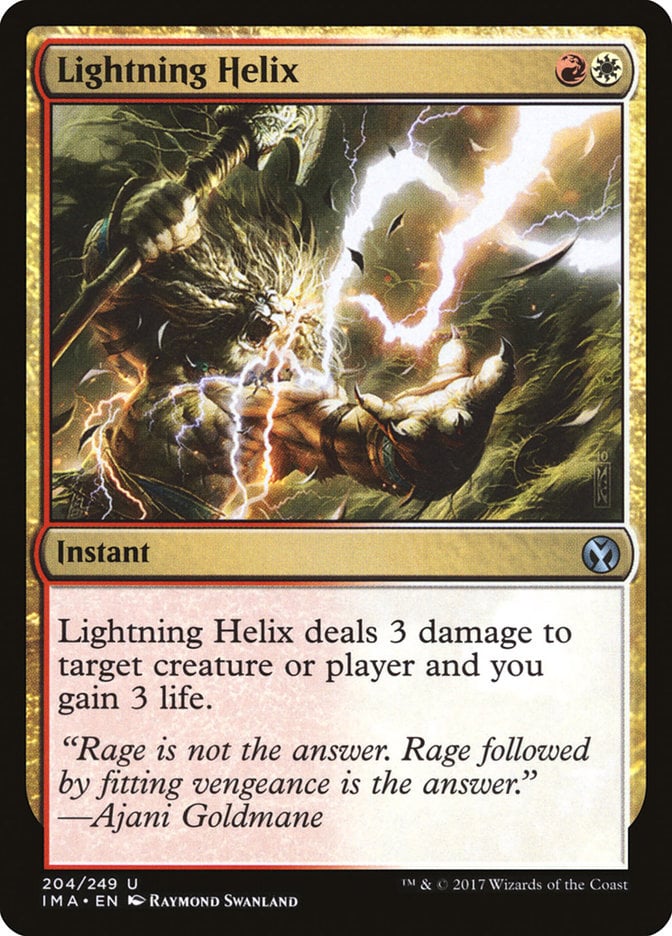
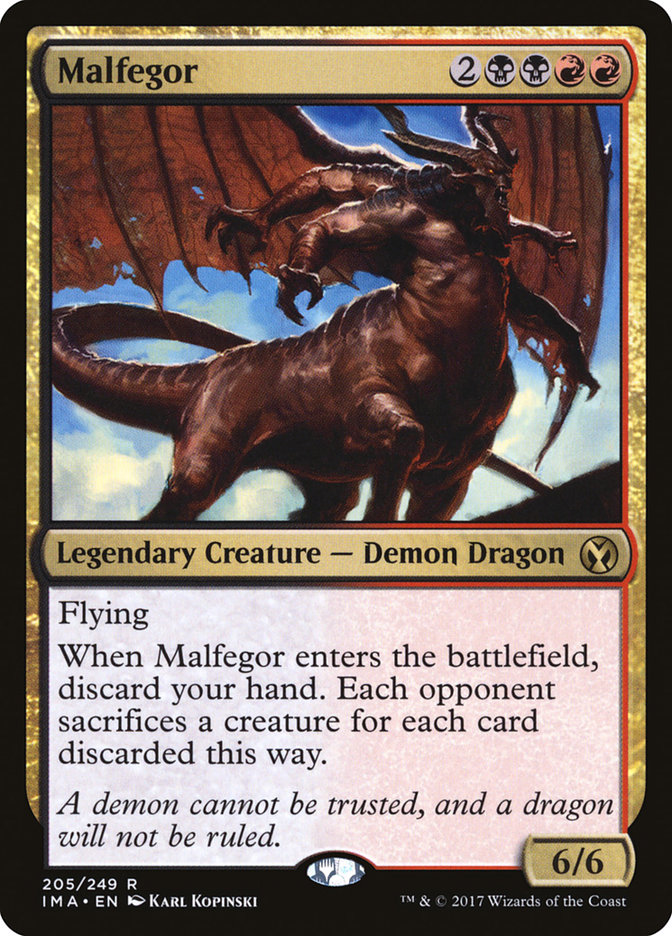
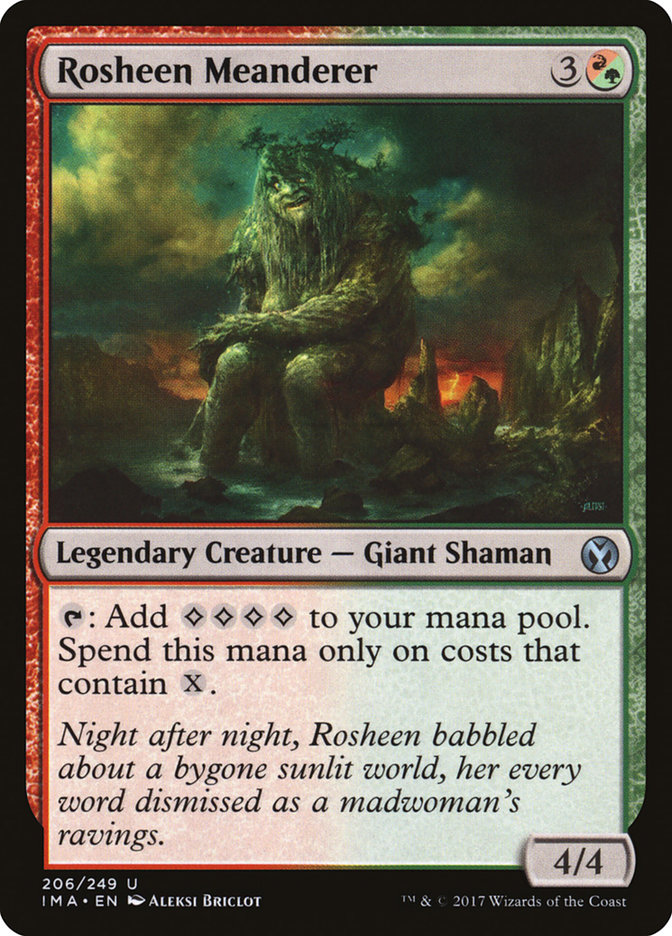
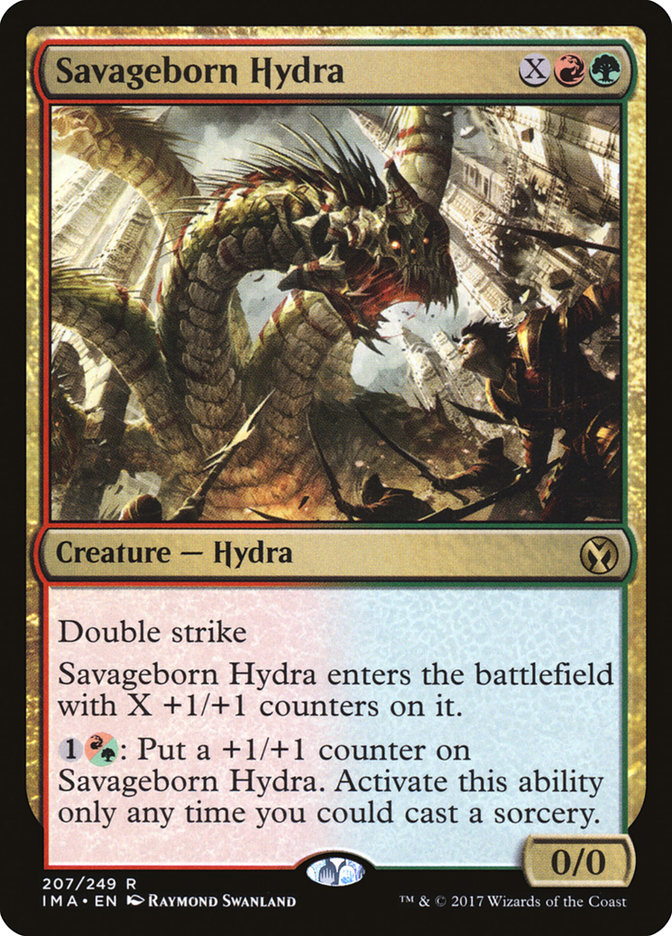

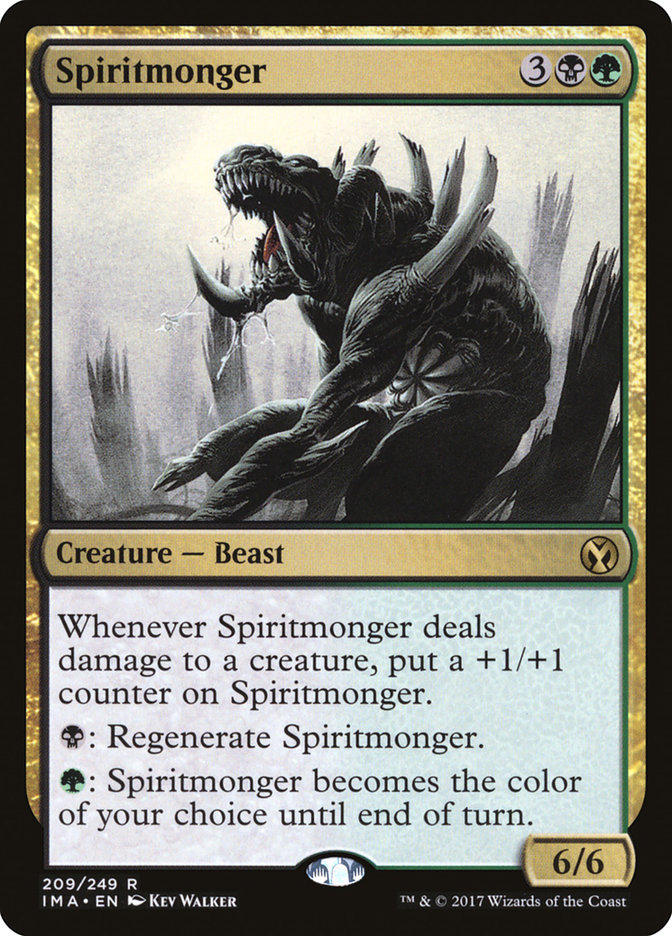

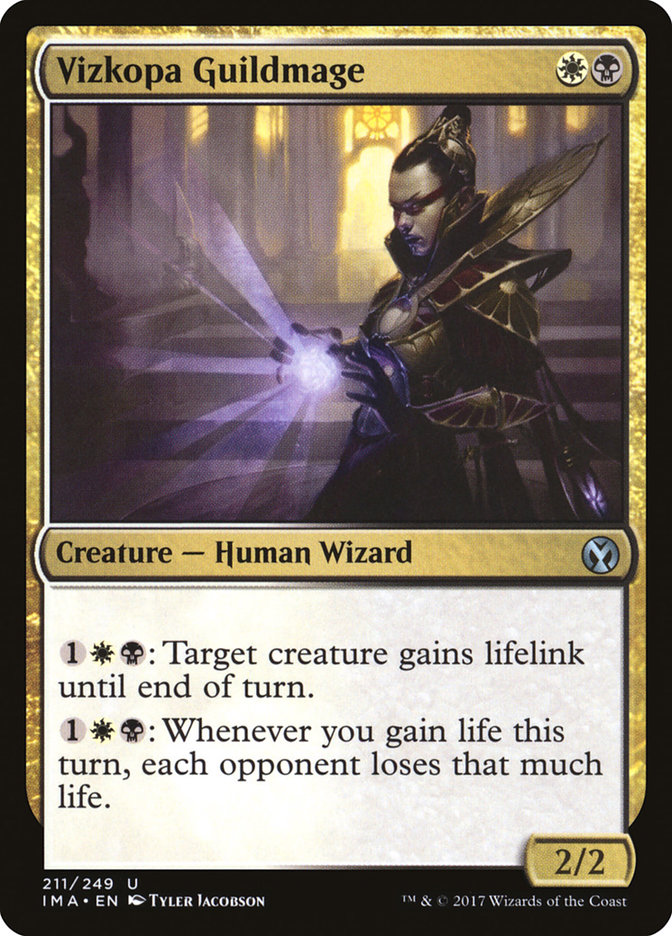

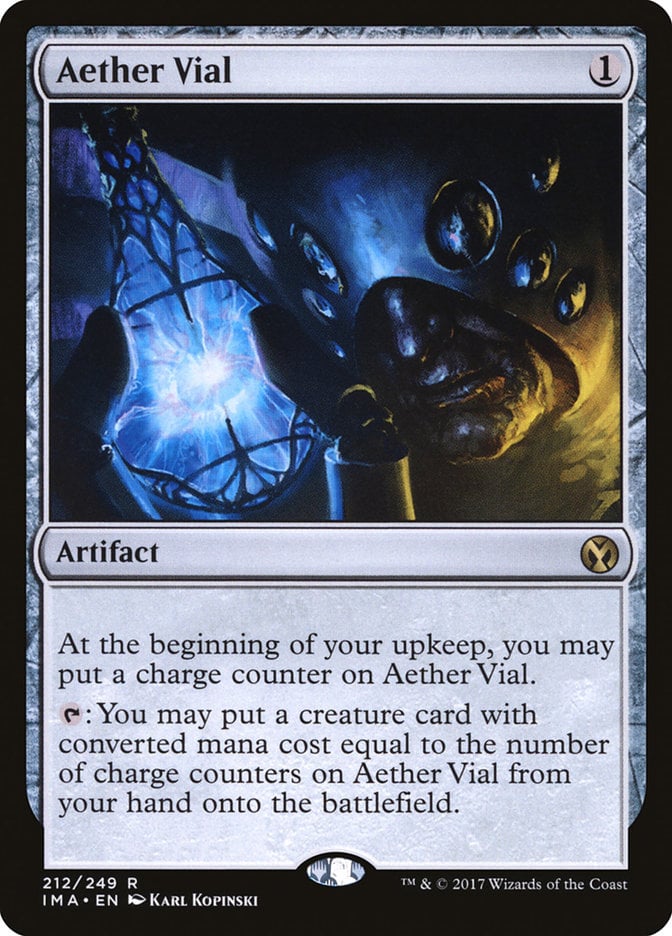

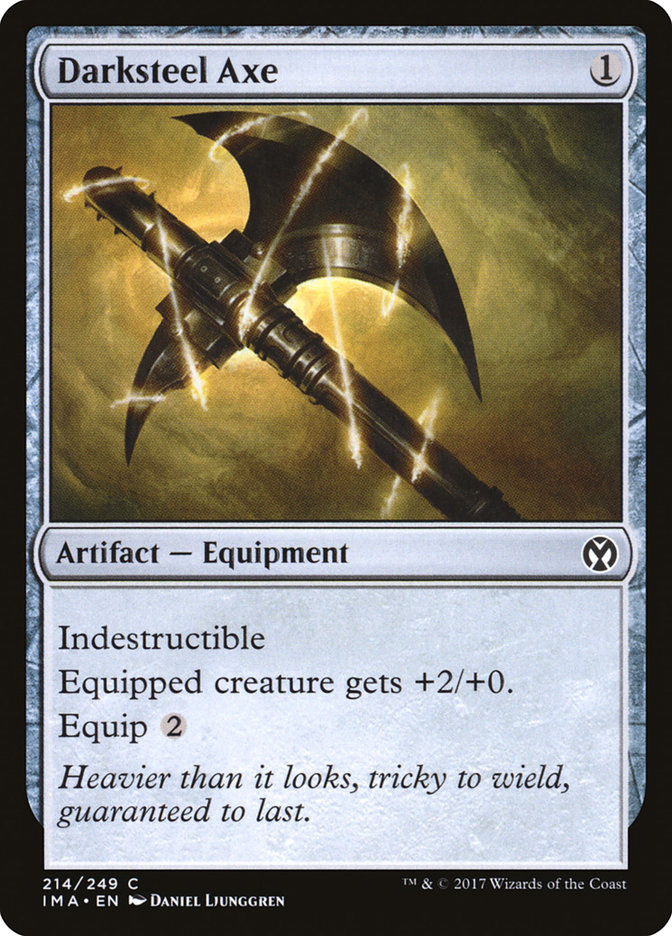
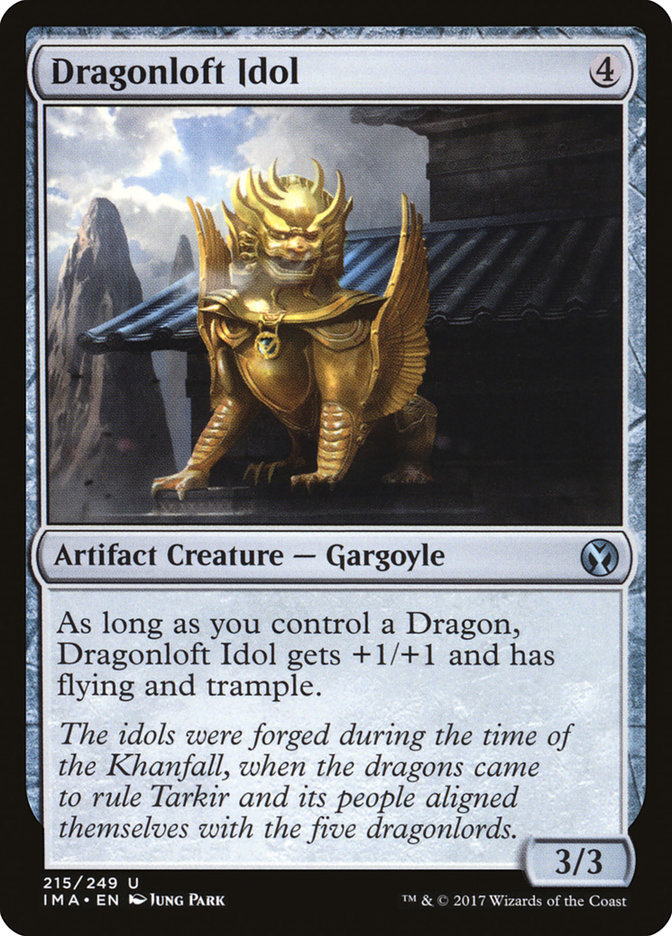
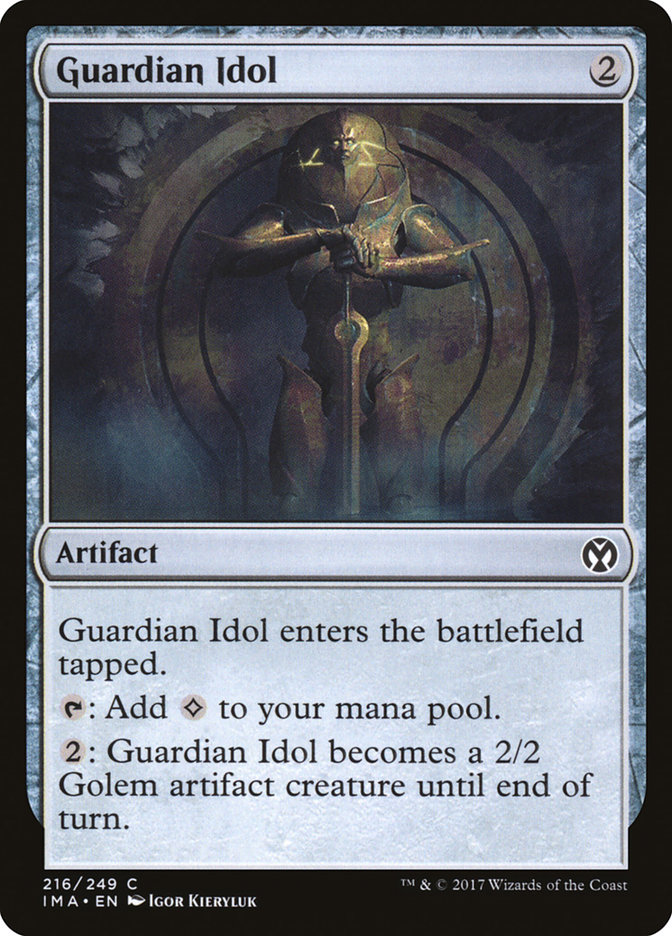
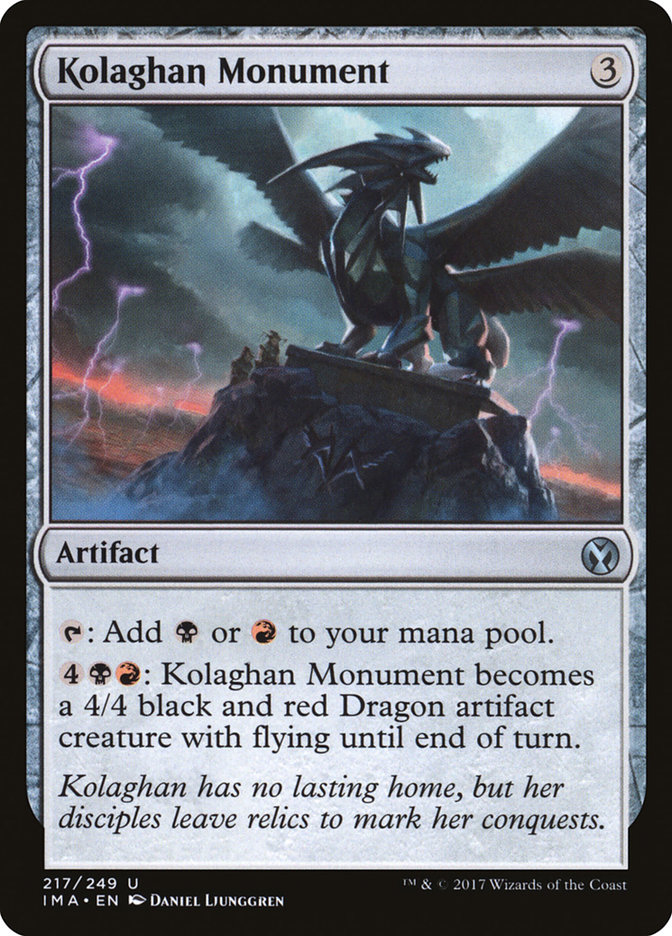
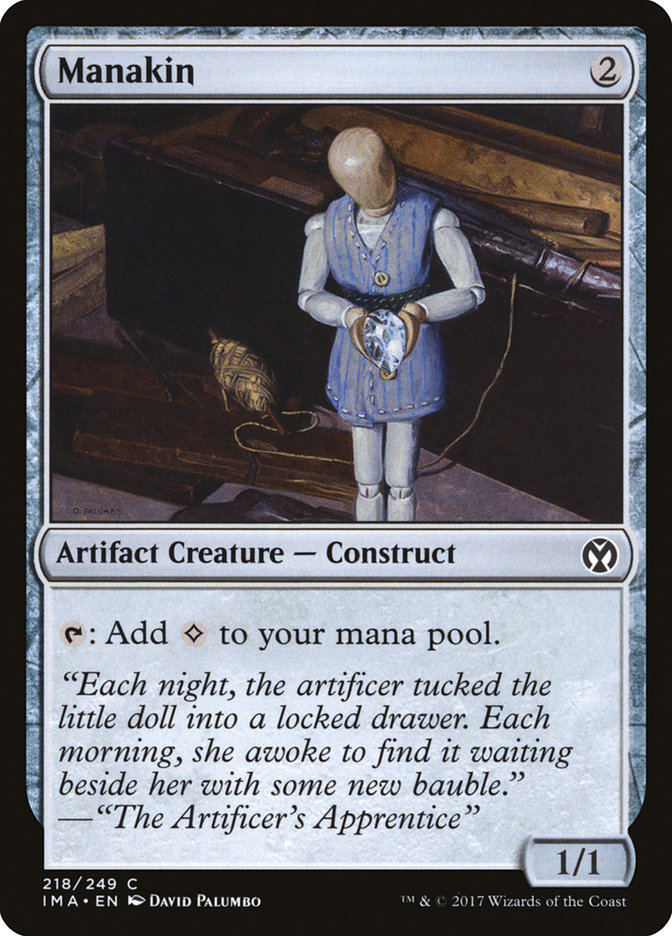
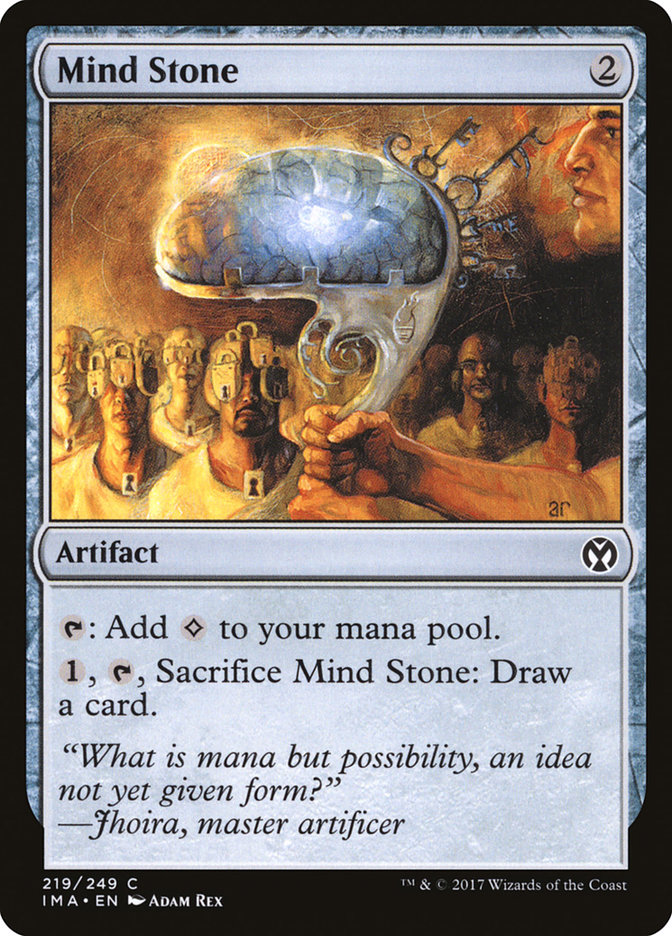


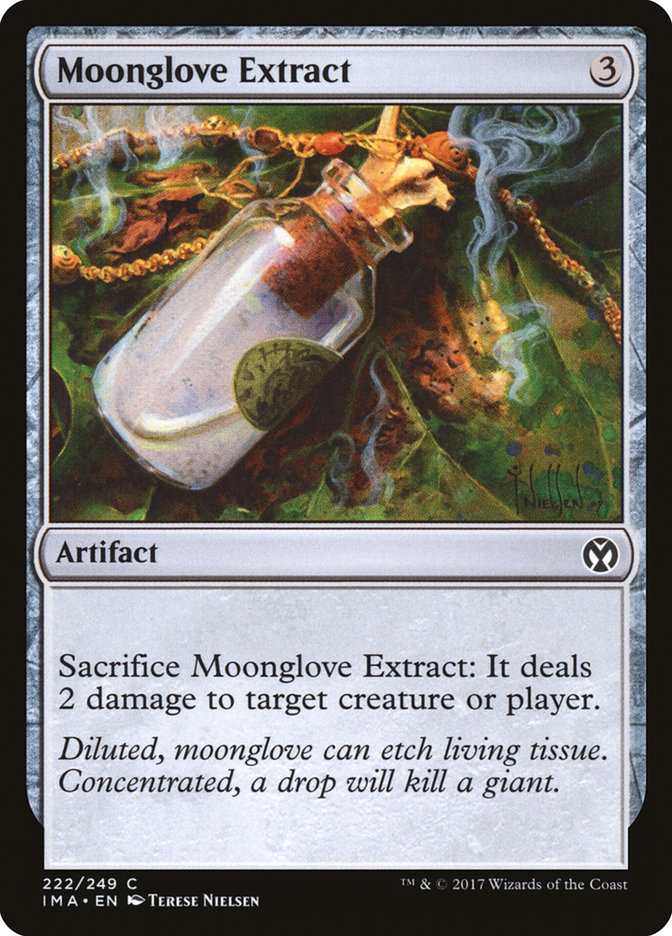
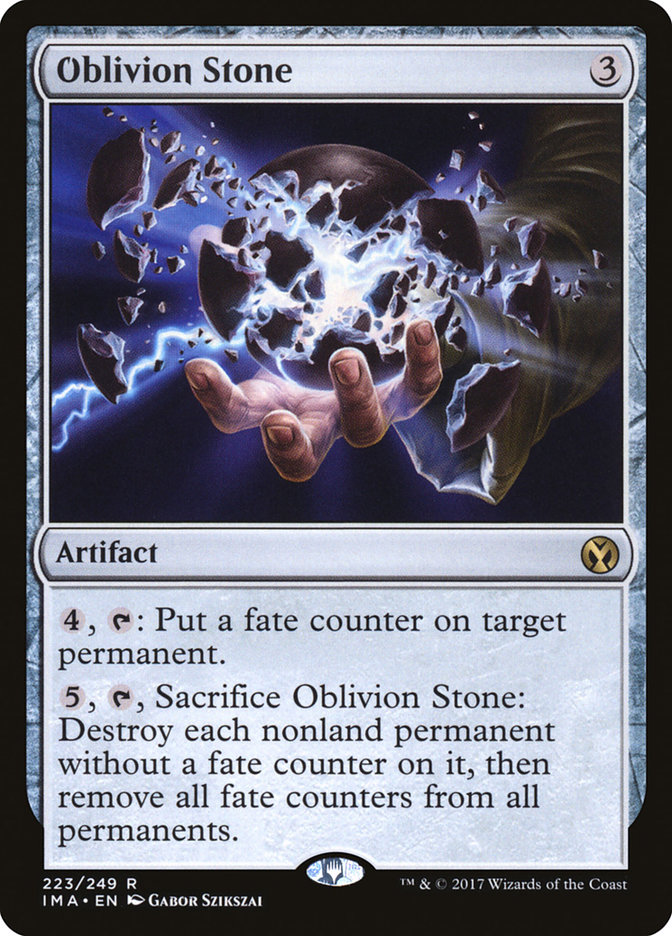
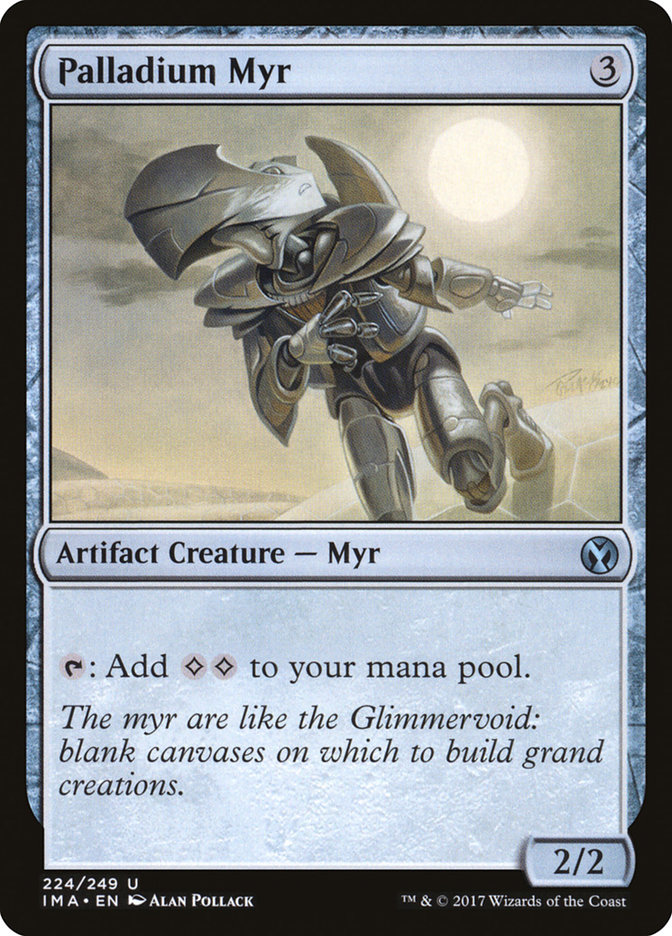
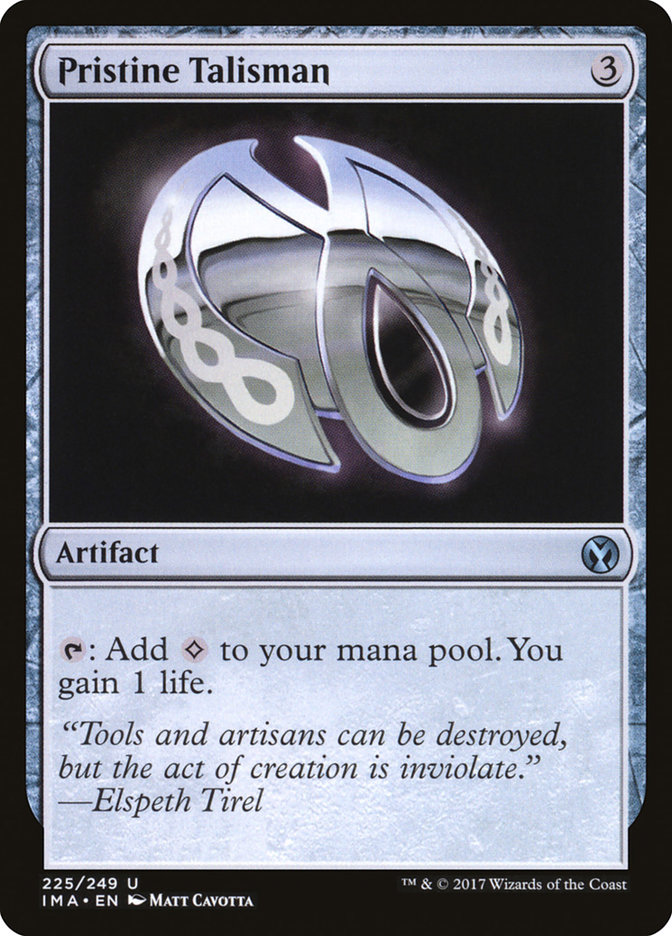
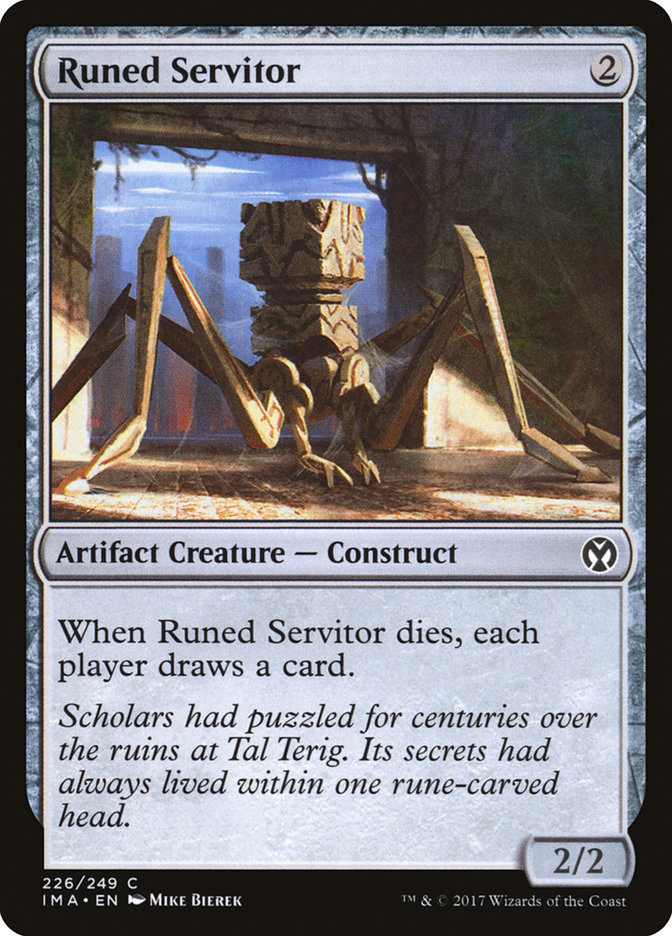


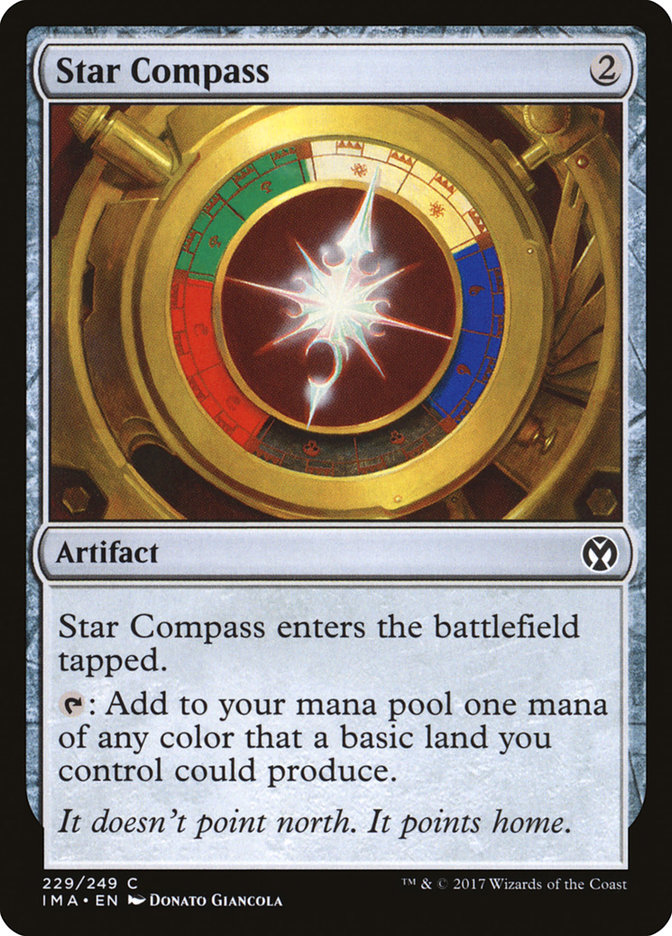




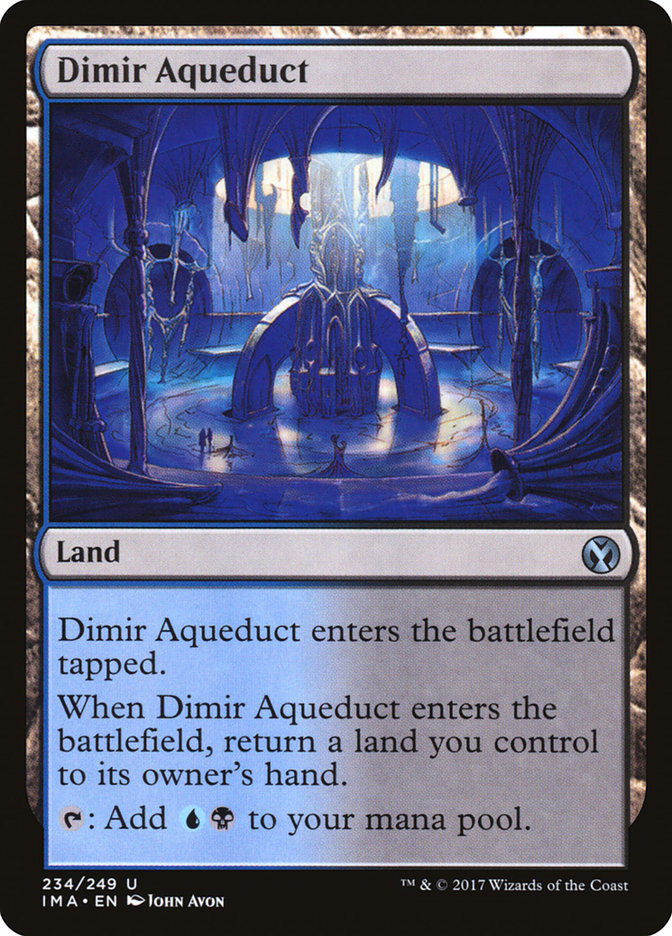
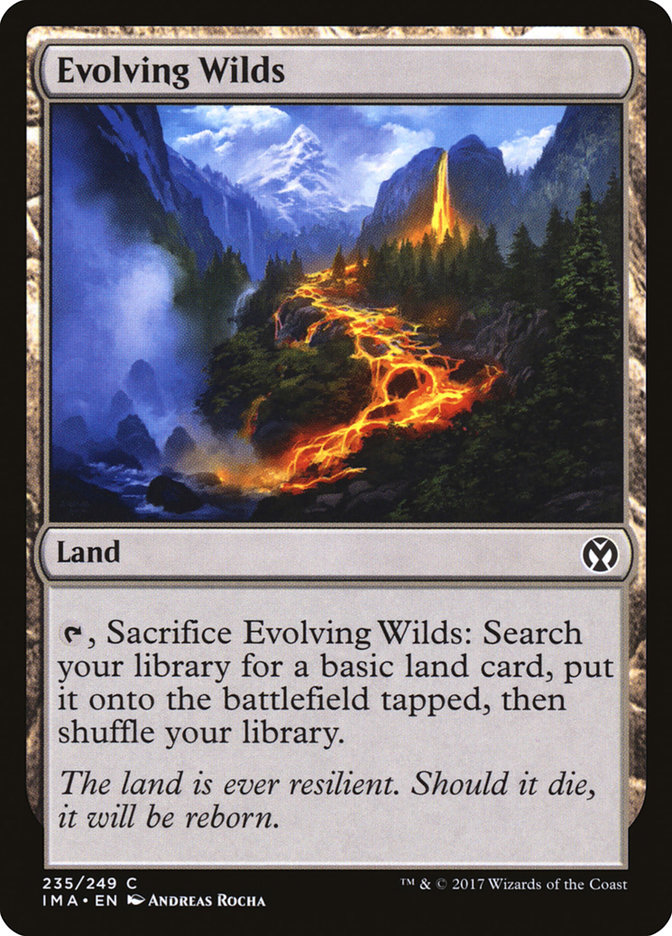

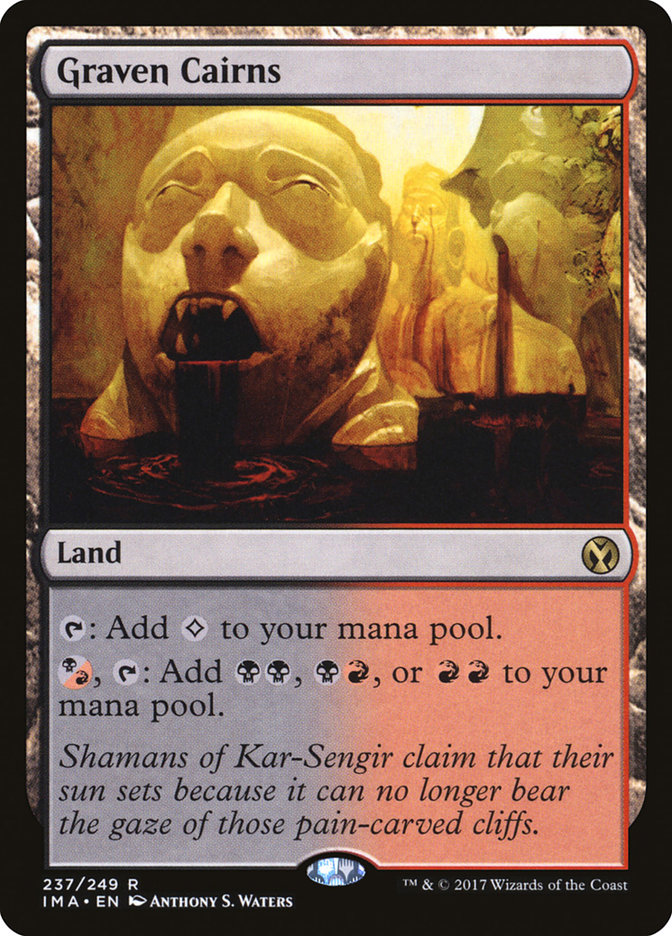

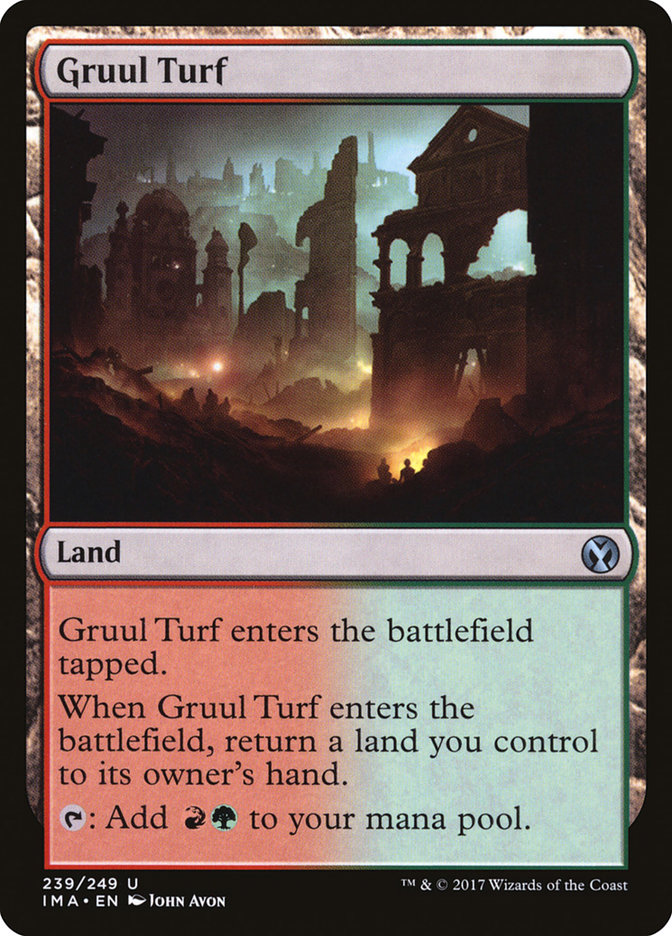
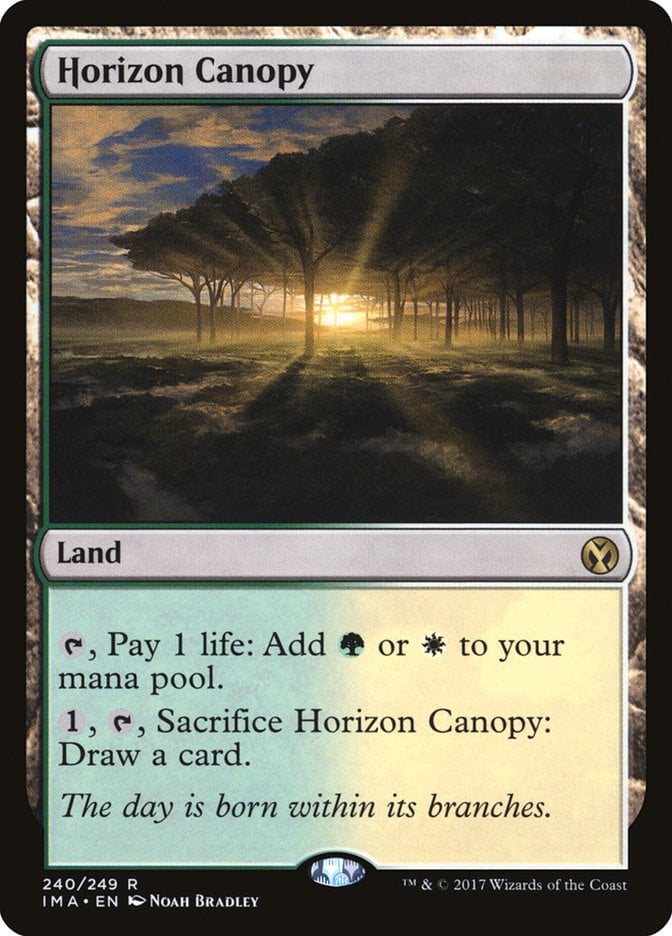

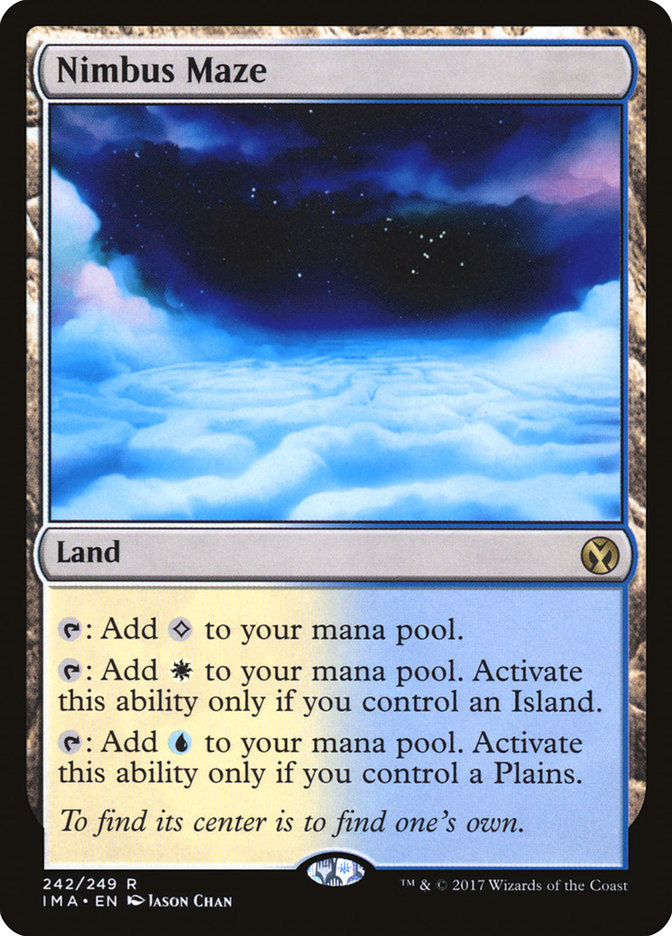

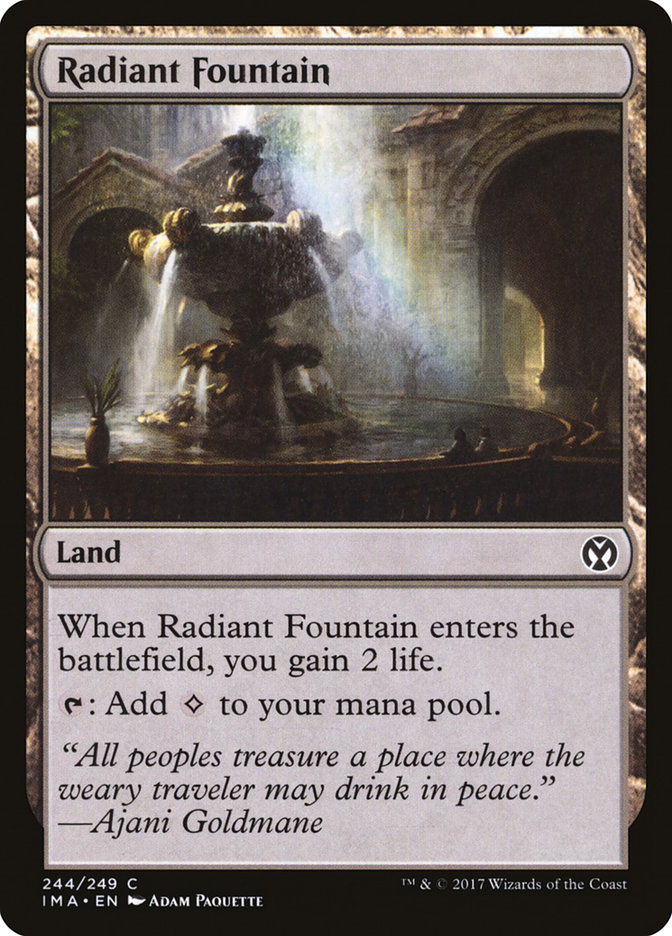
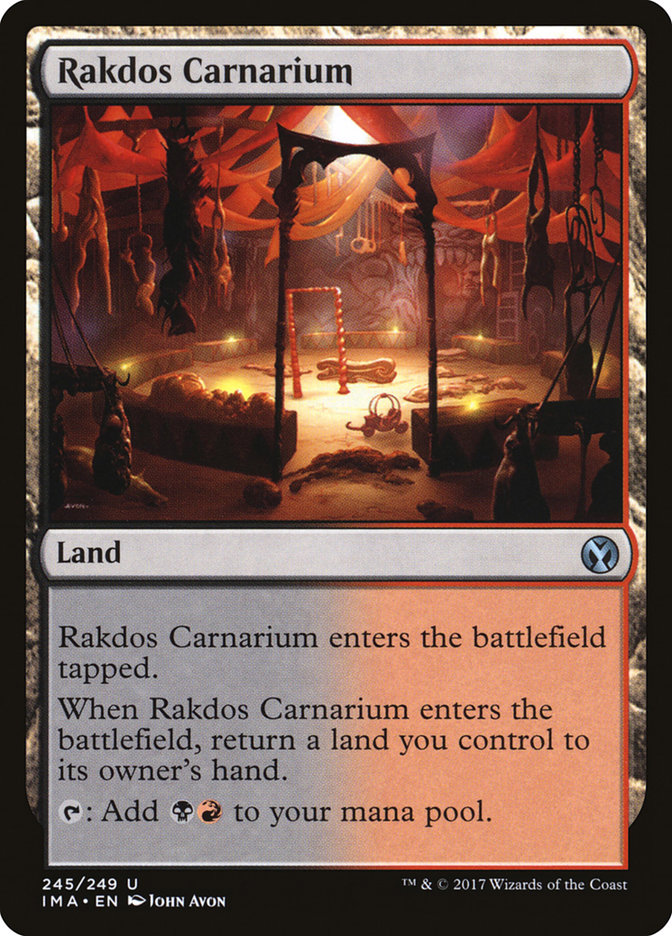
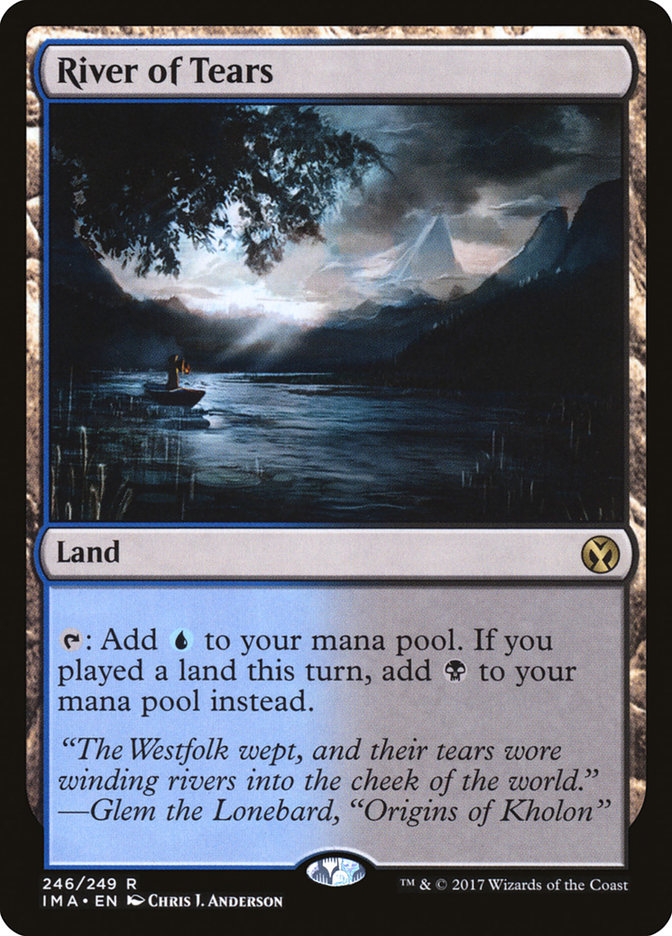

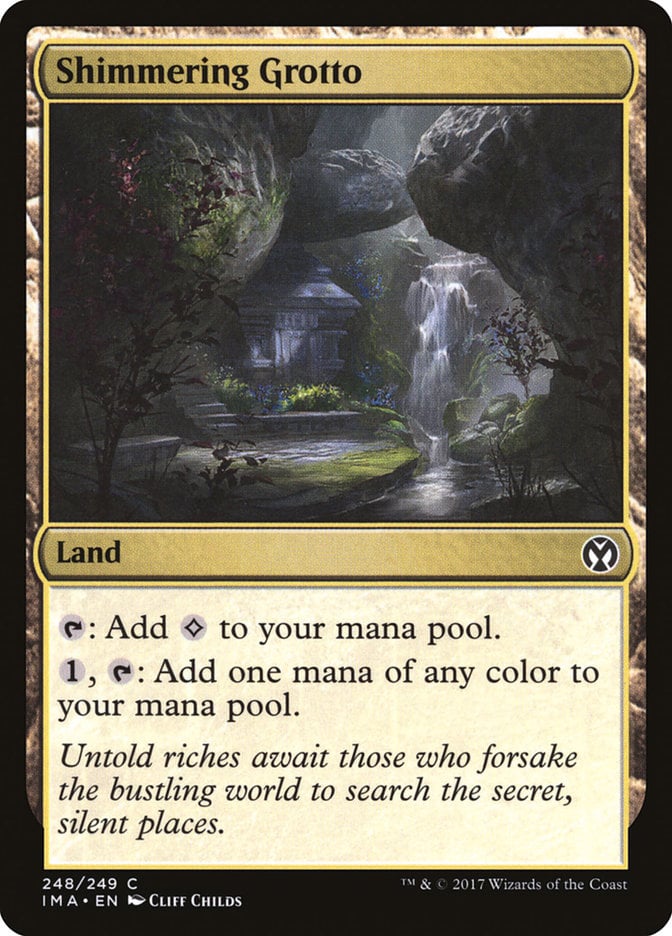
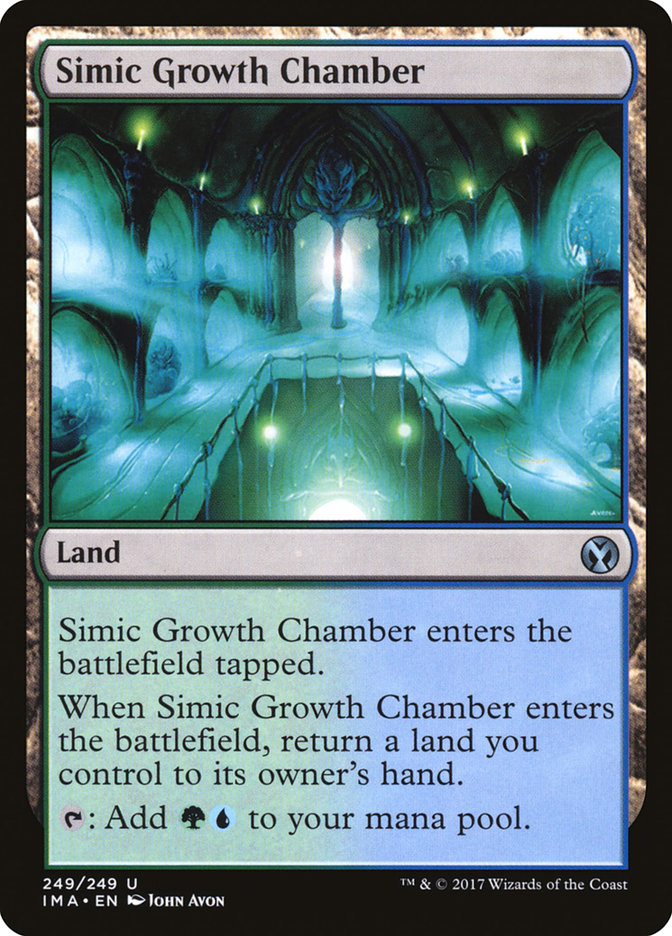




Add Comment